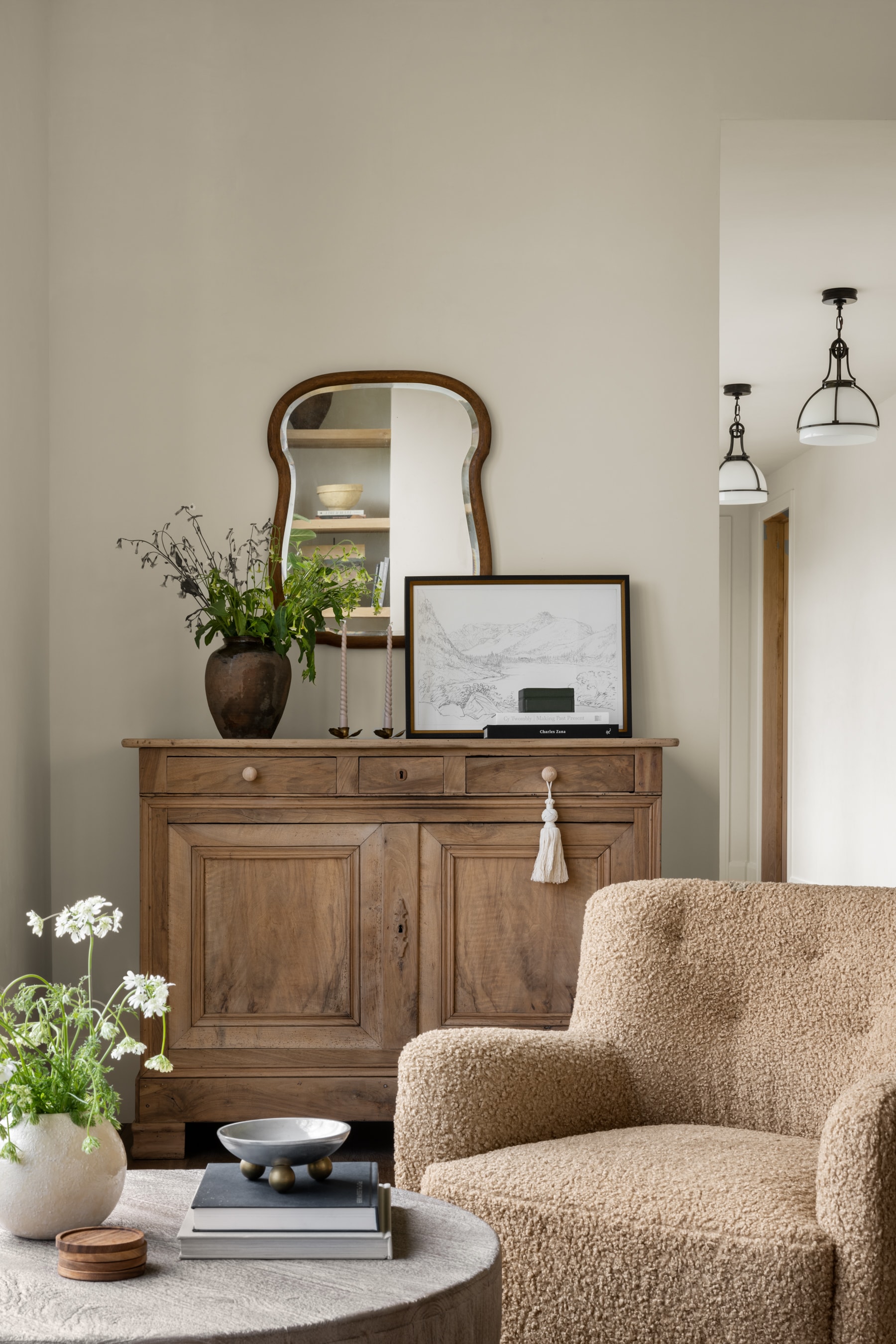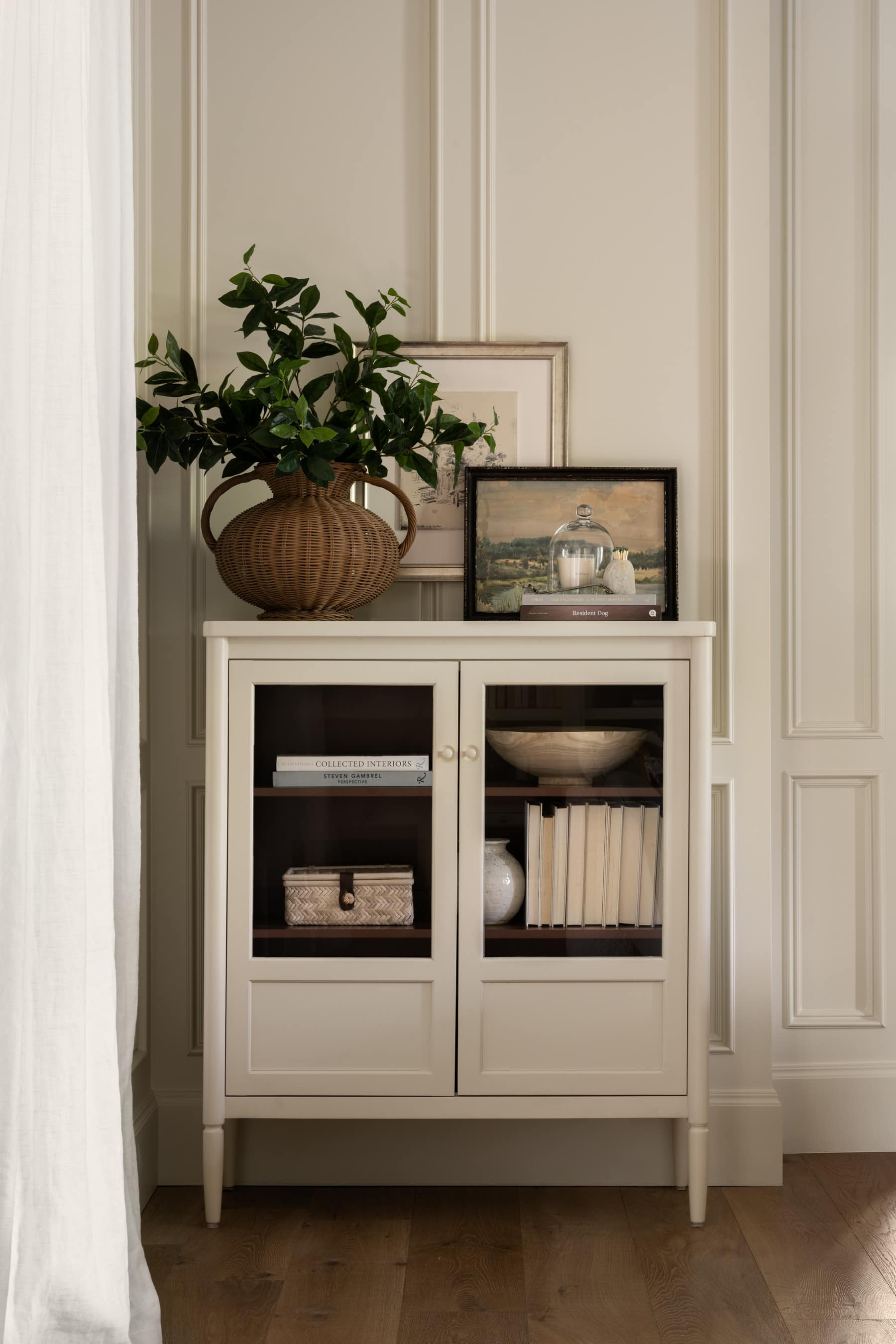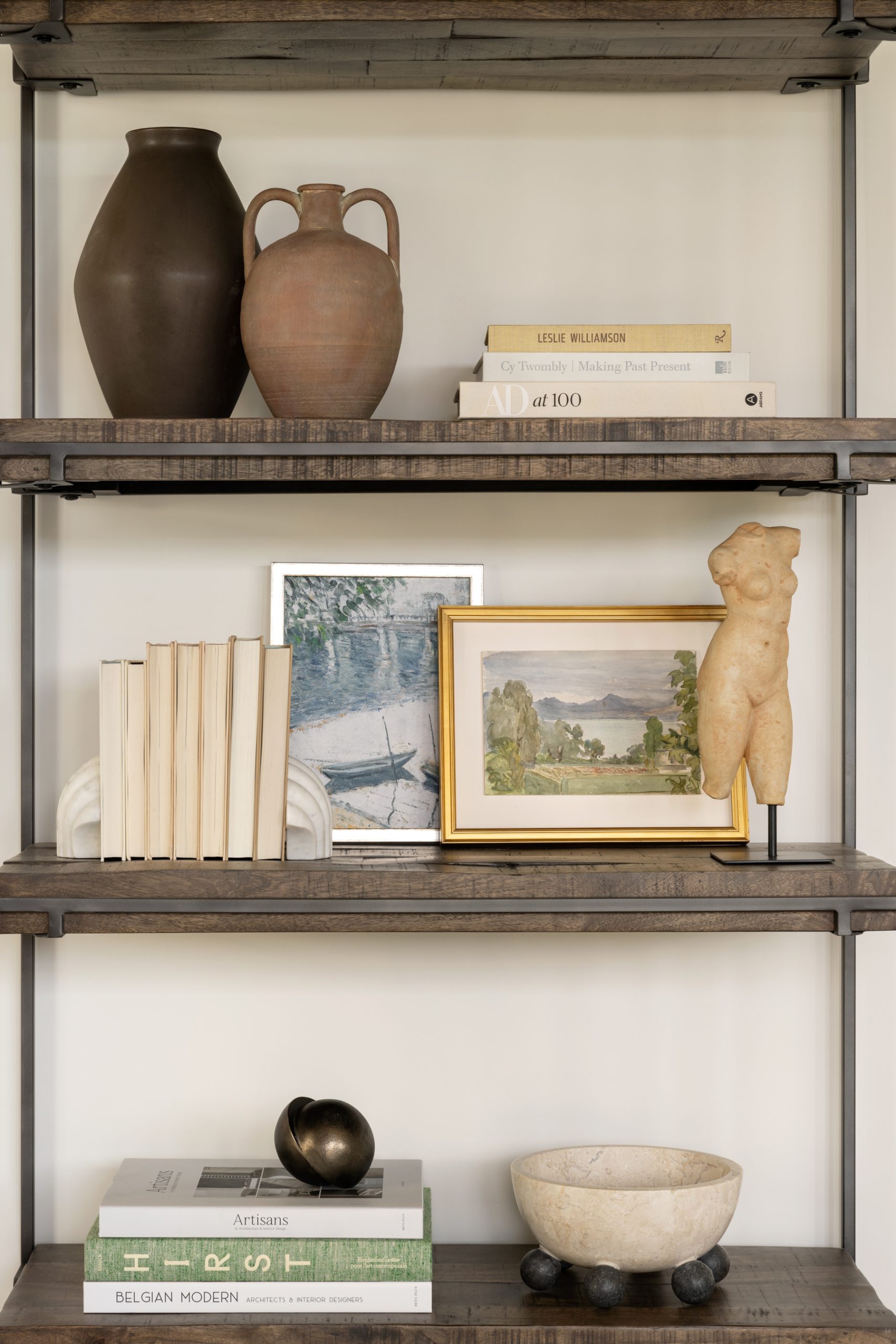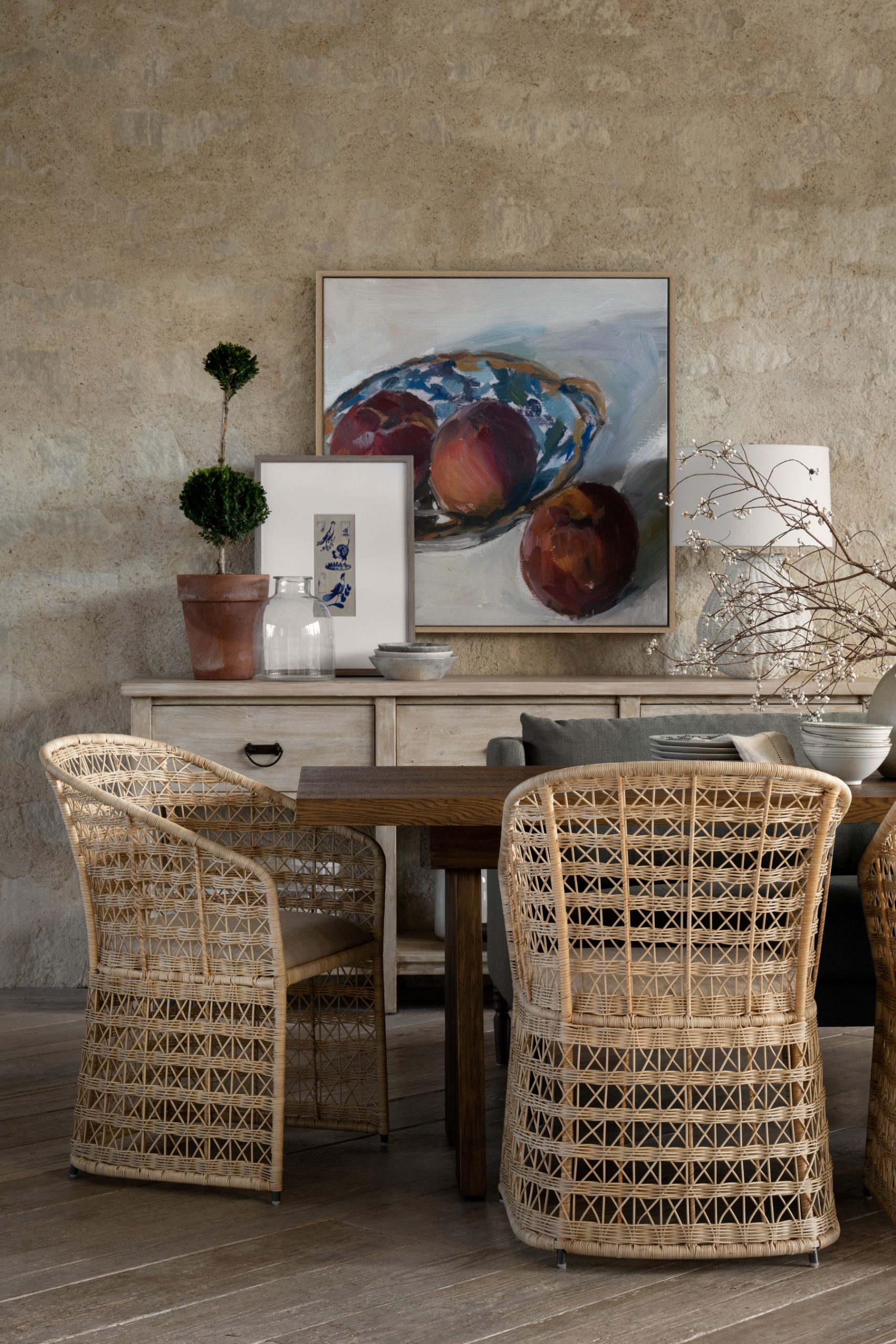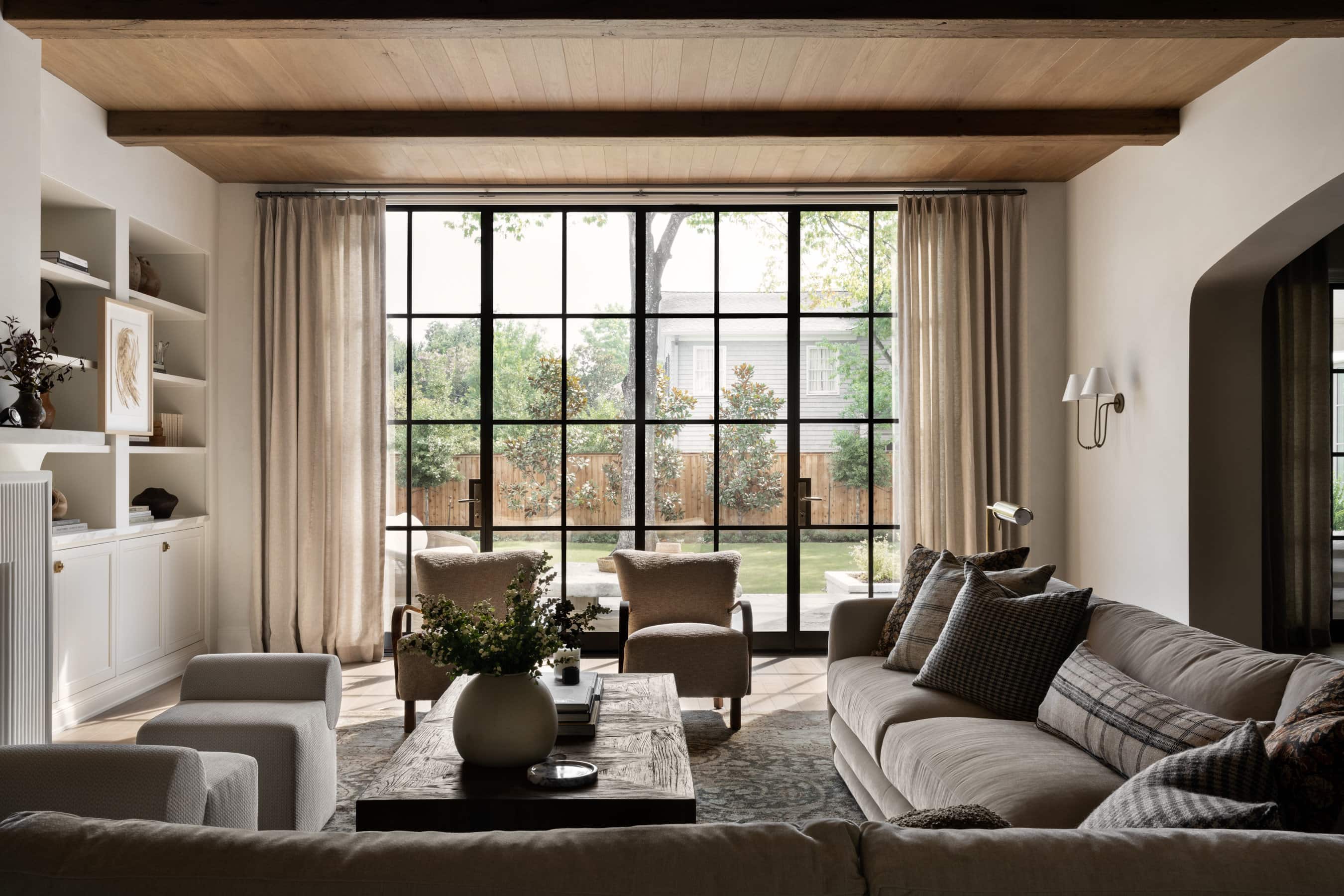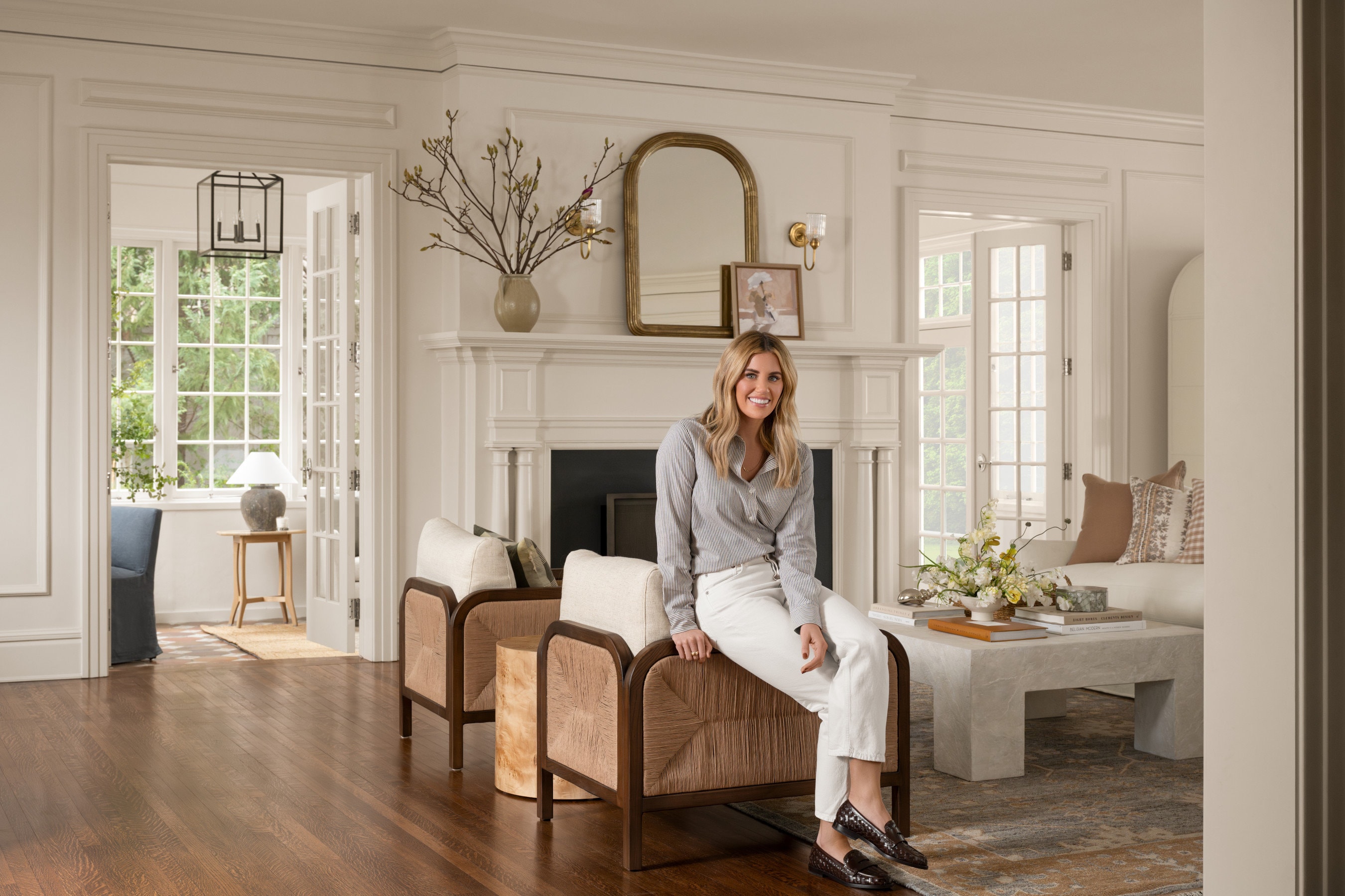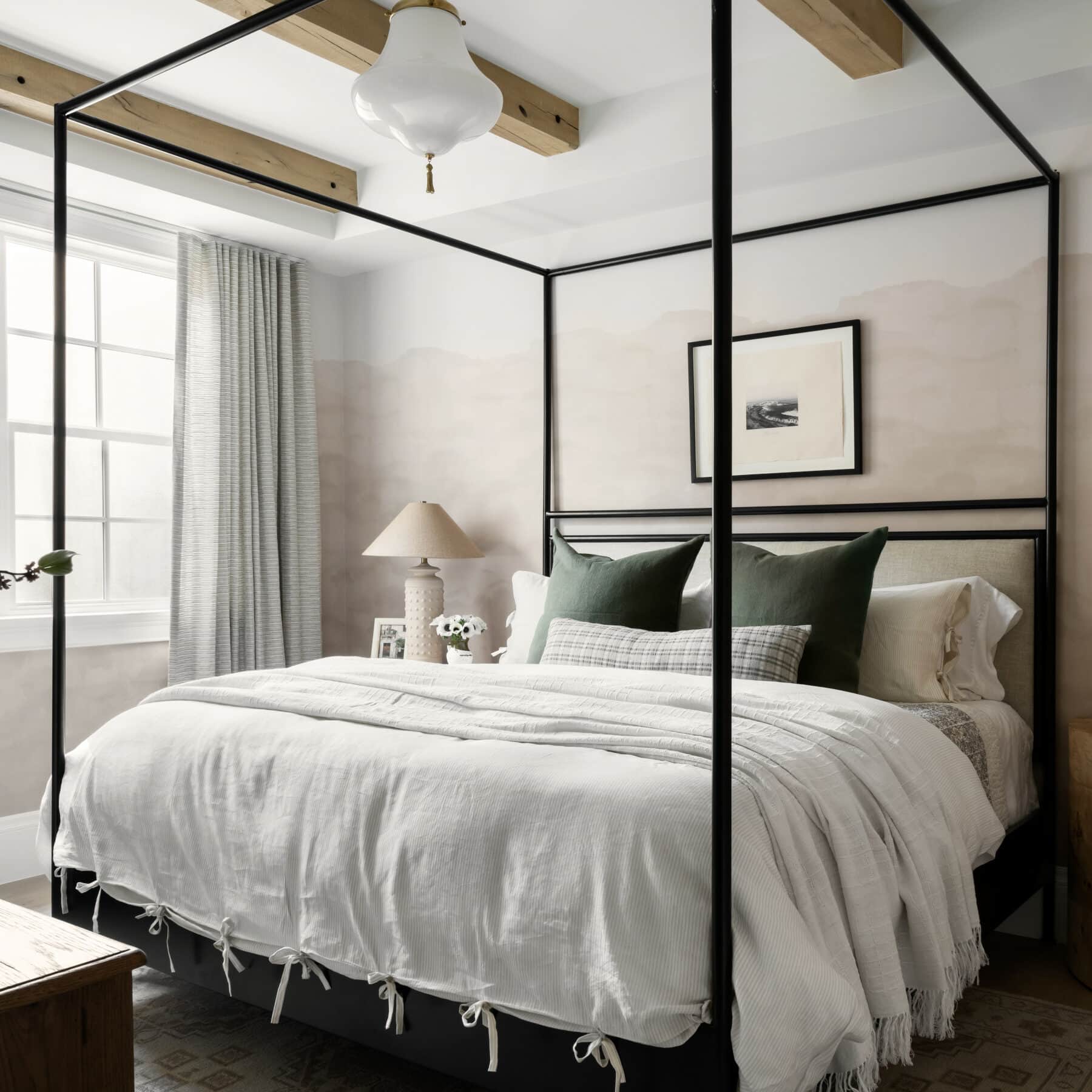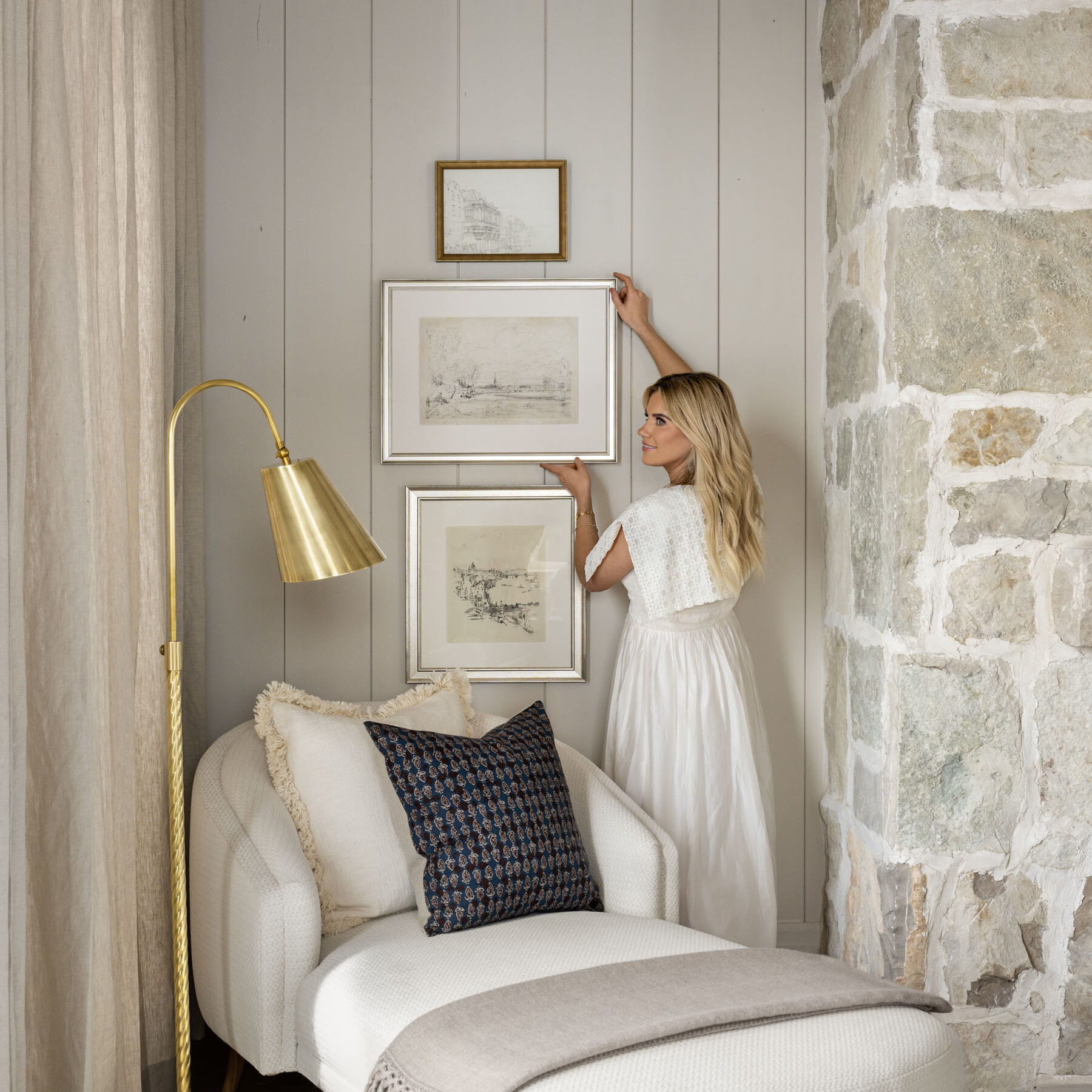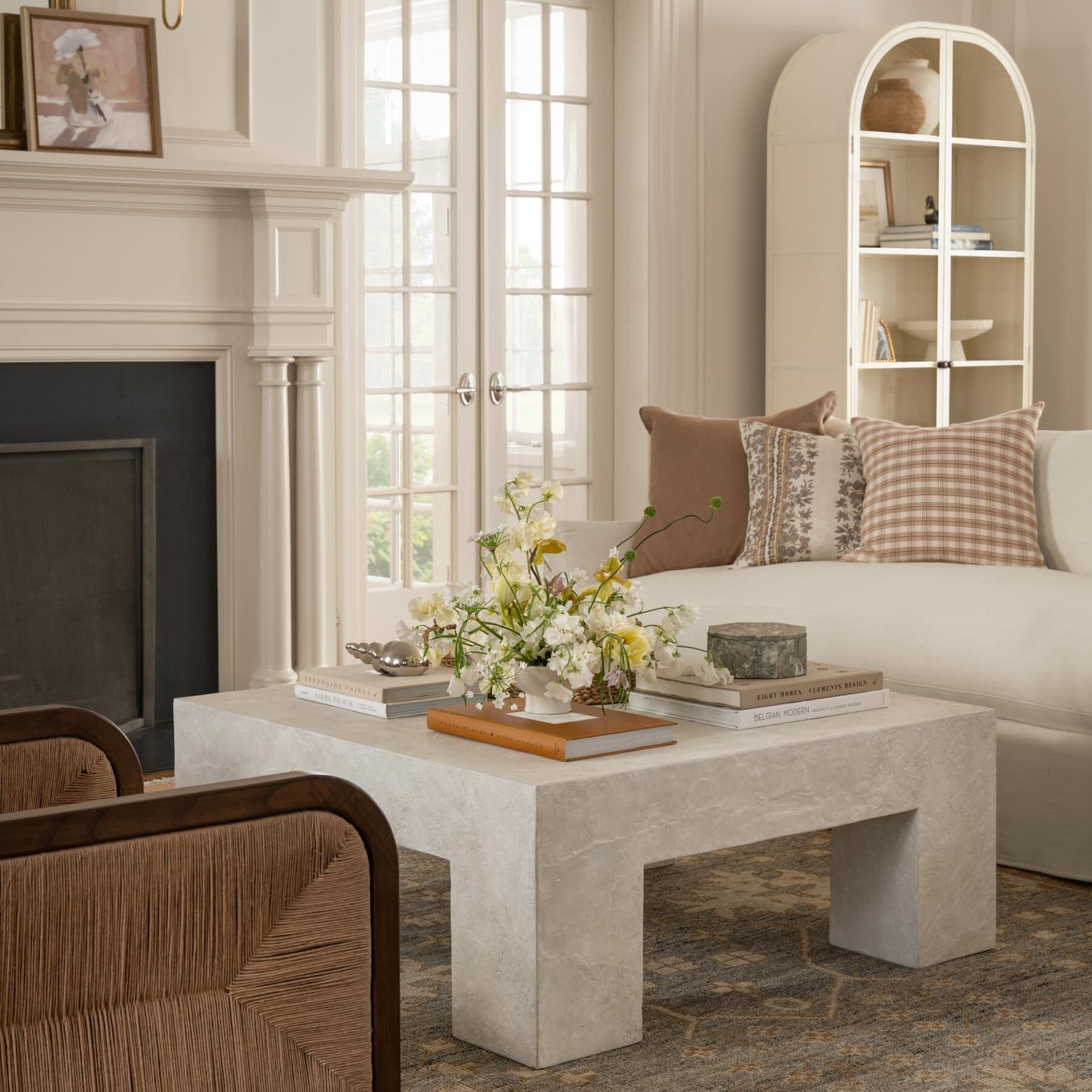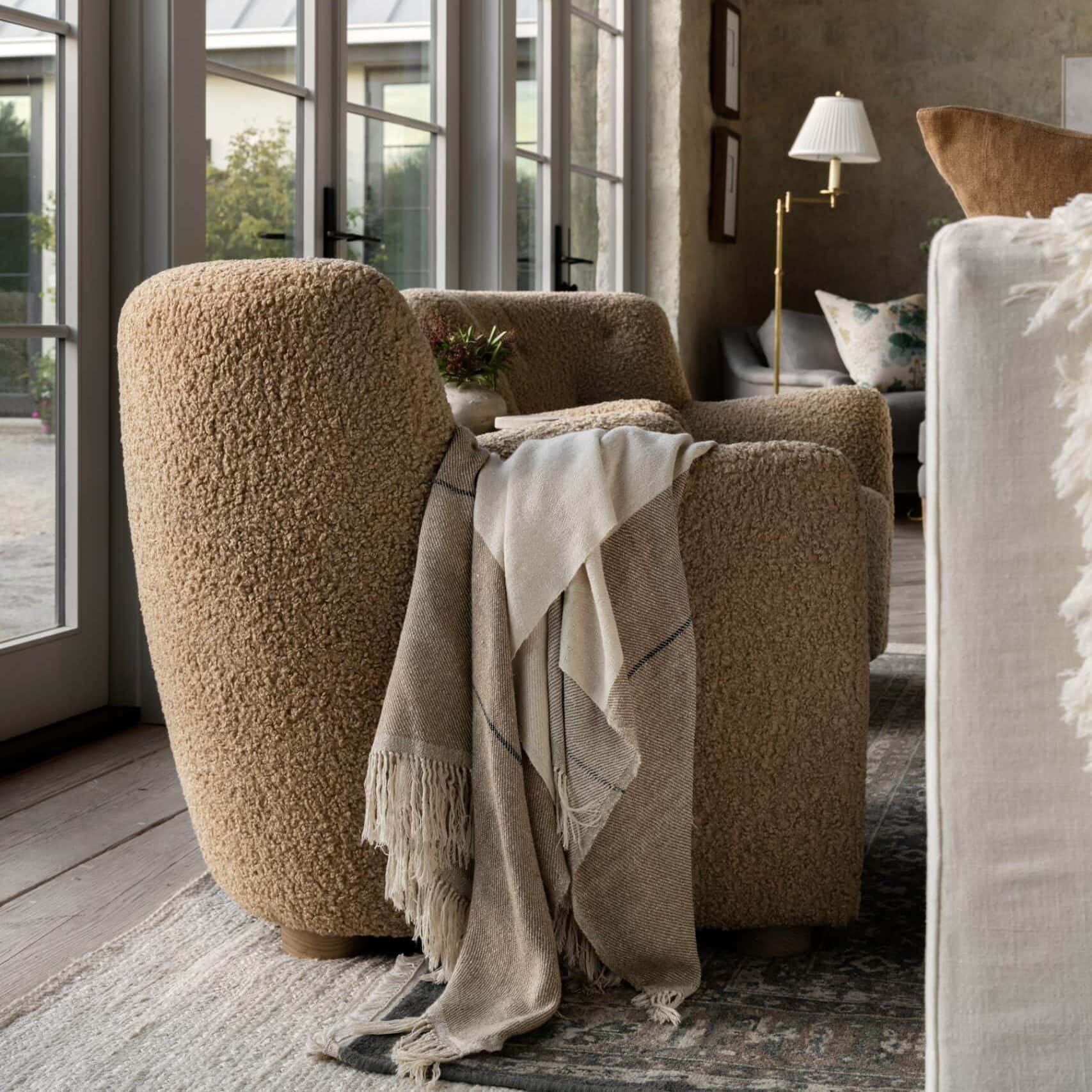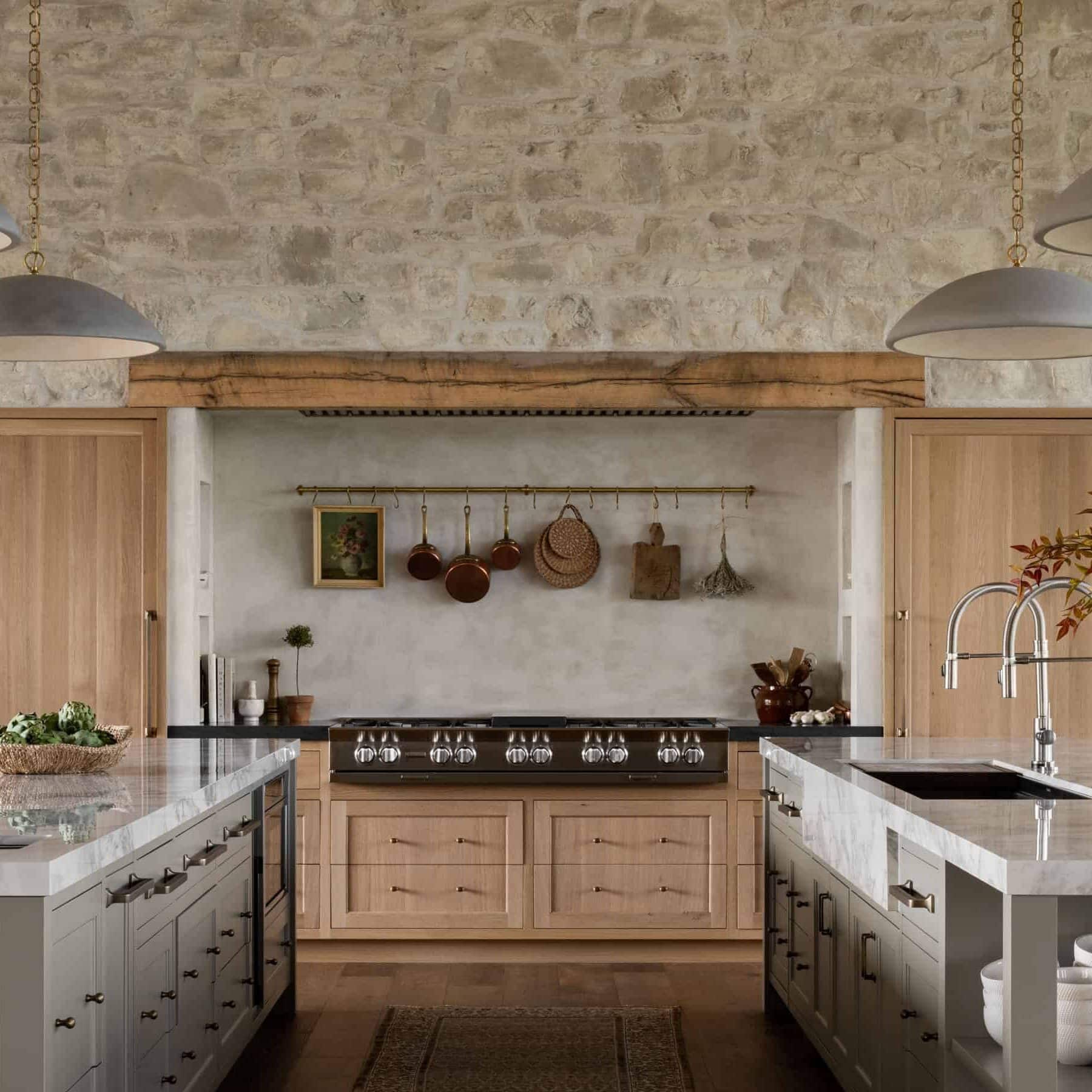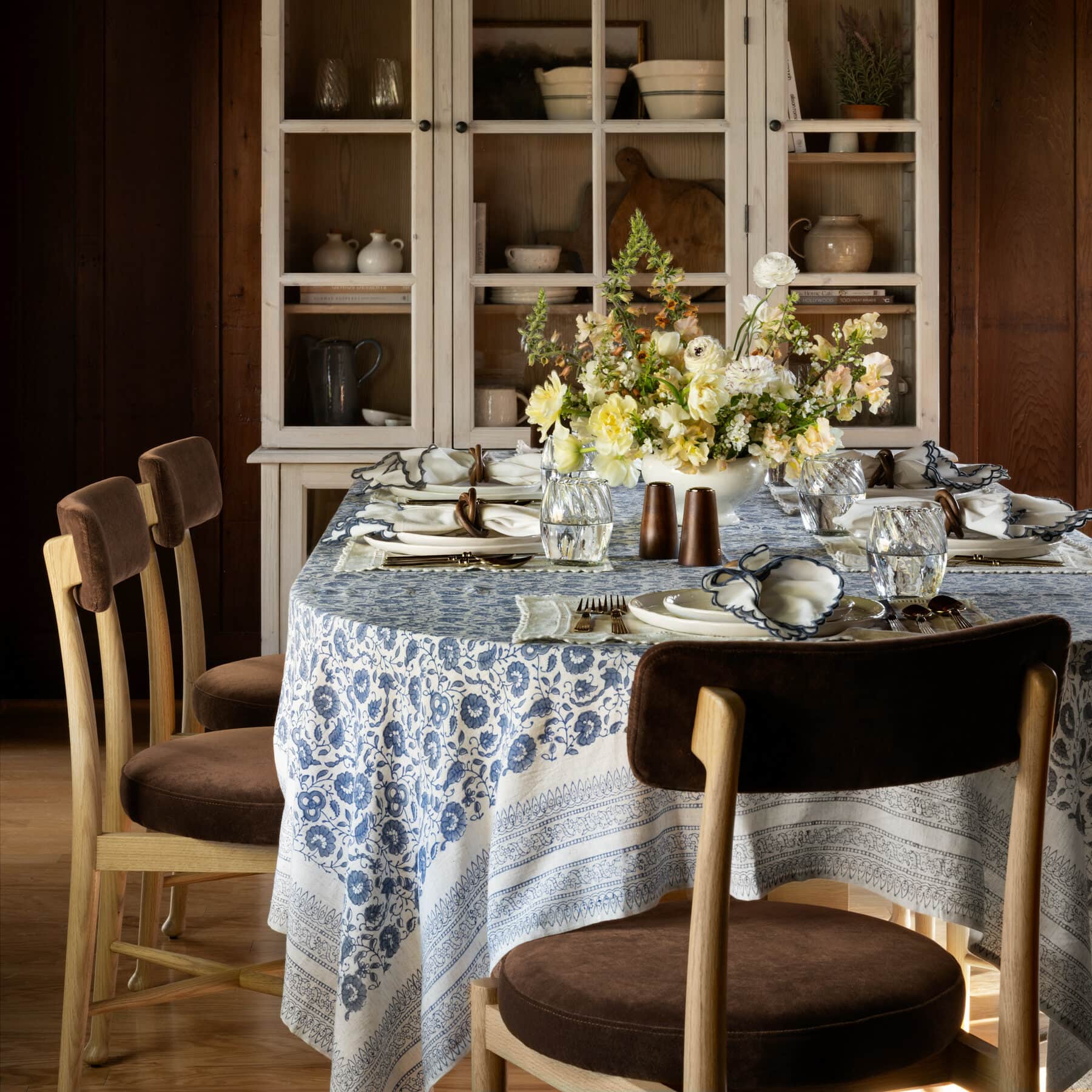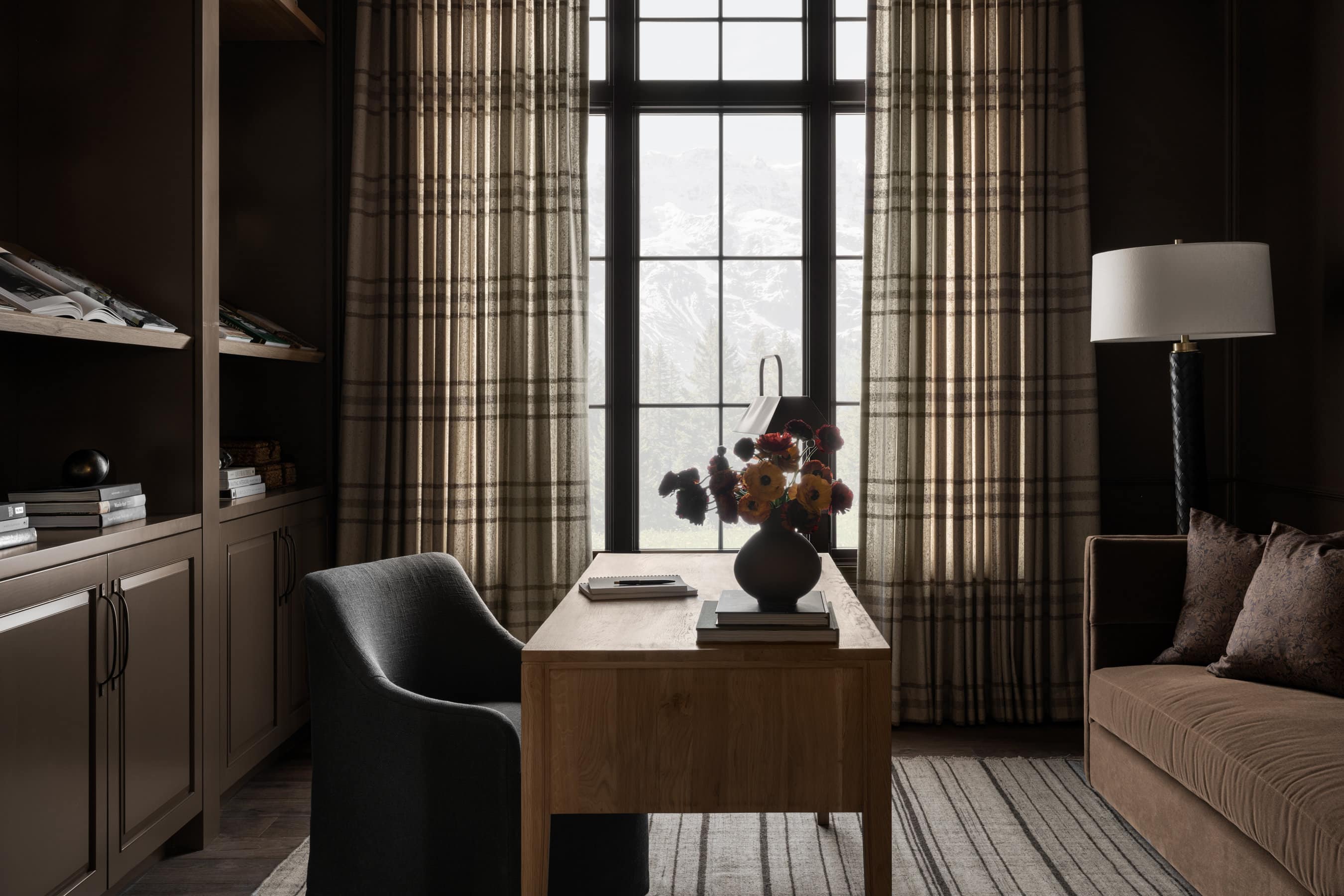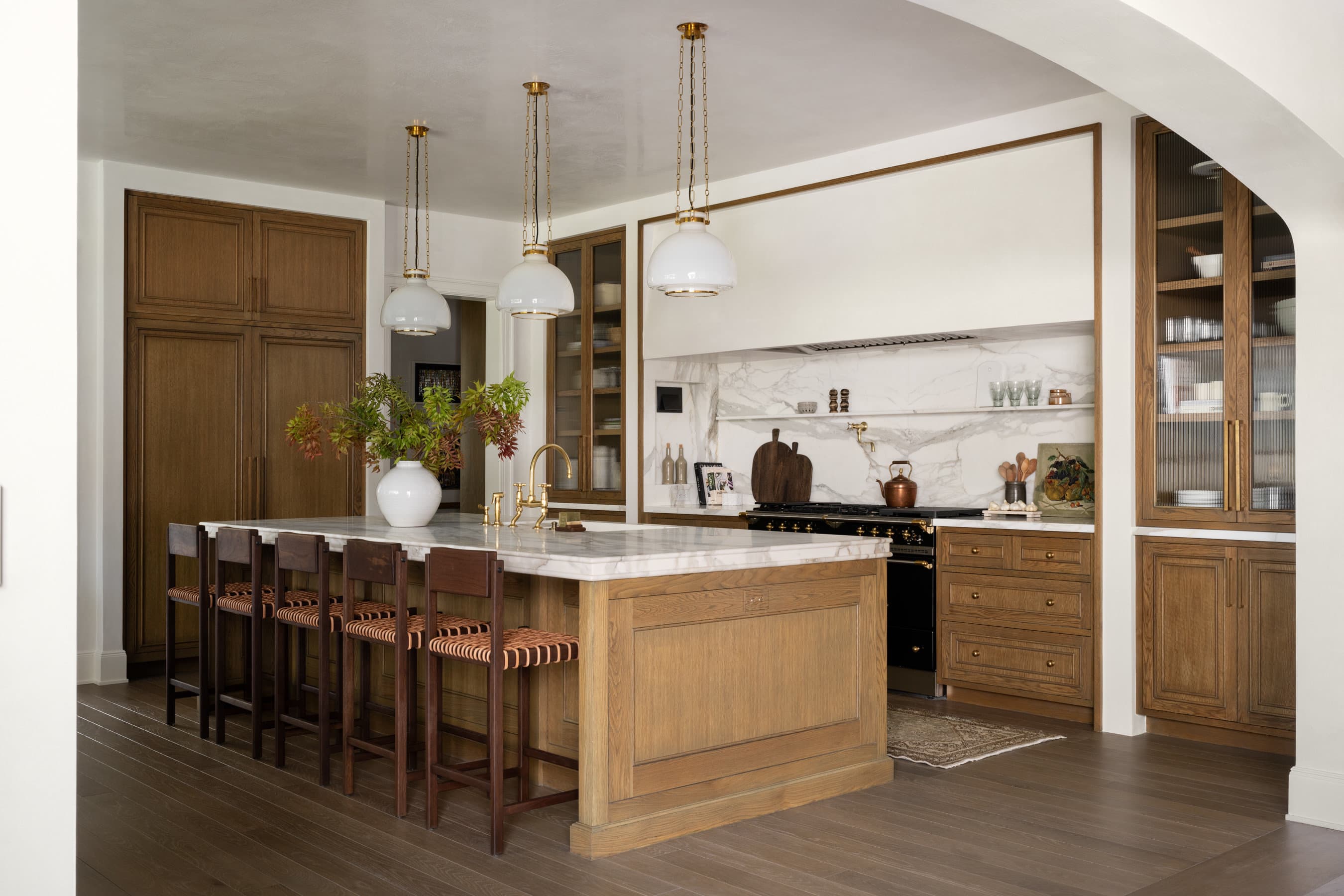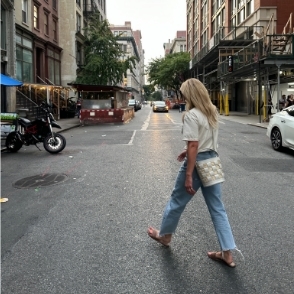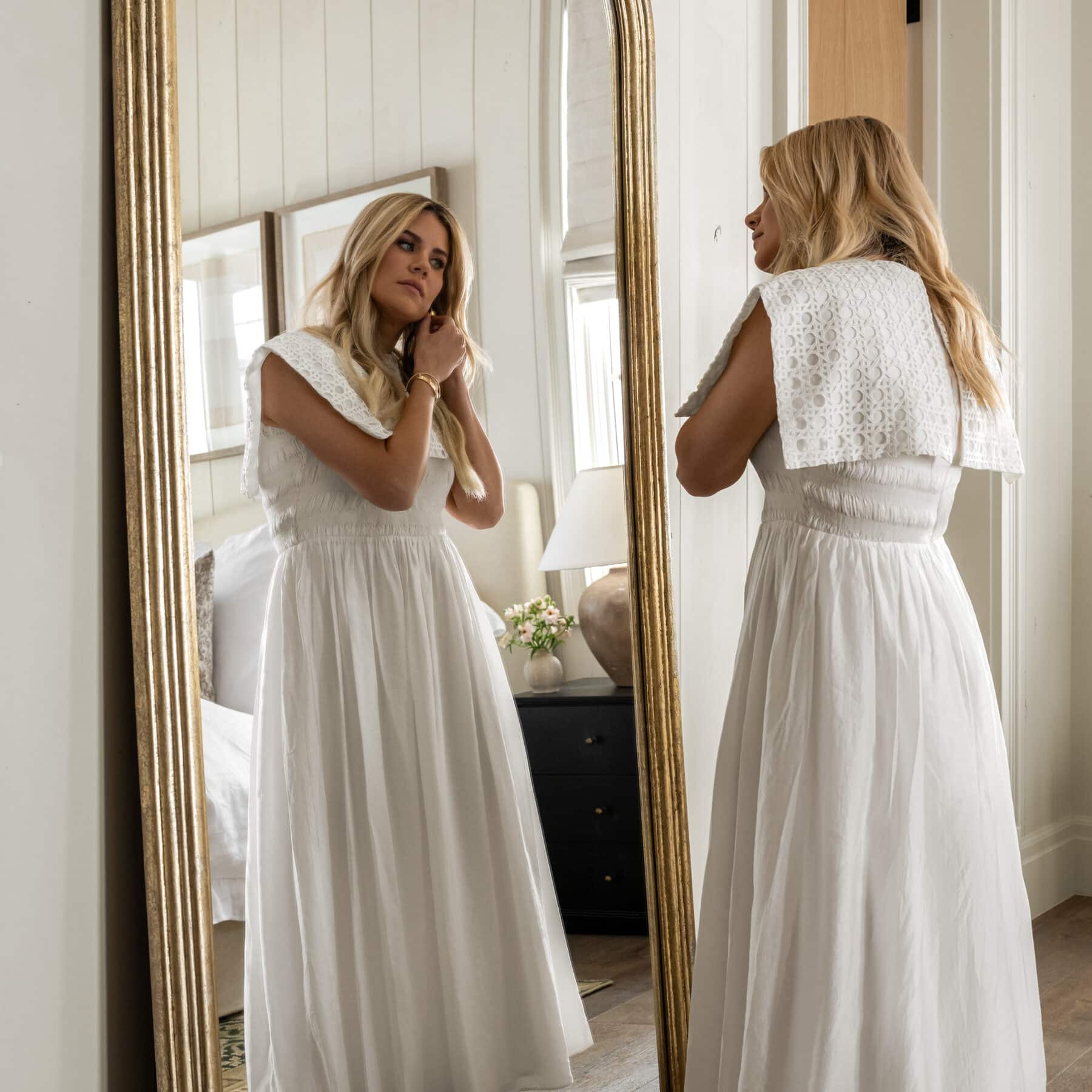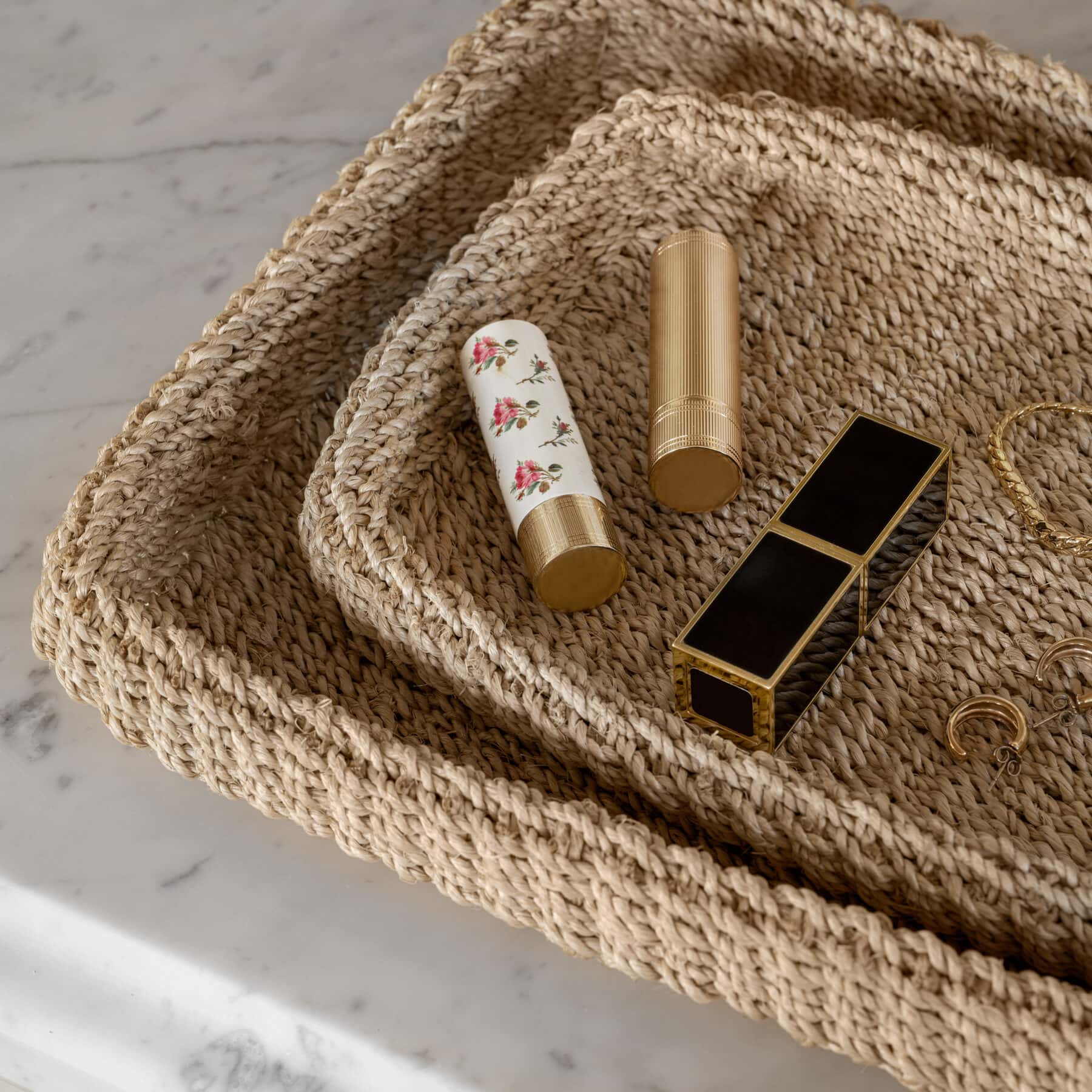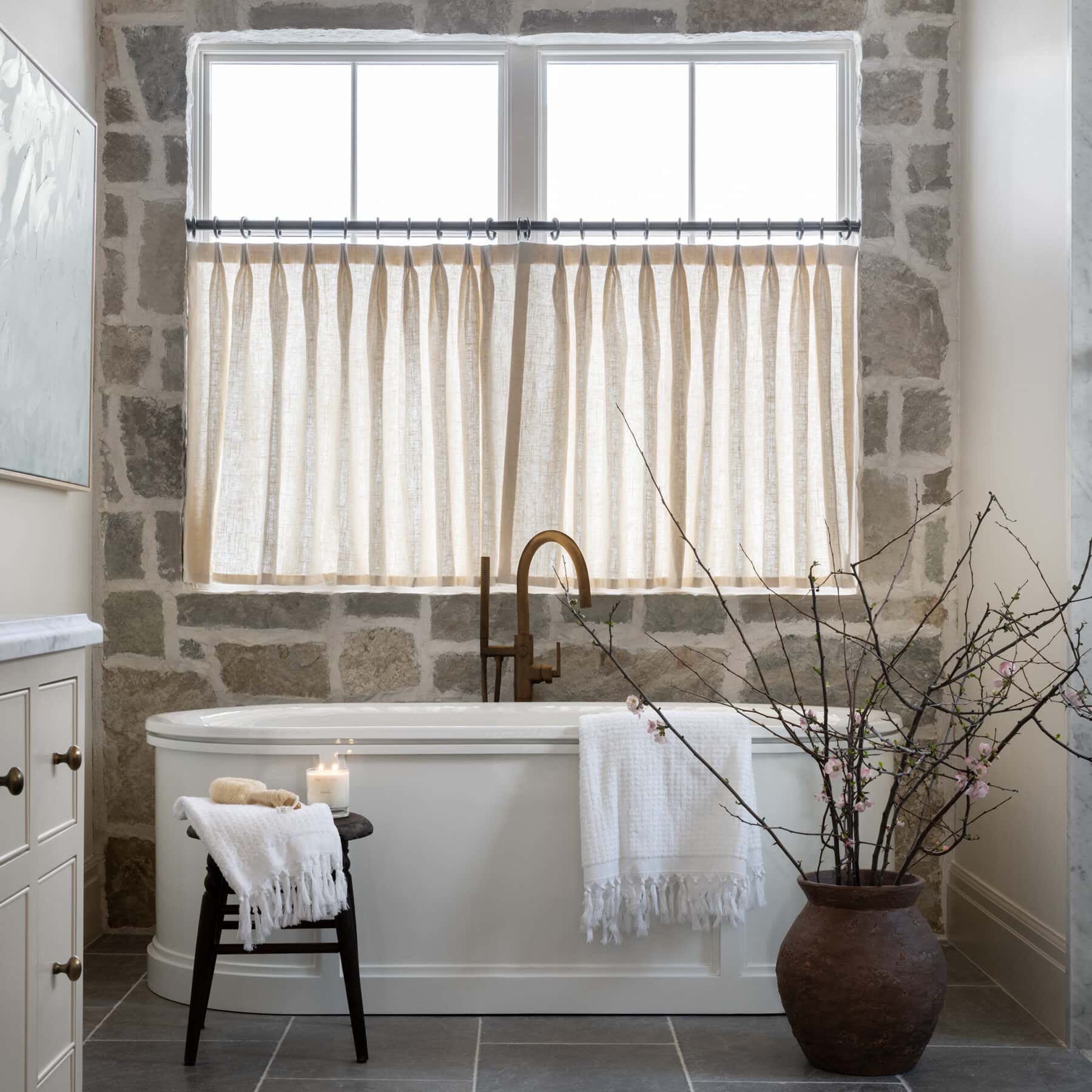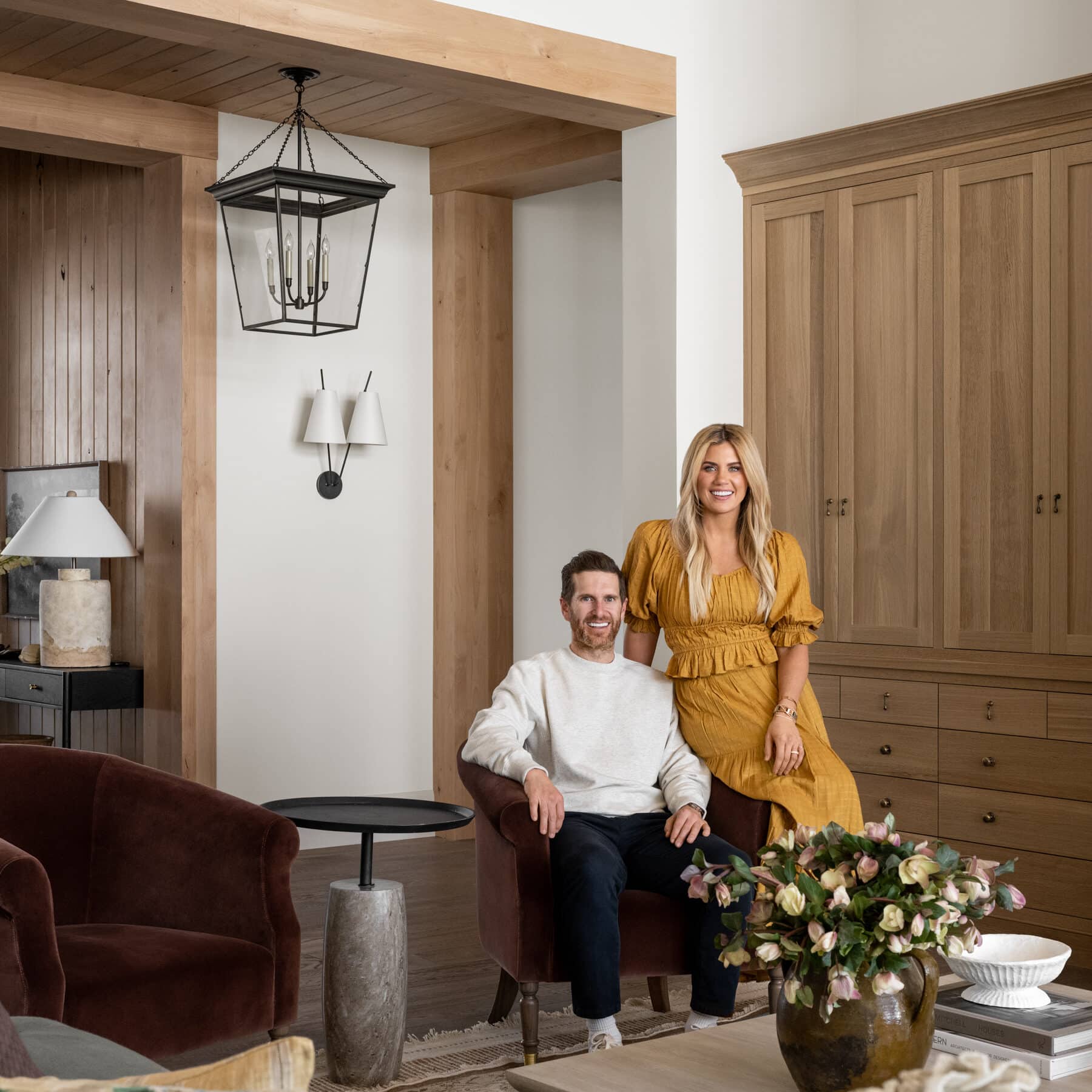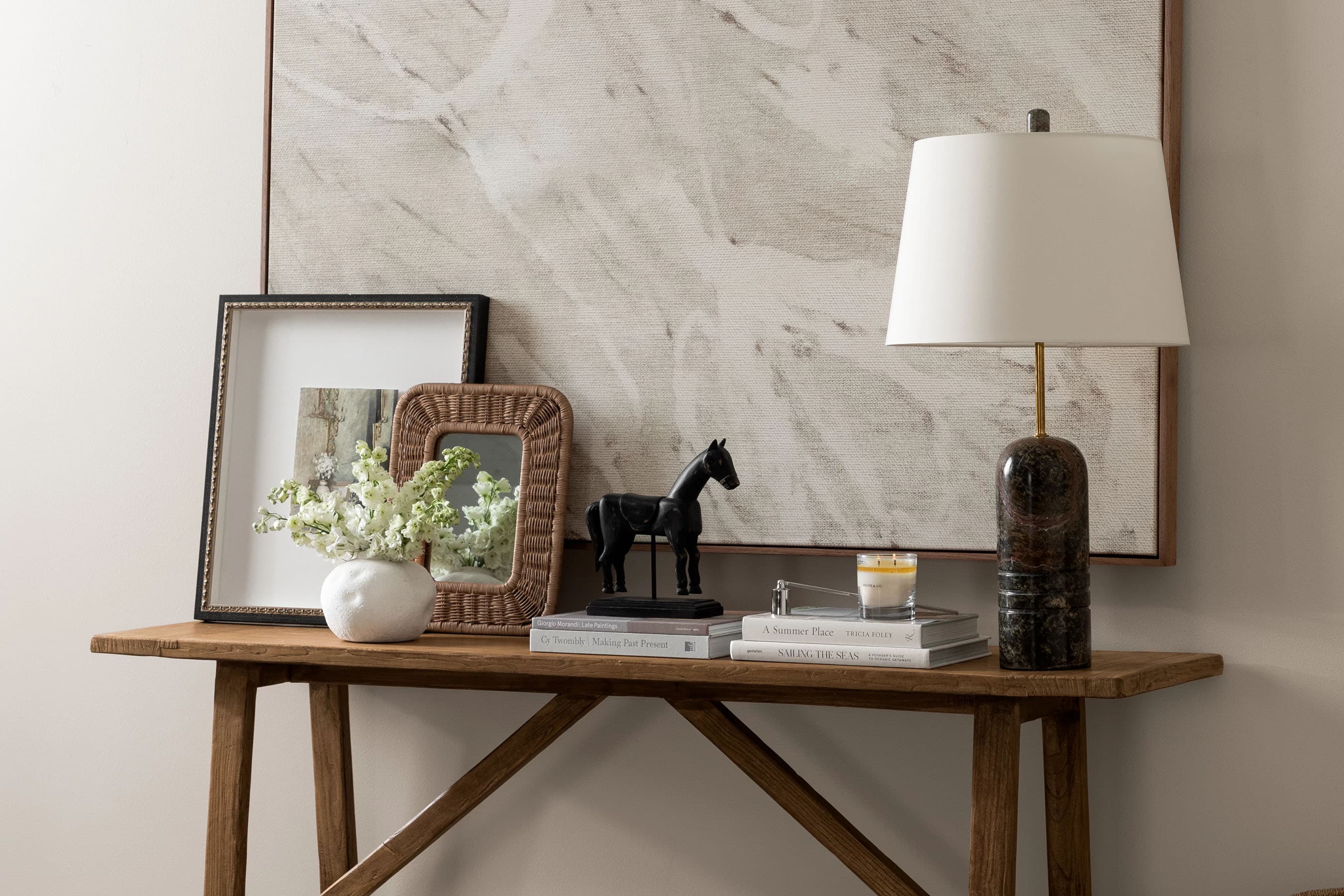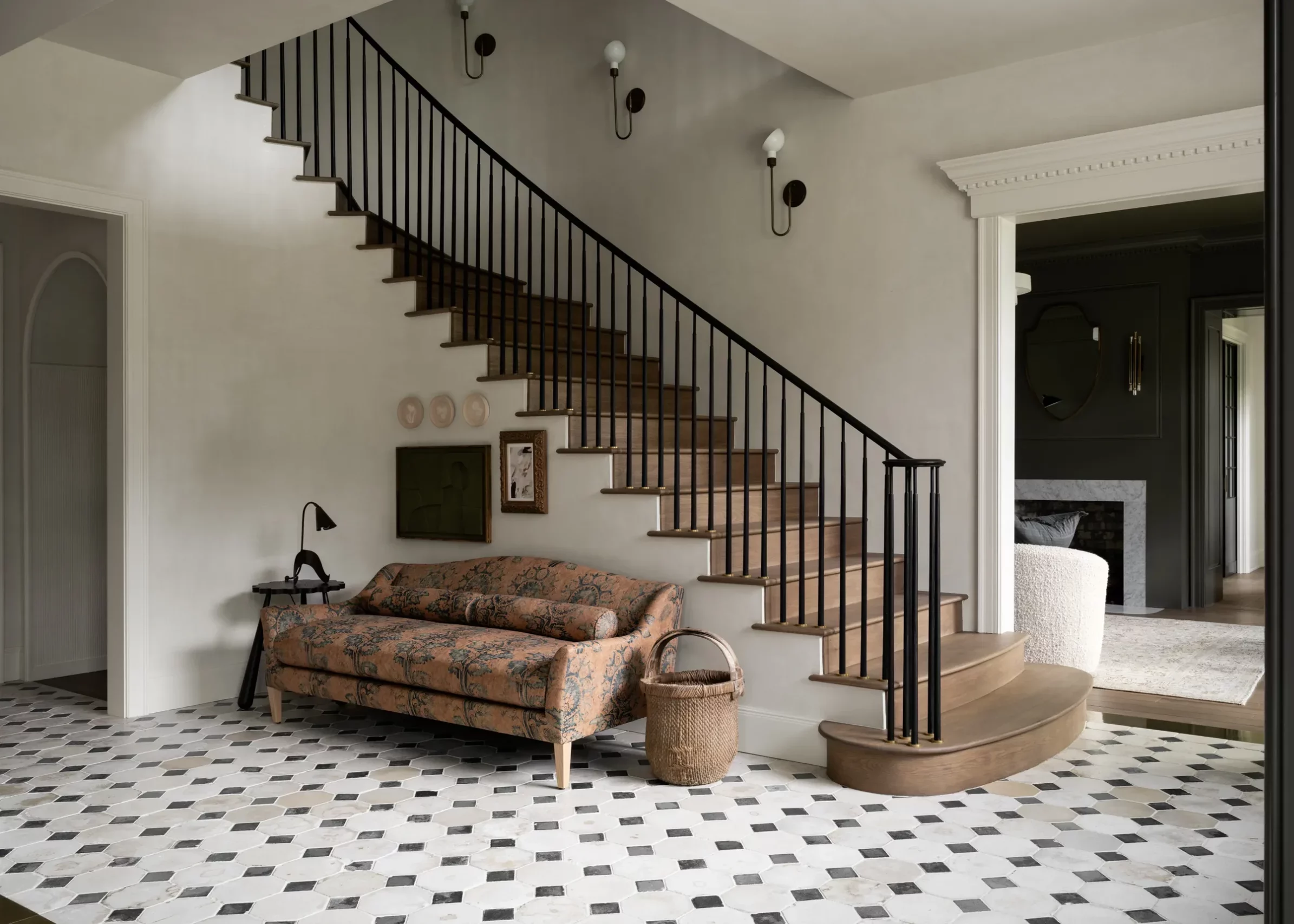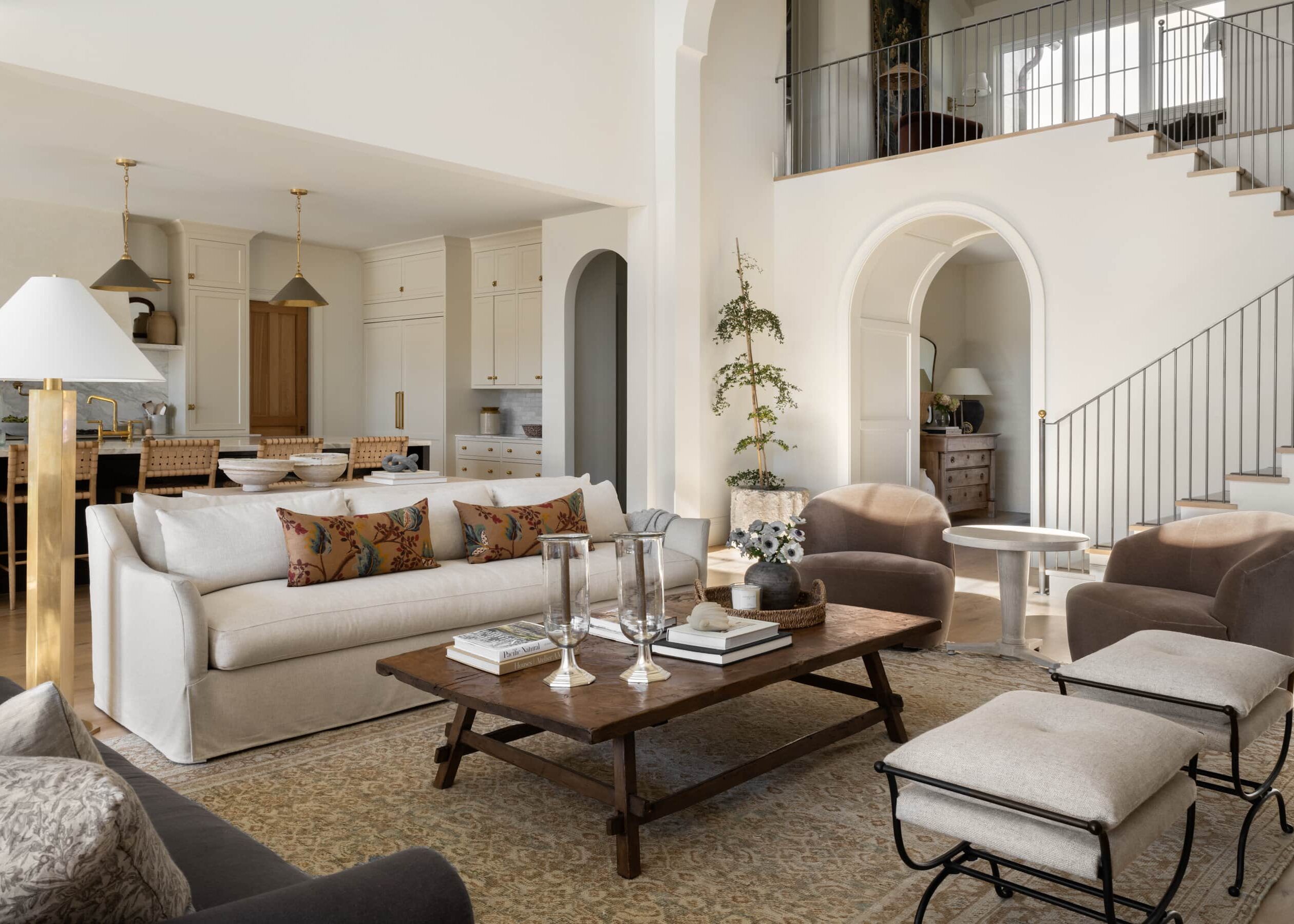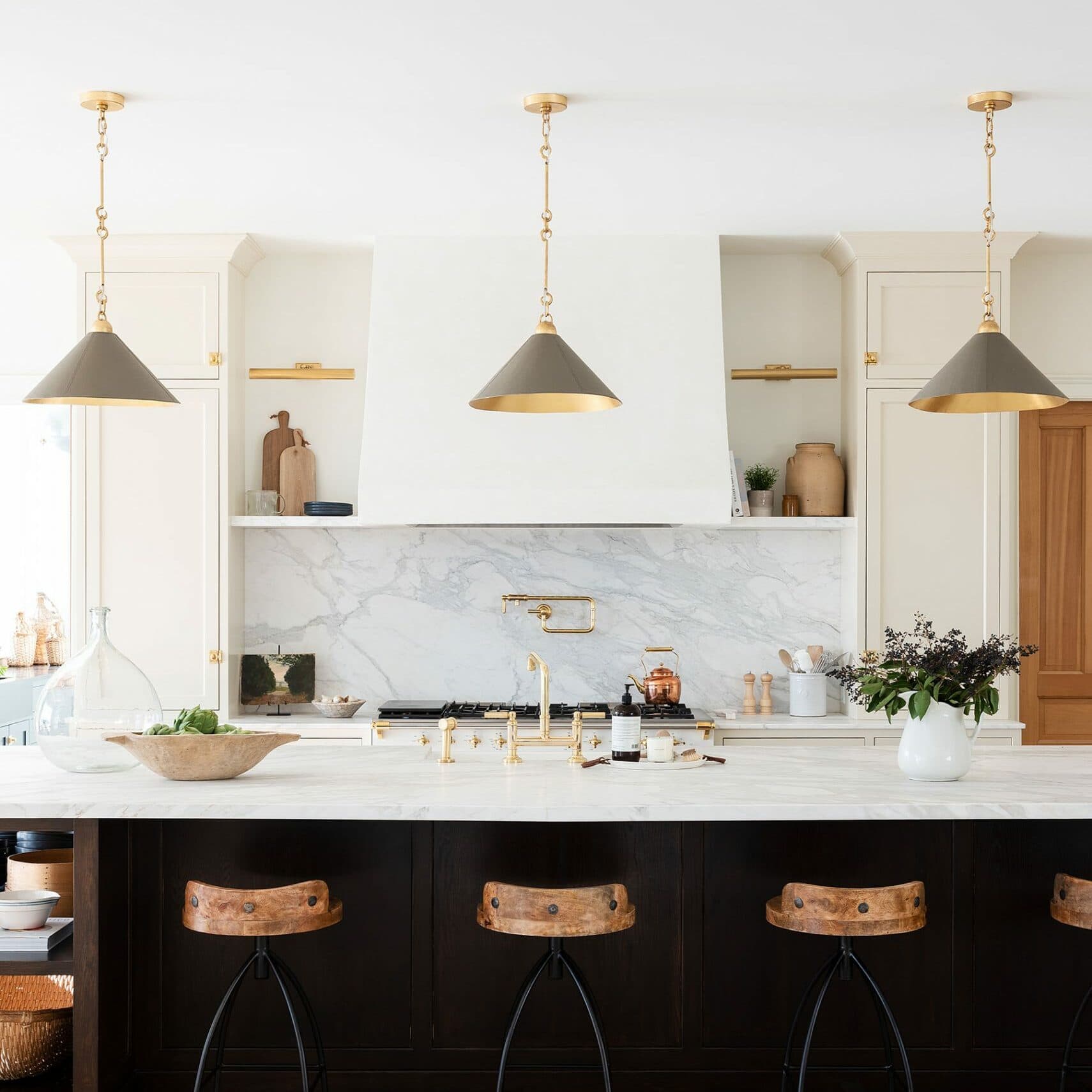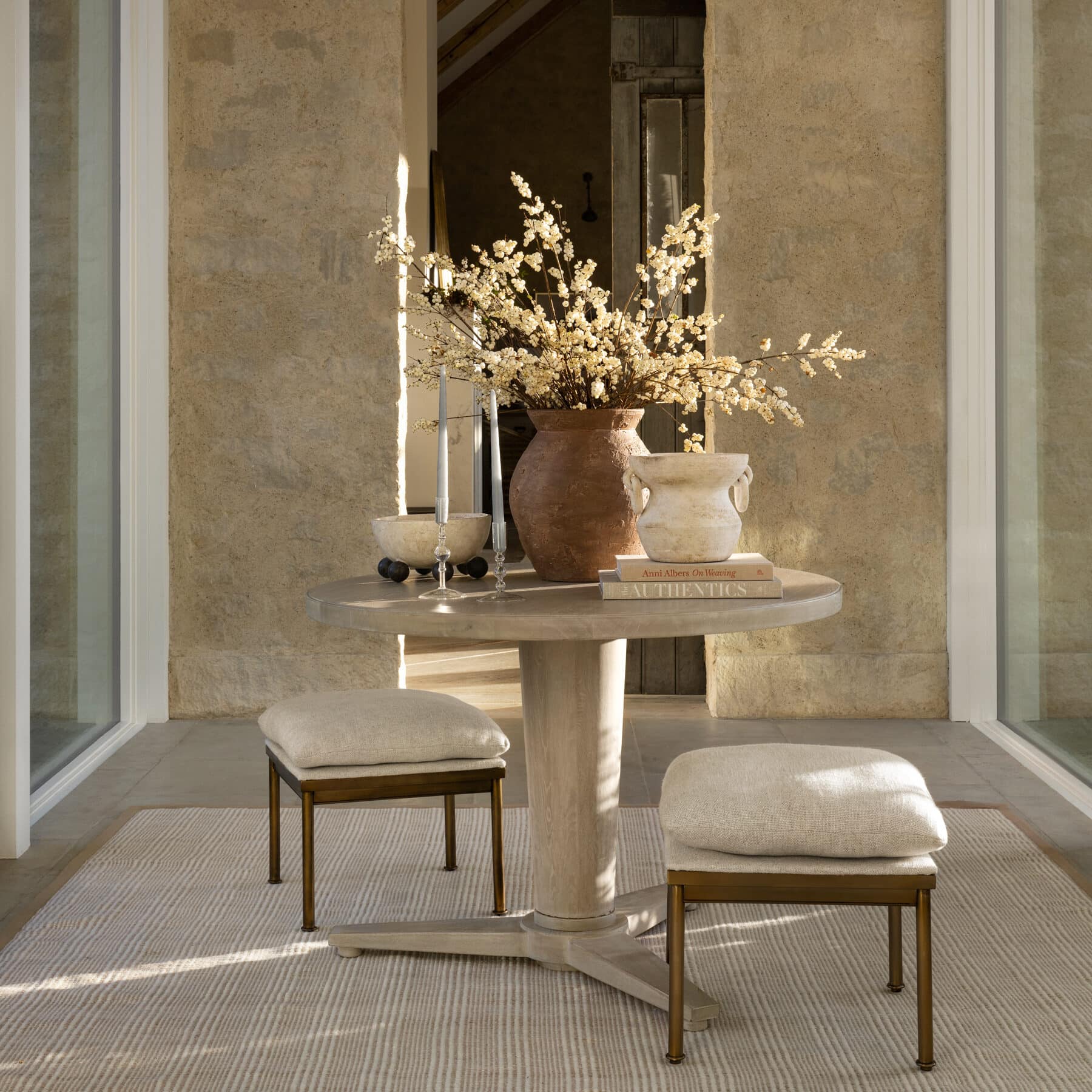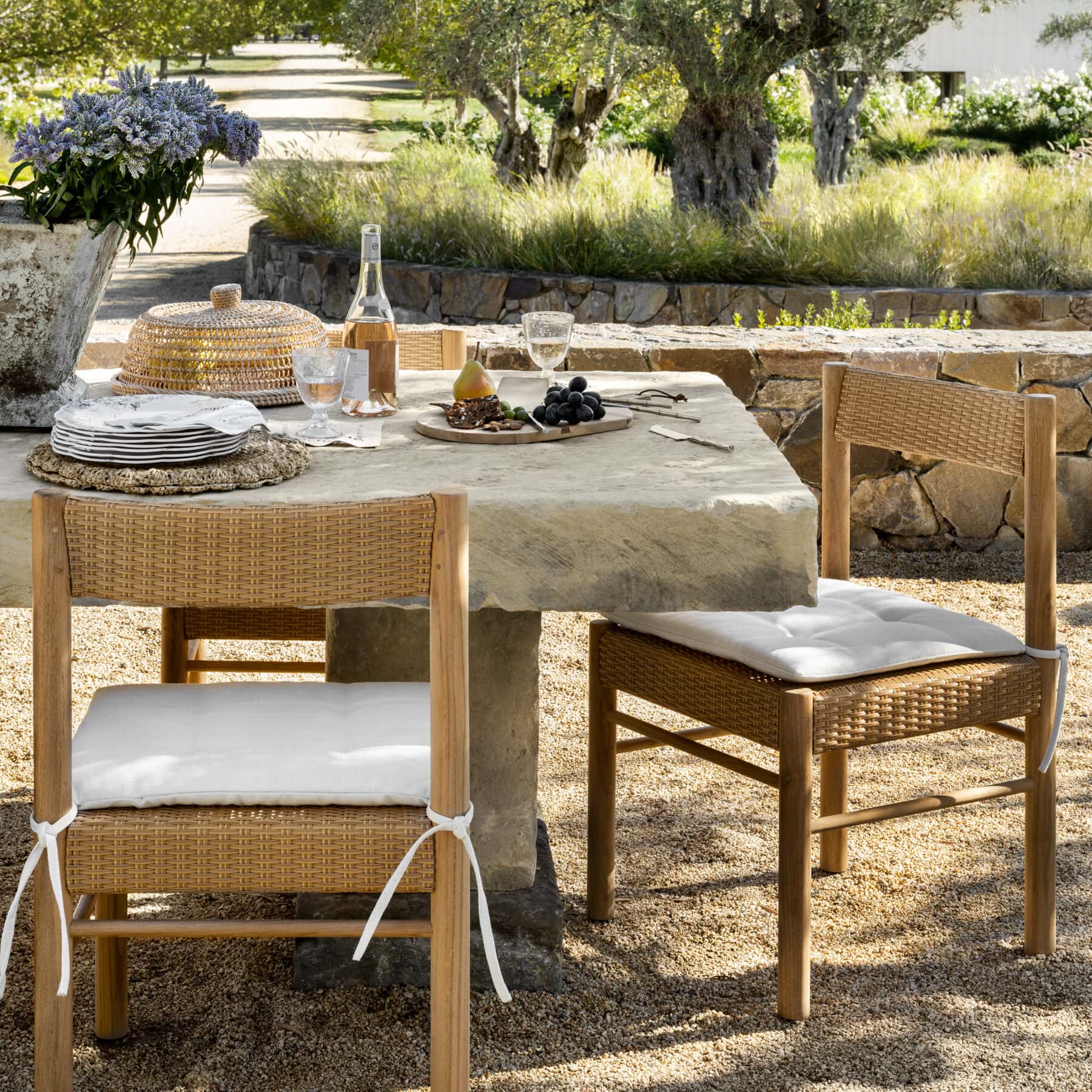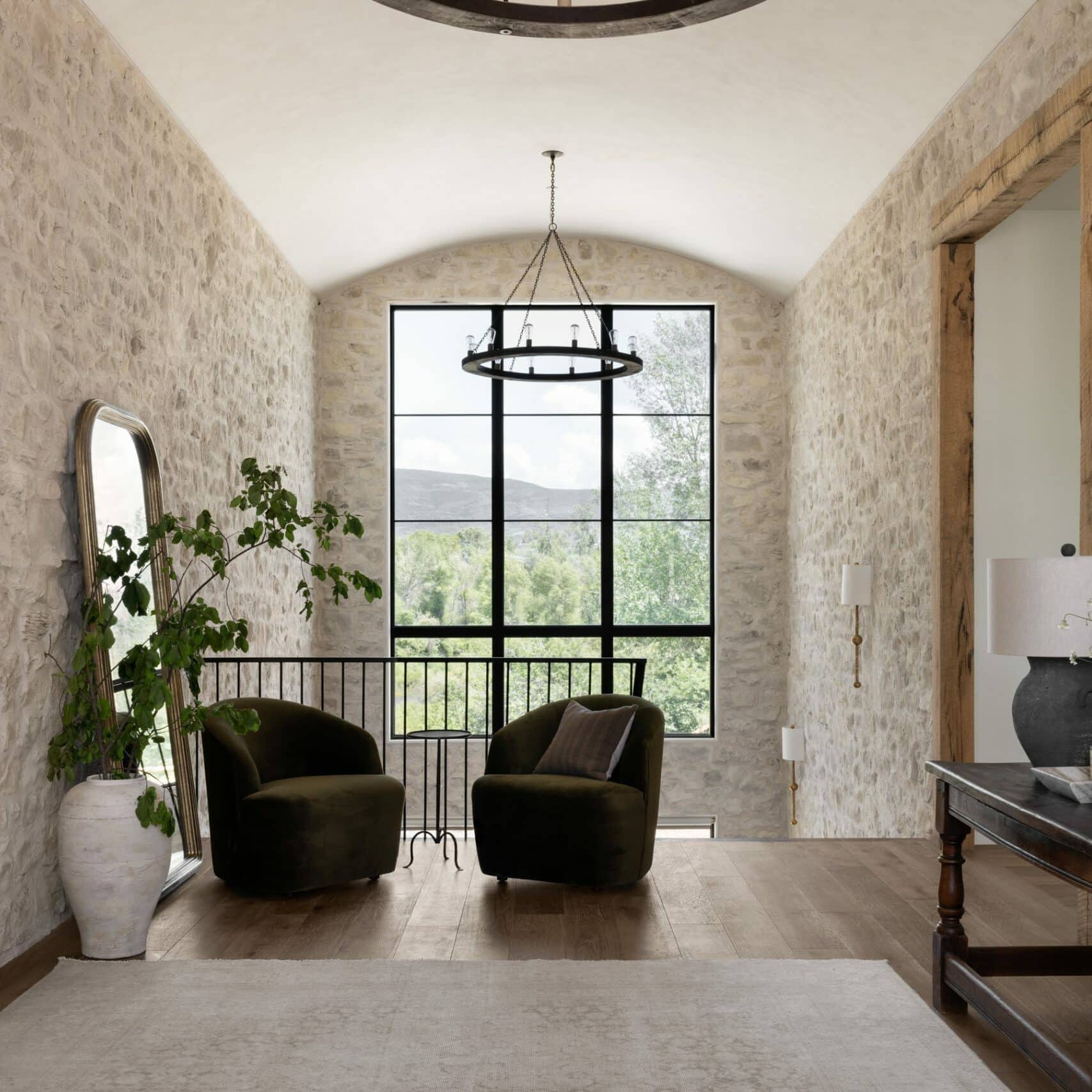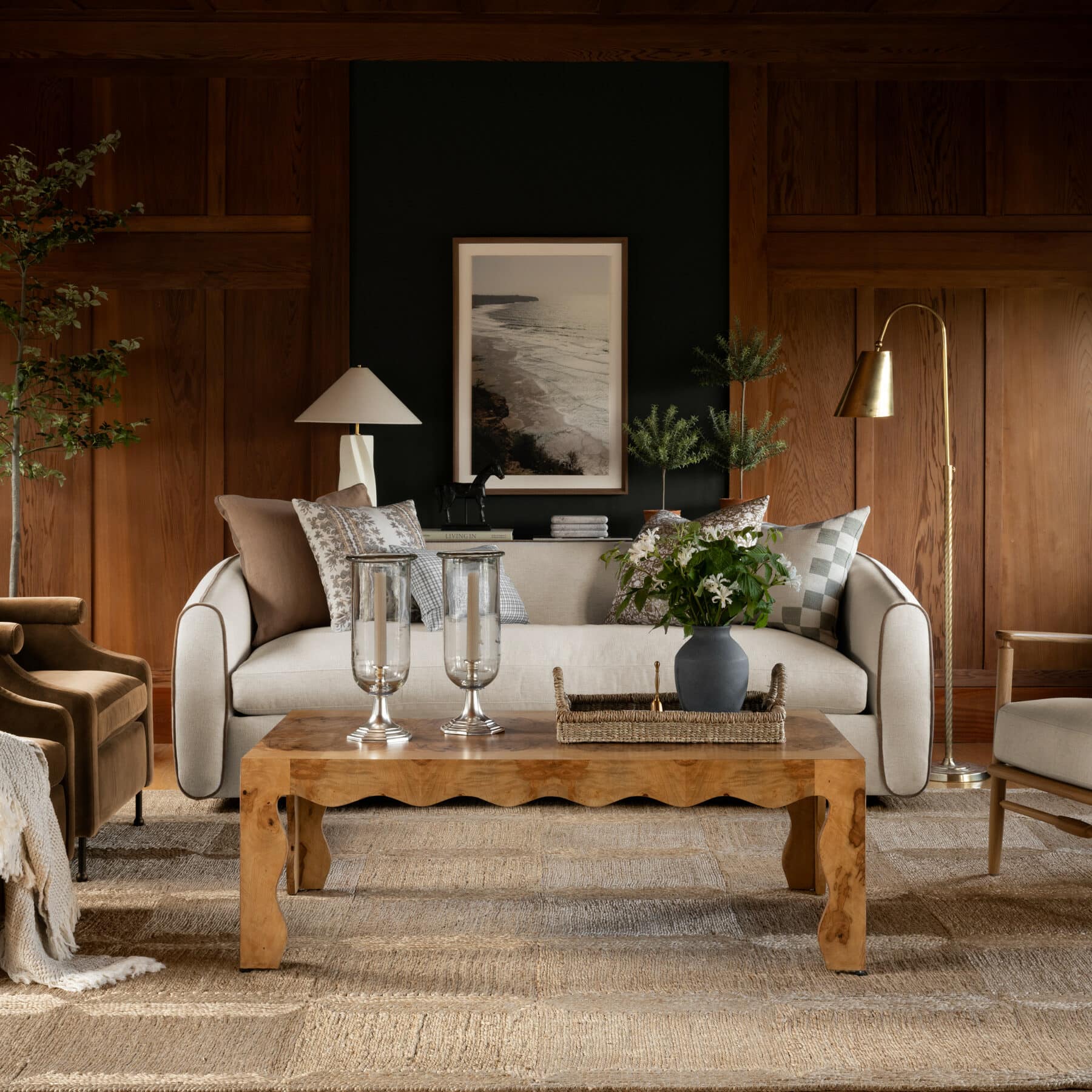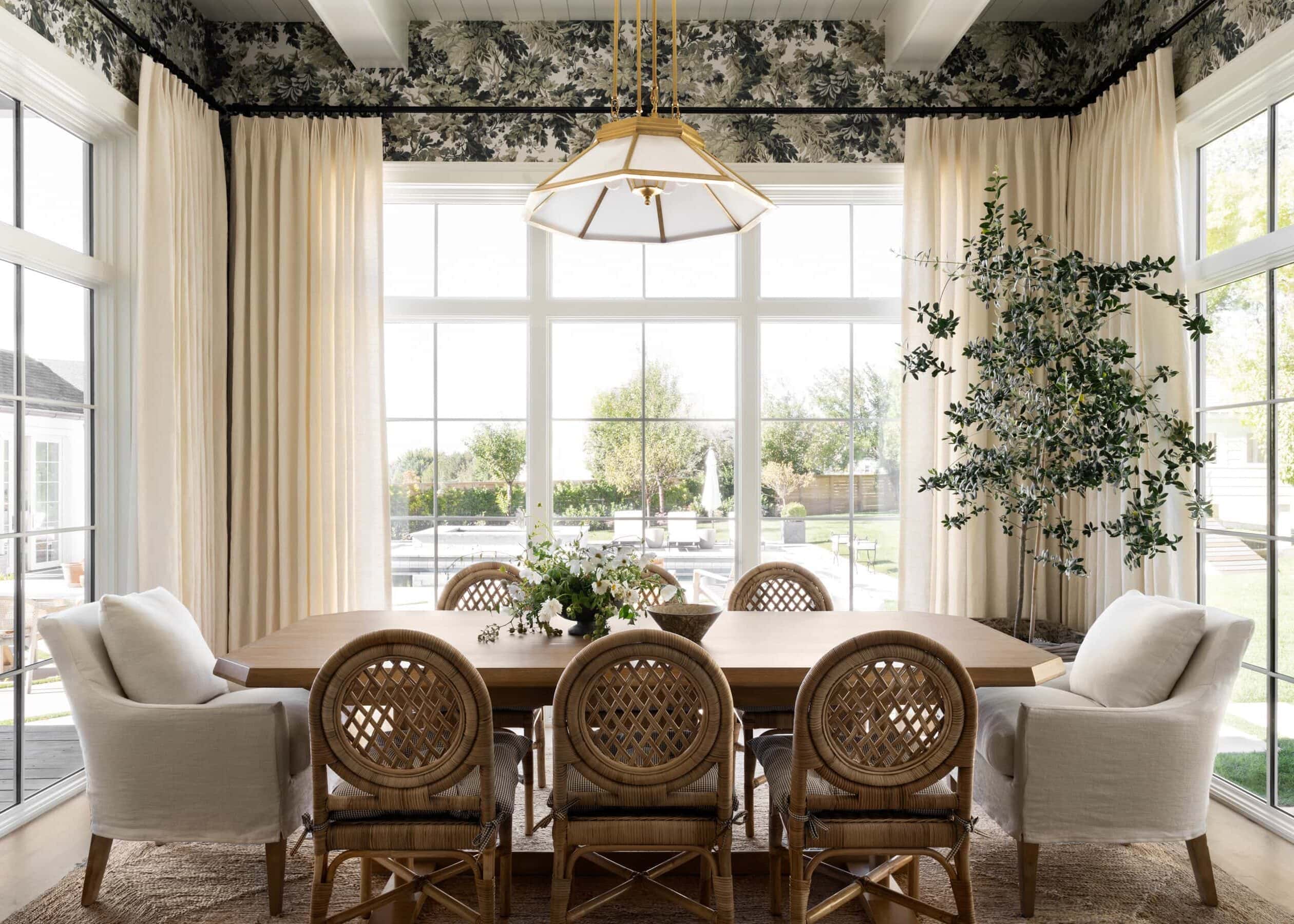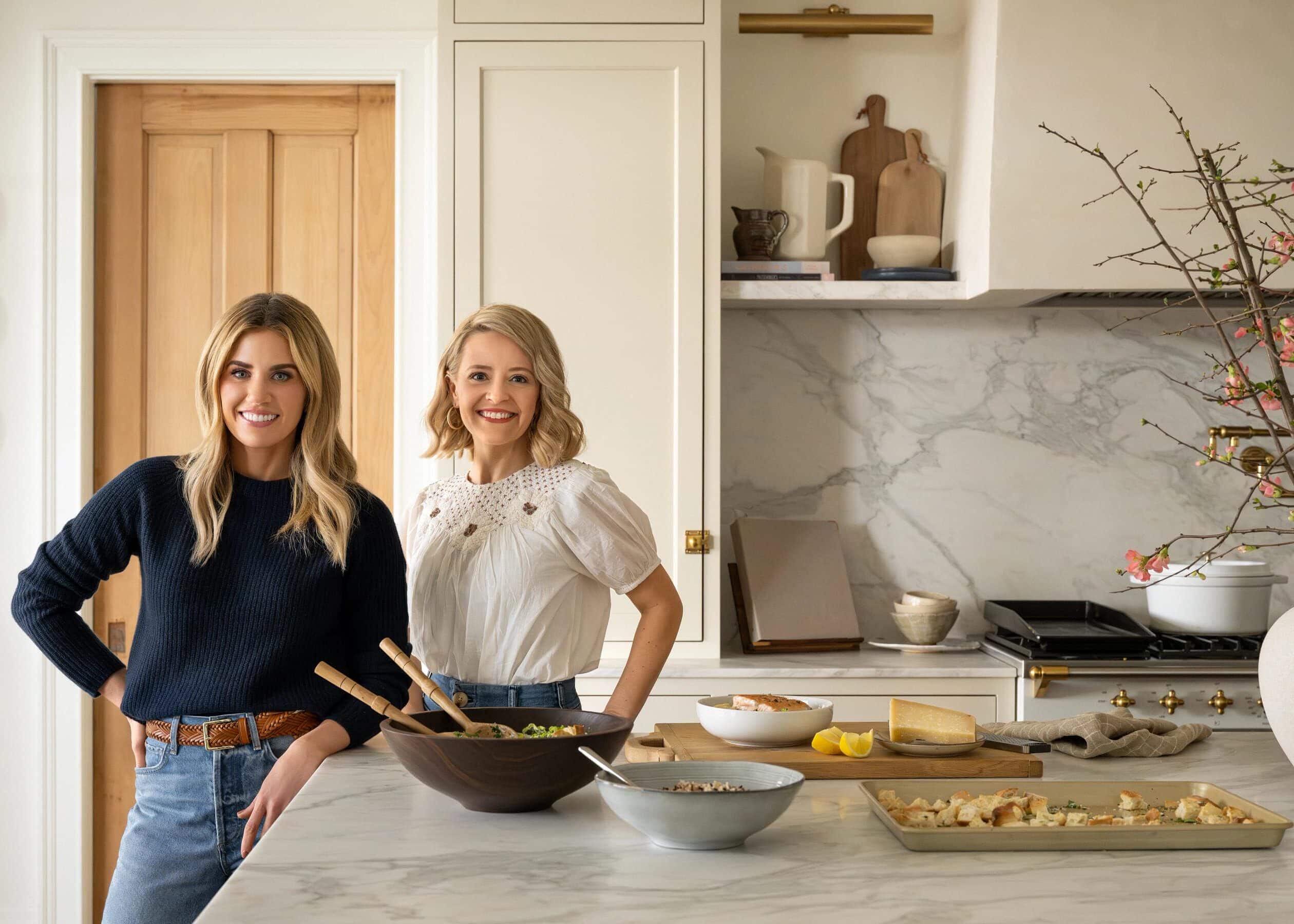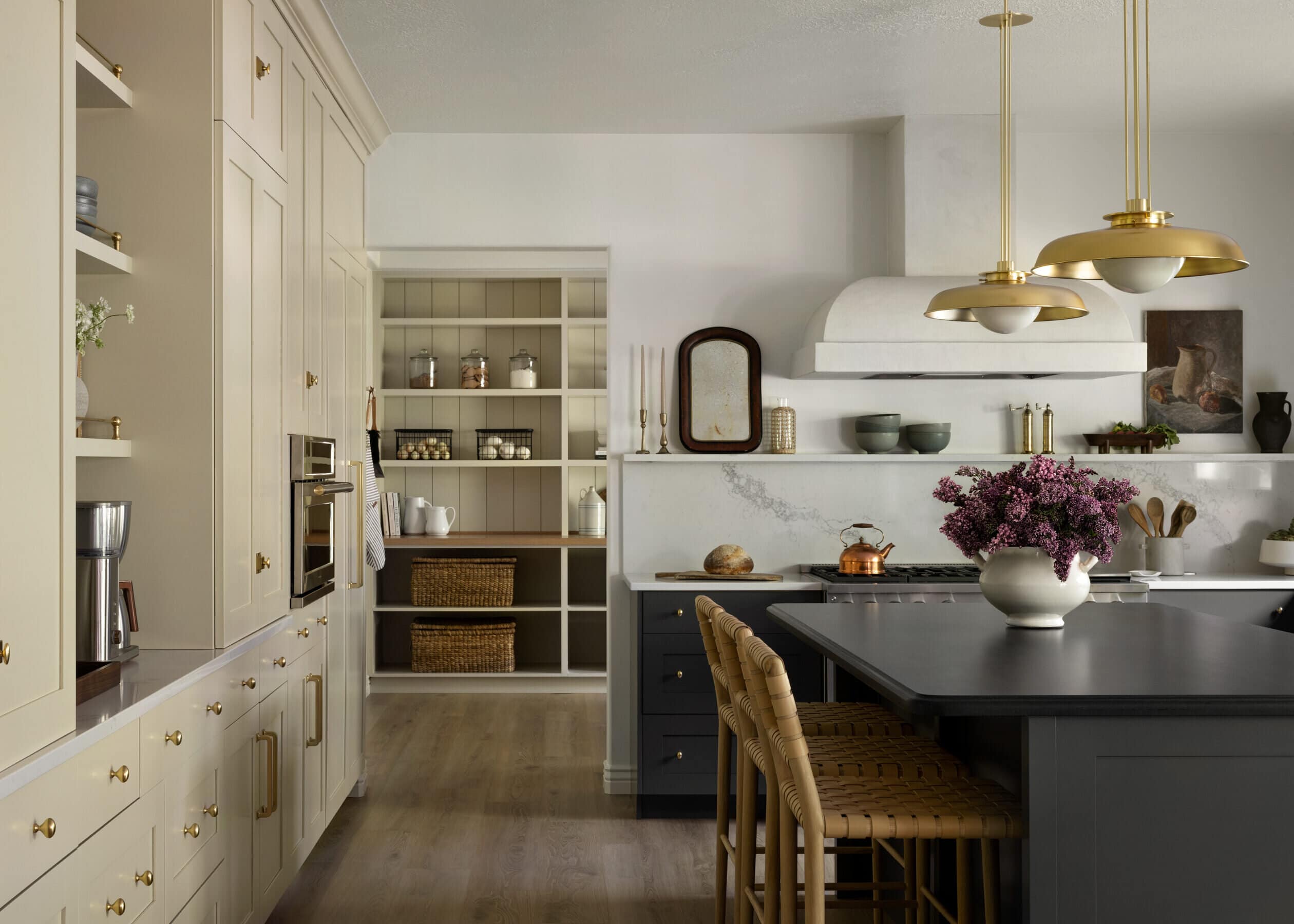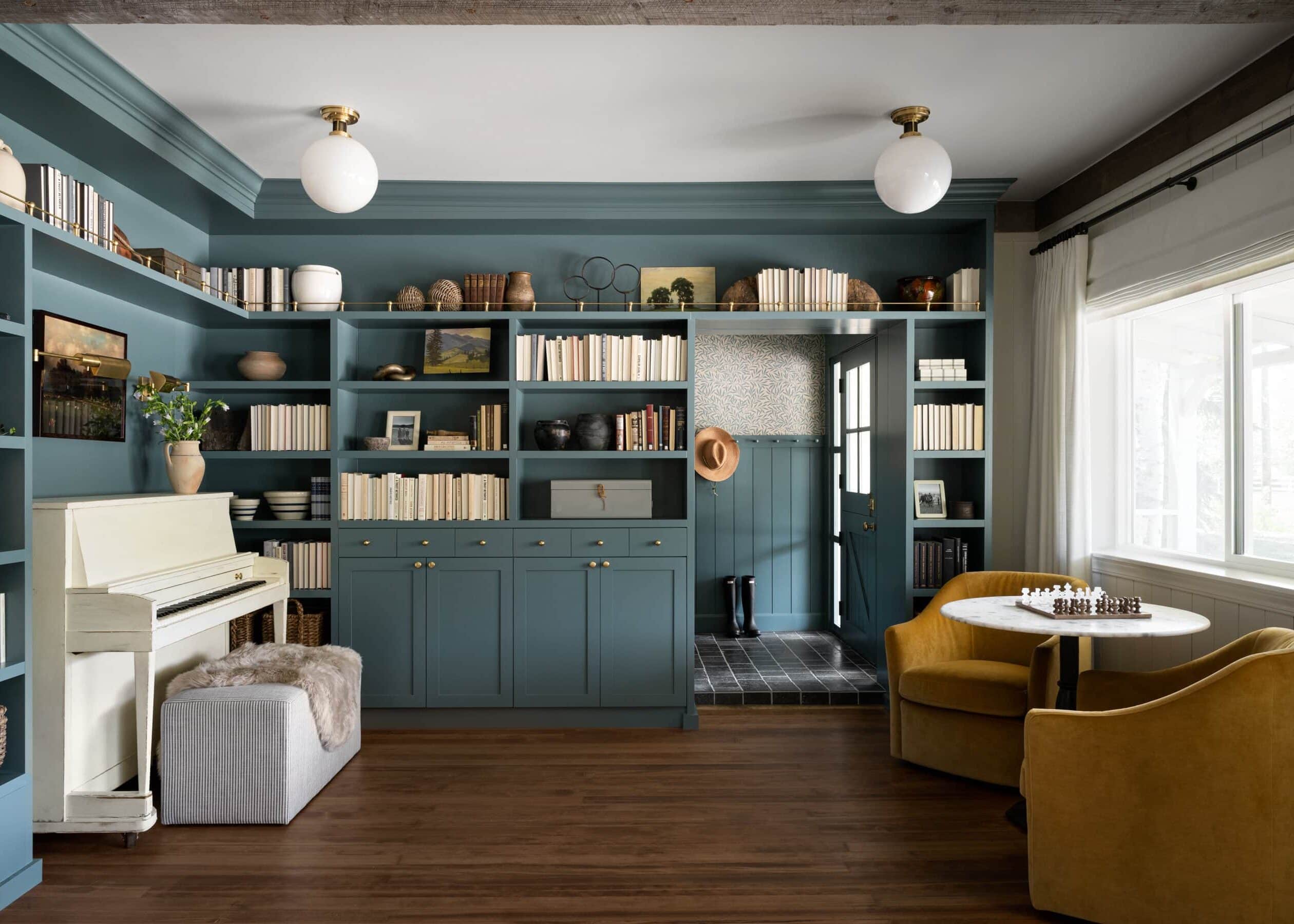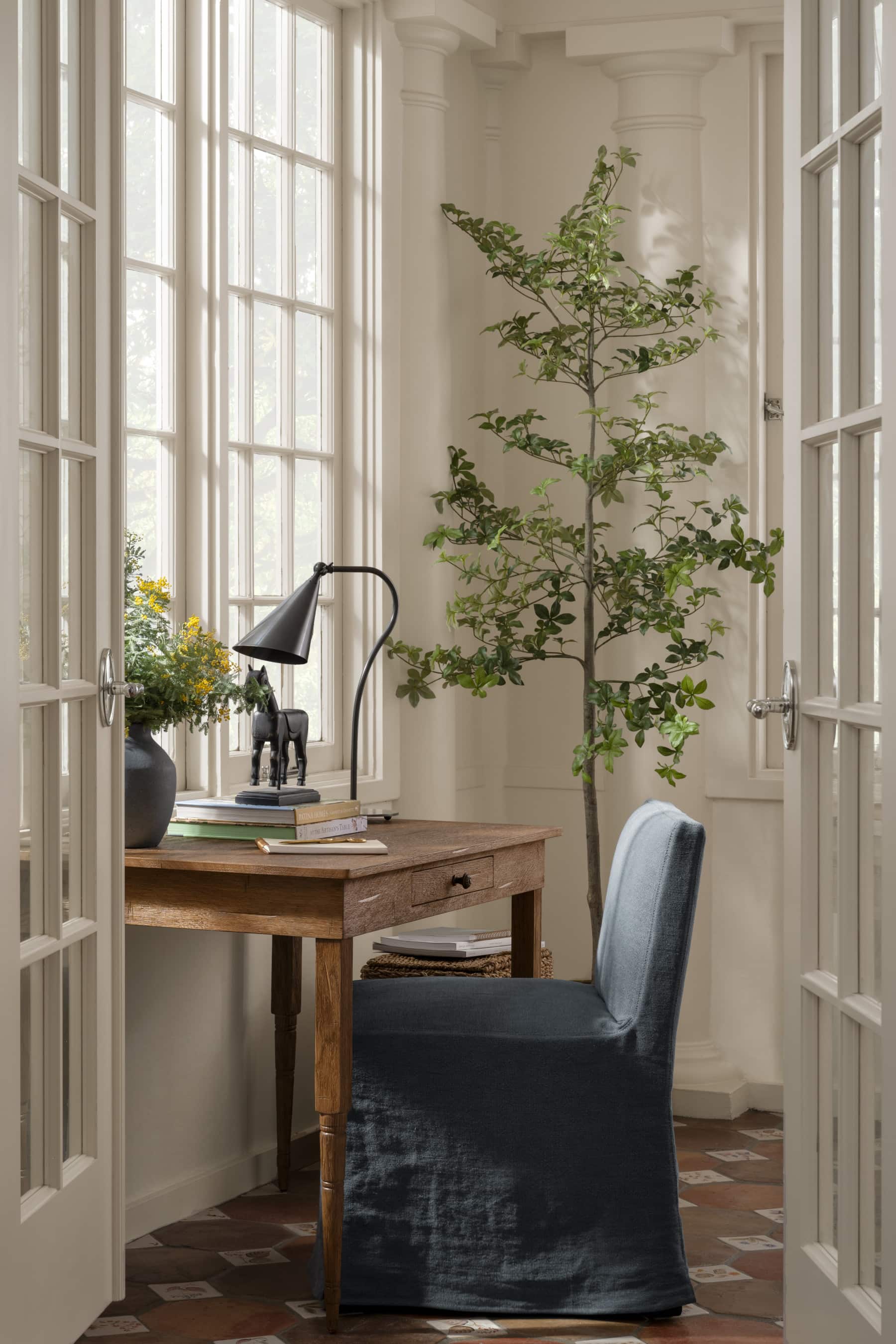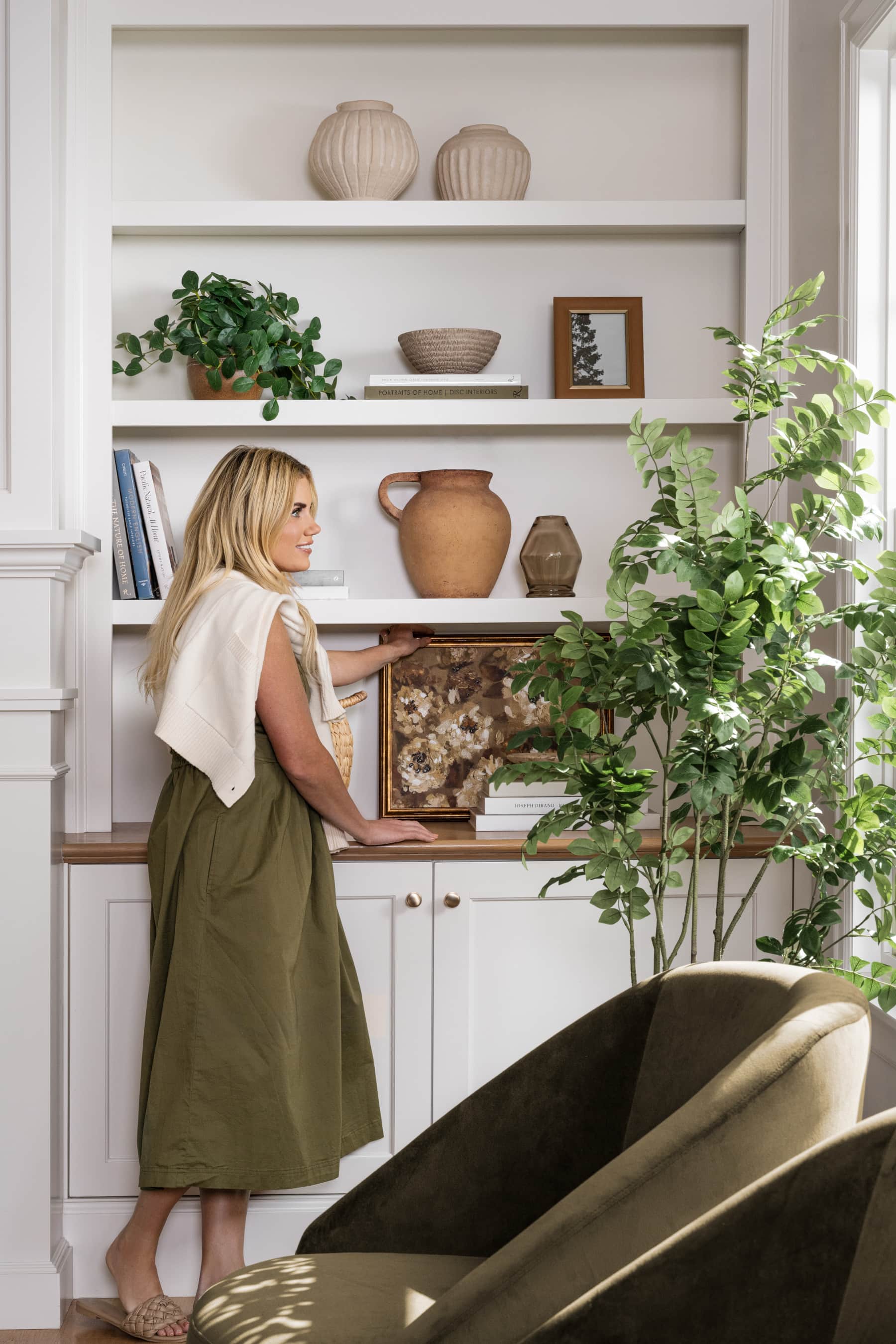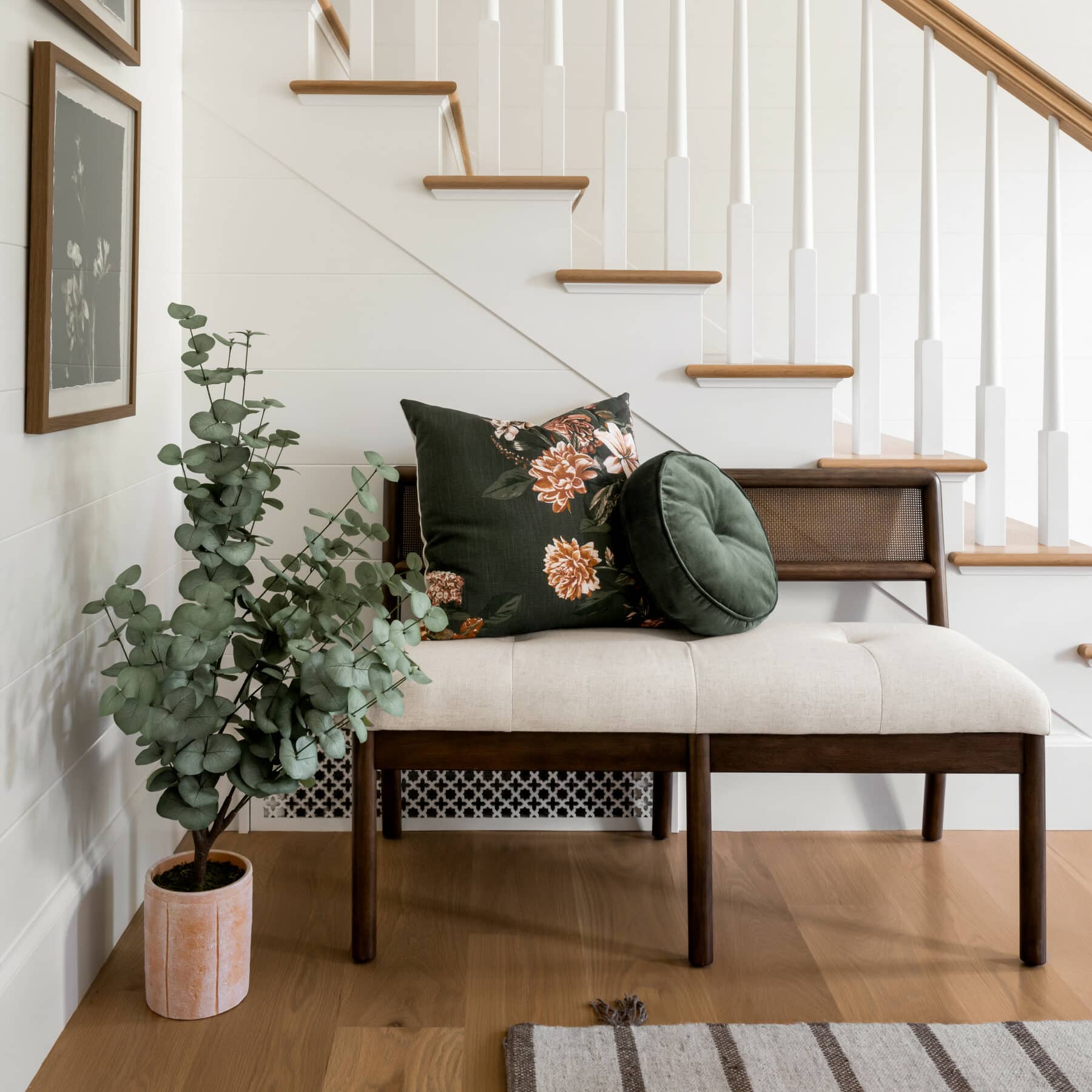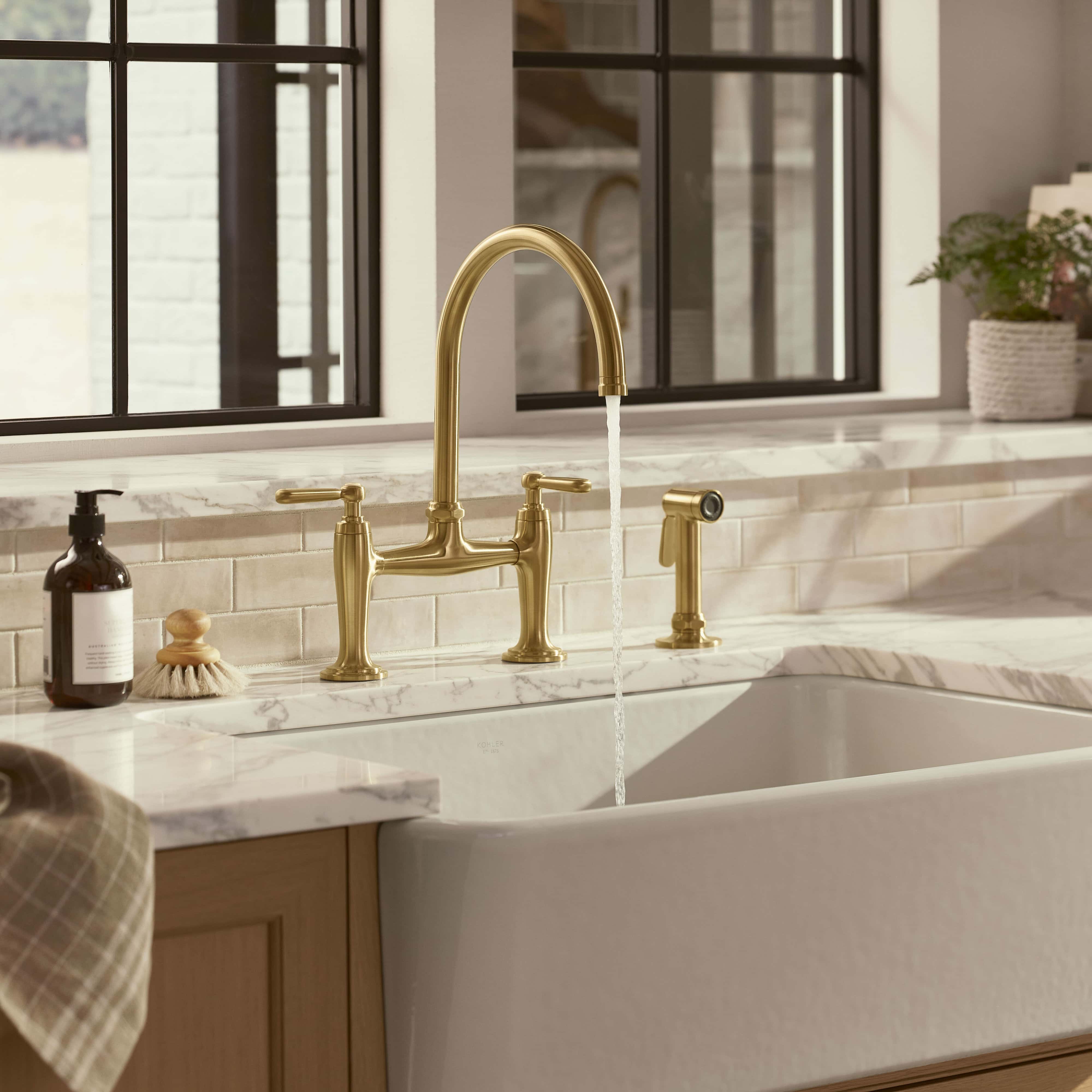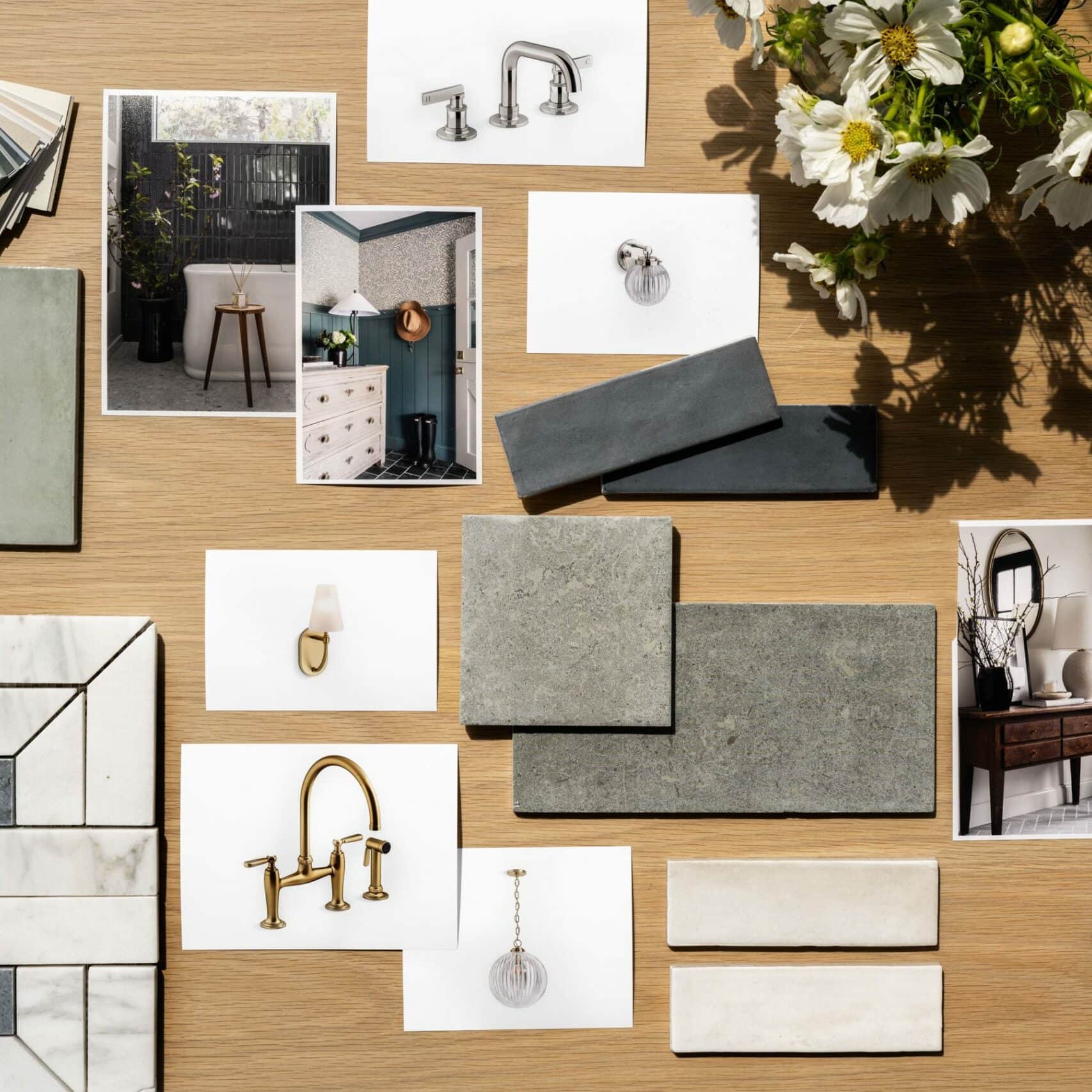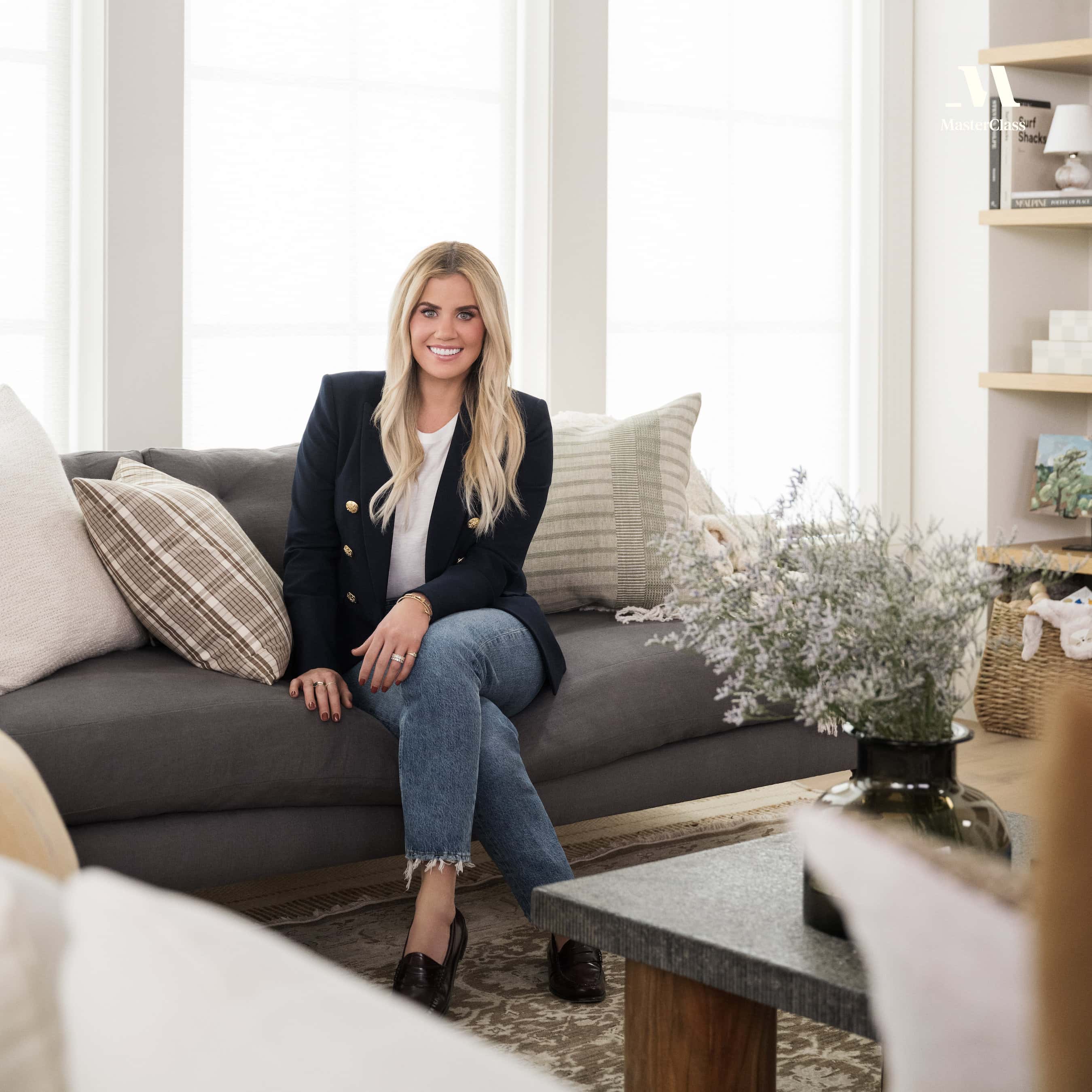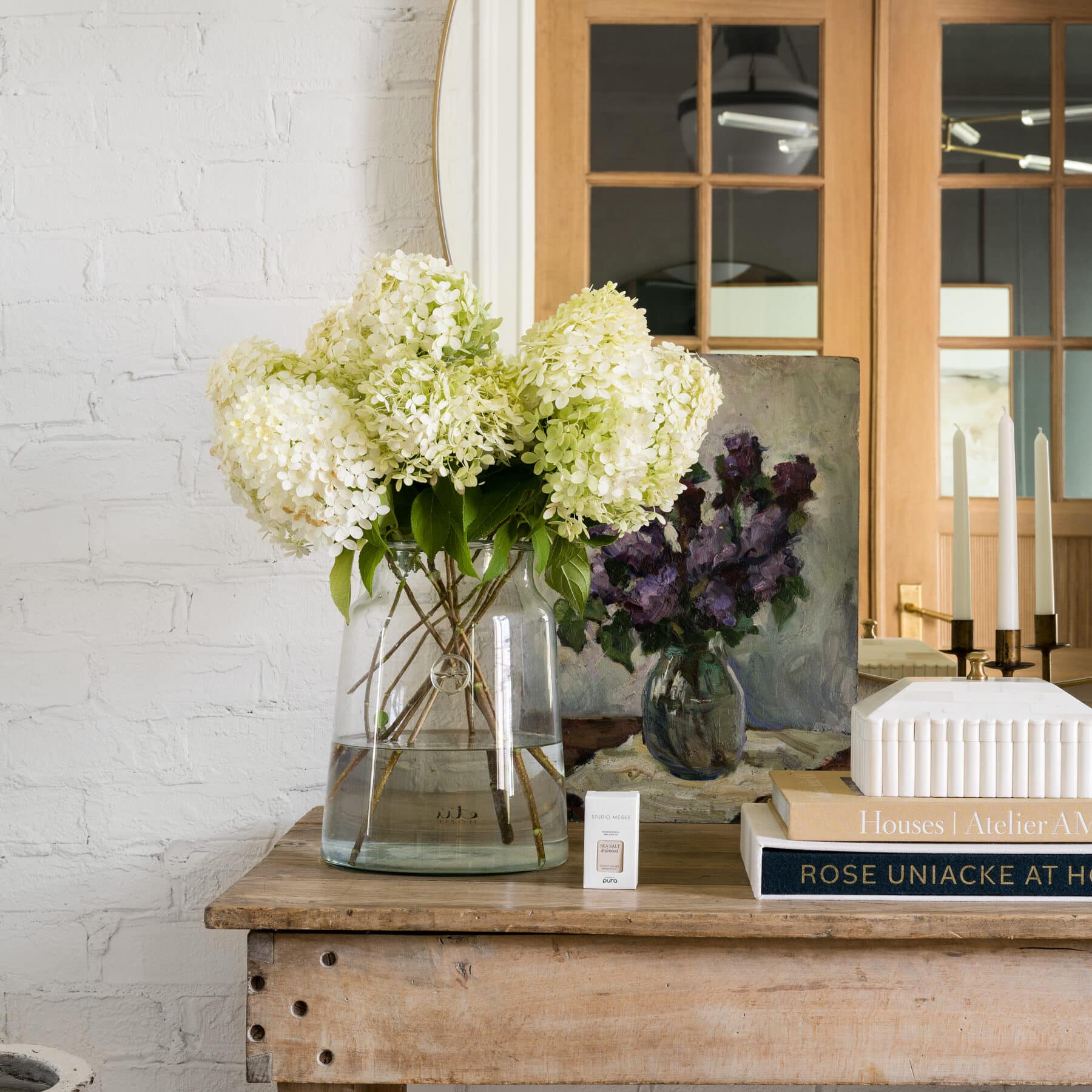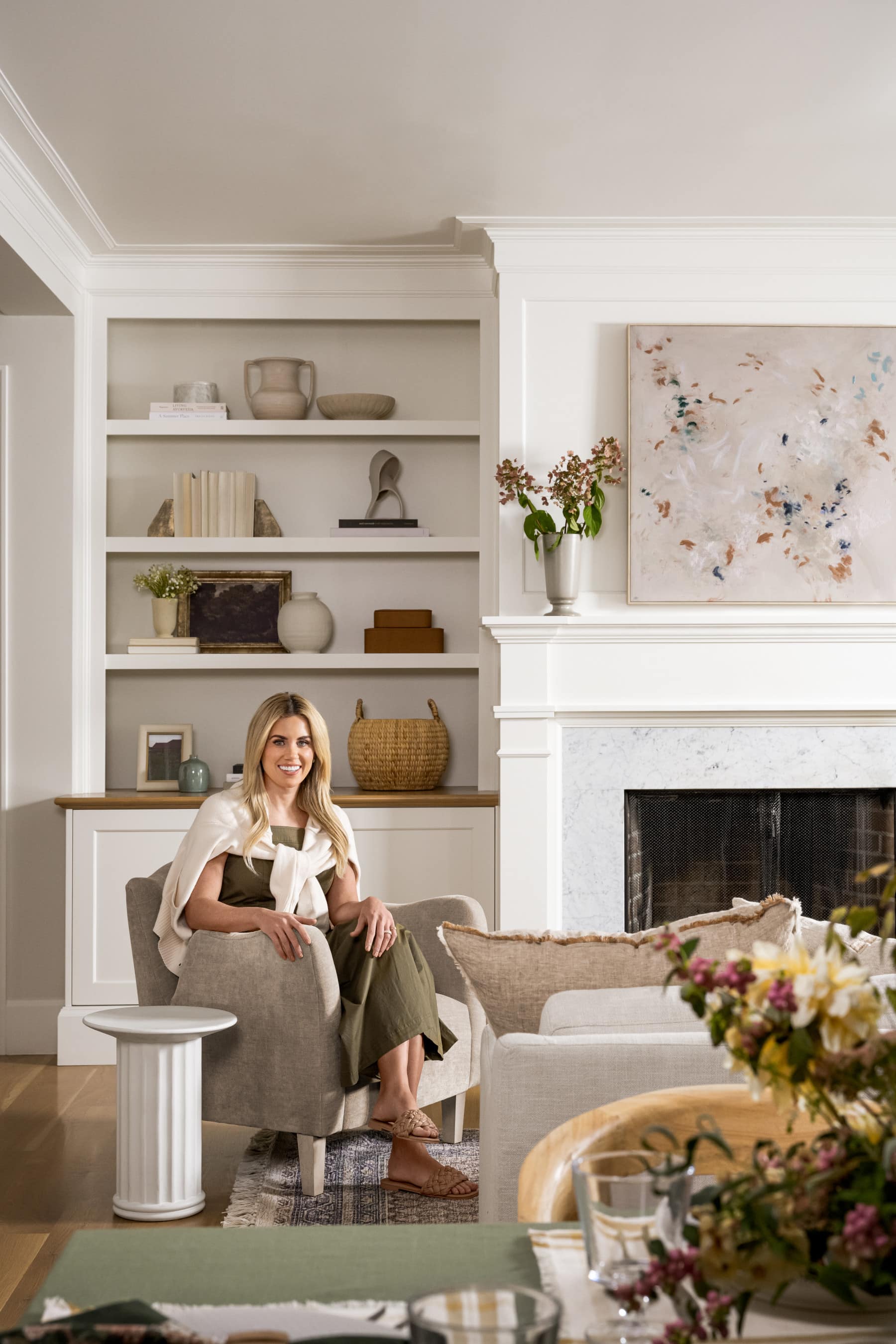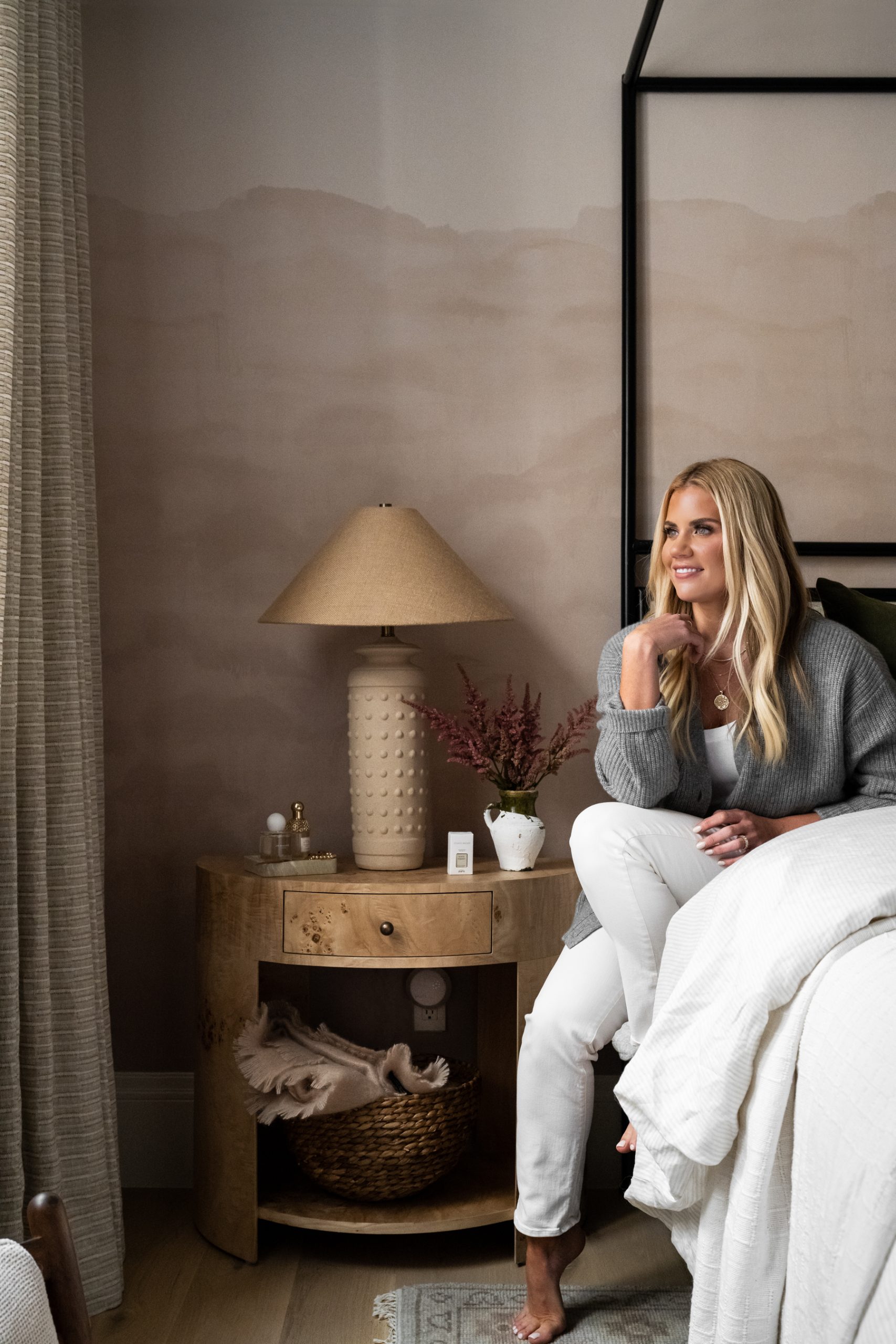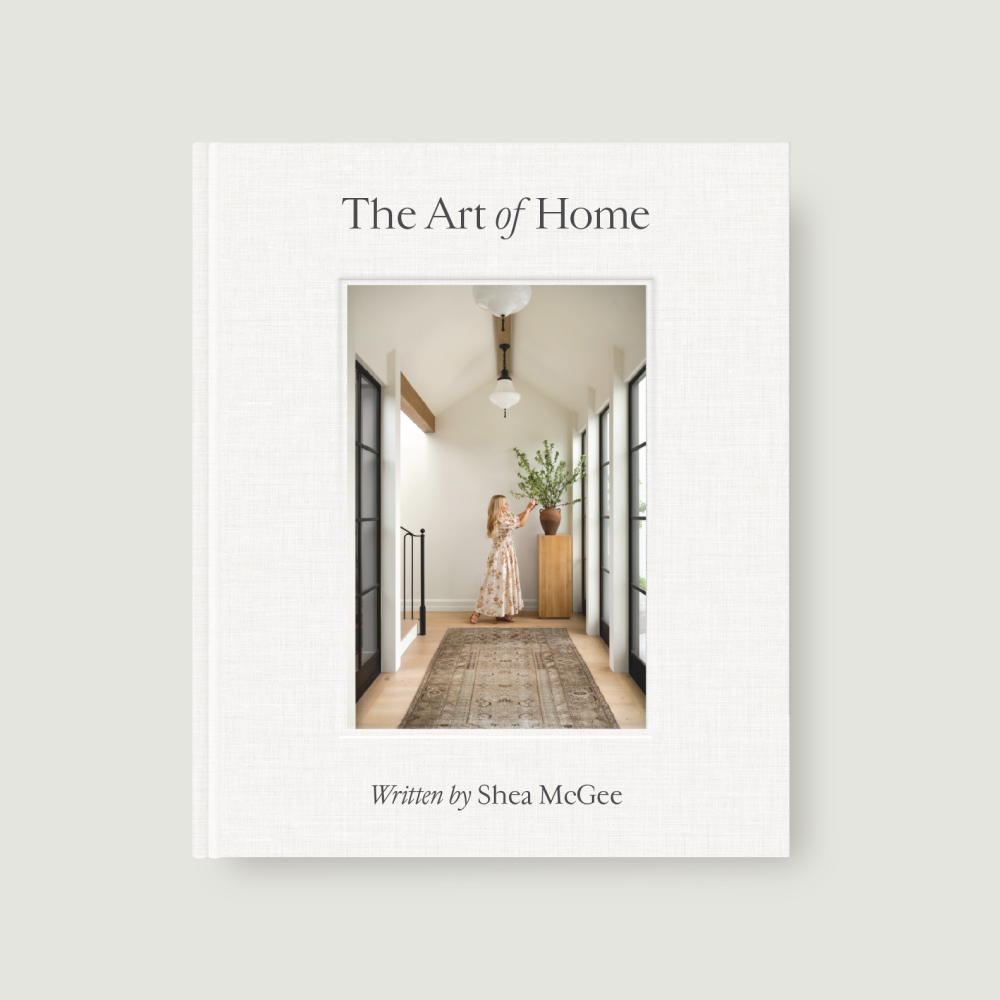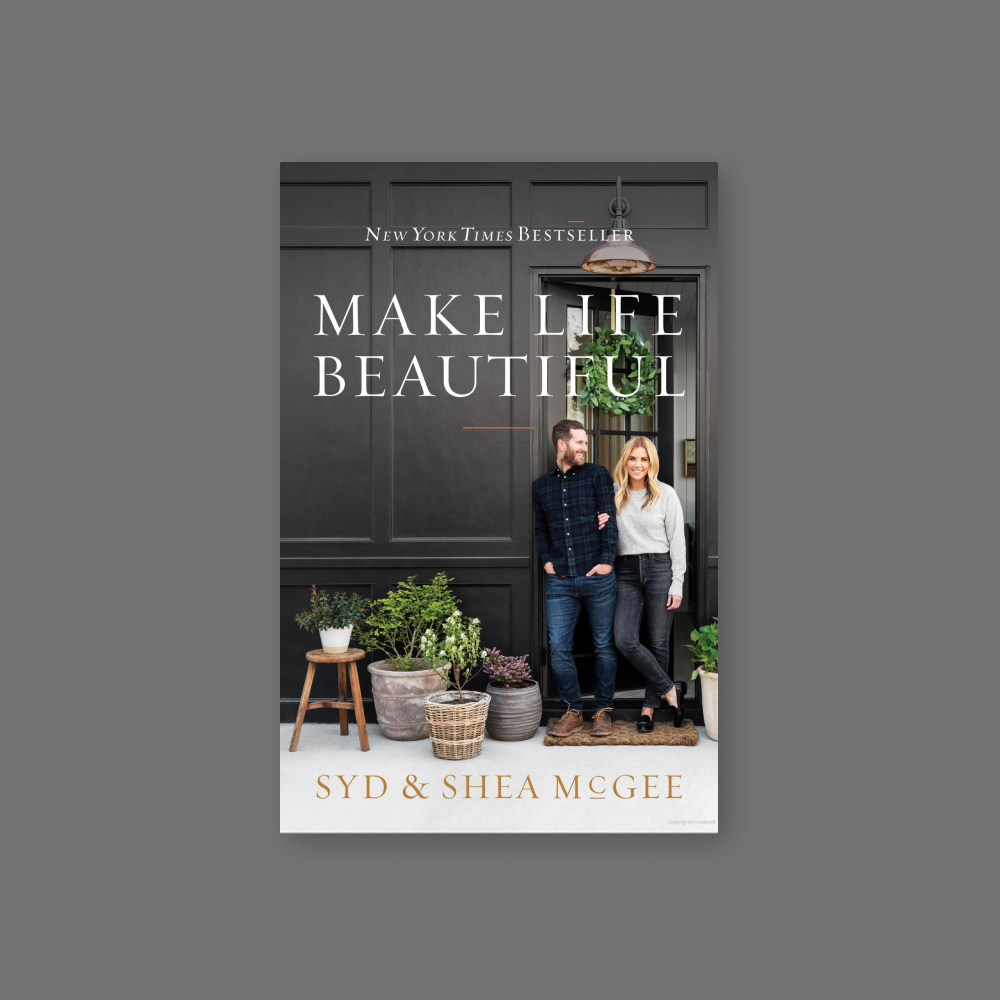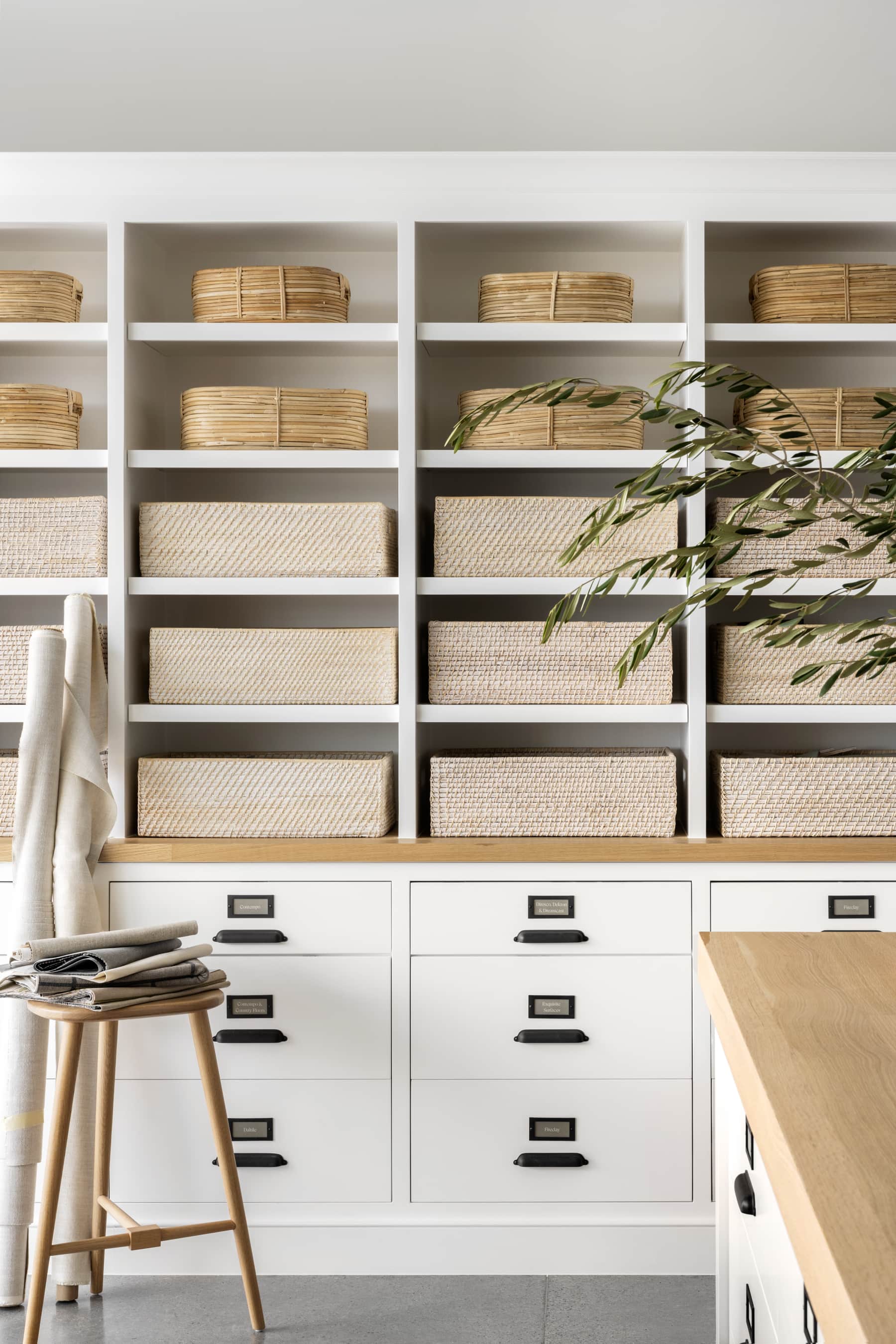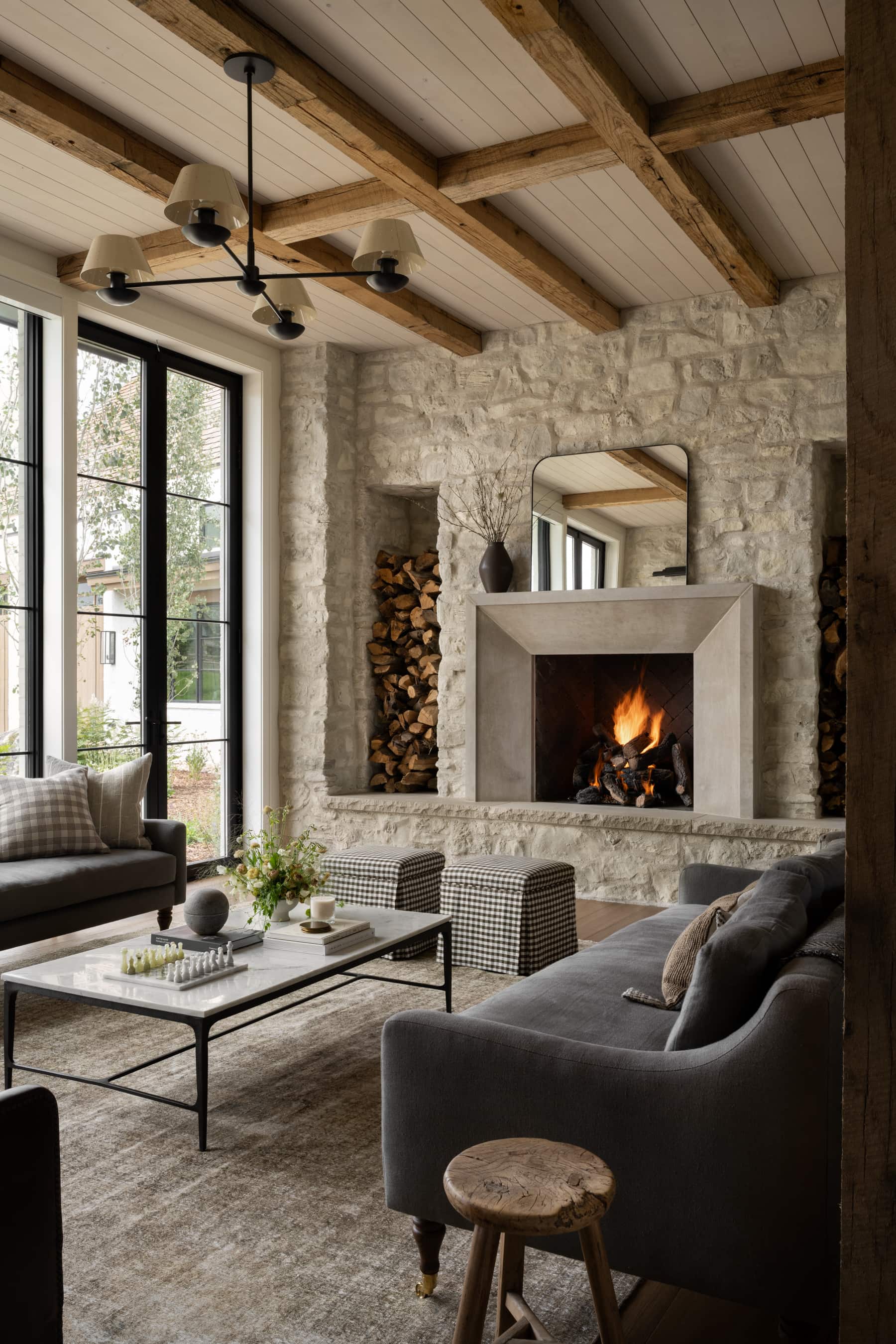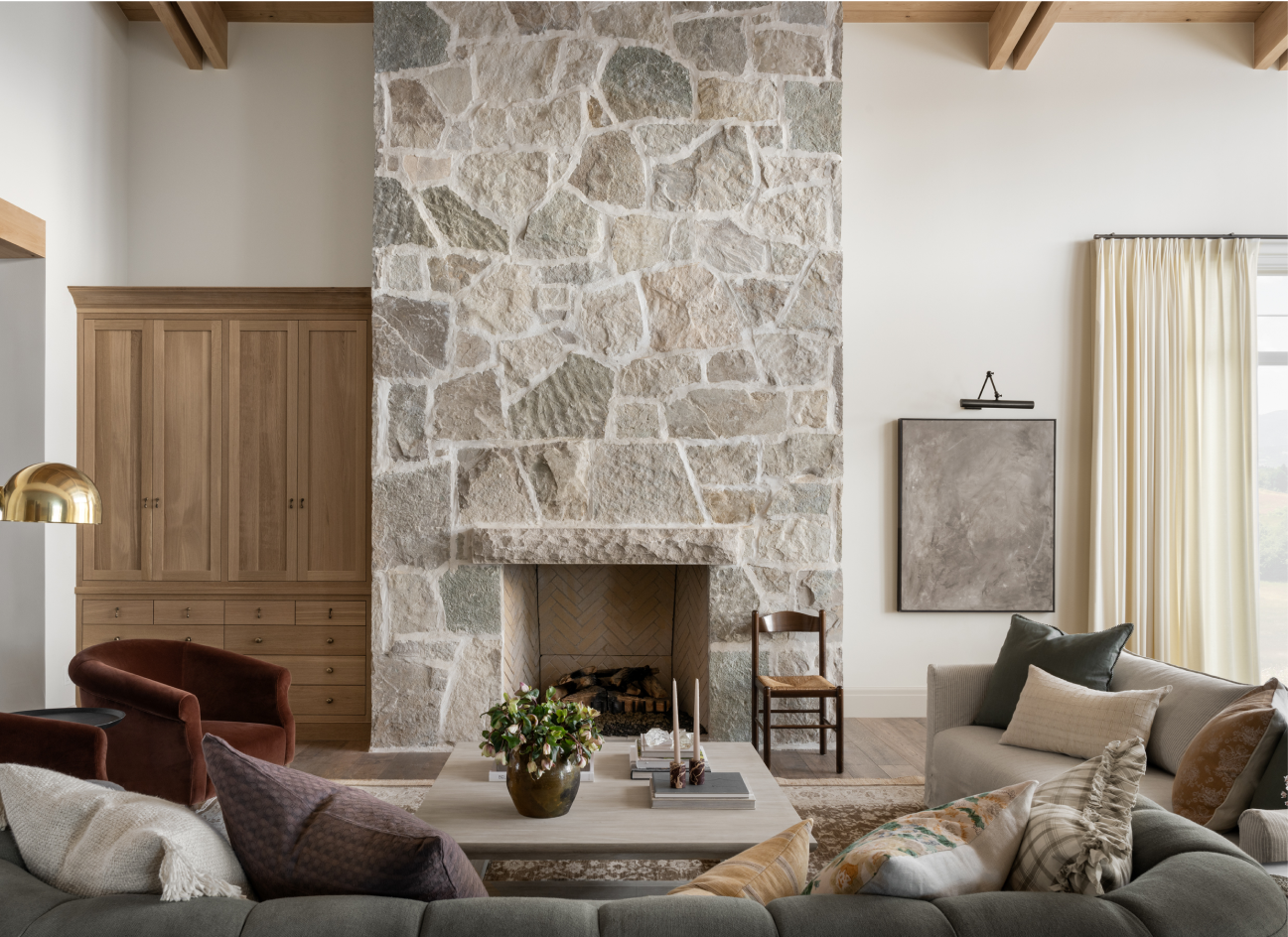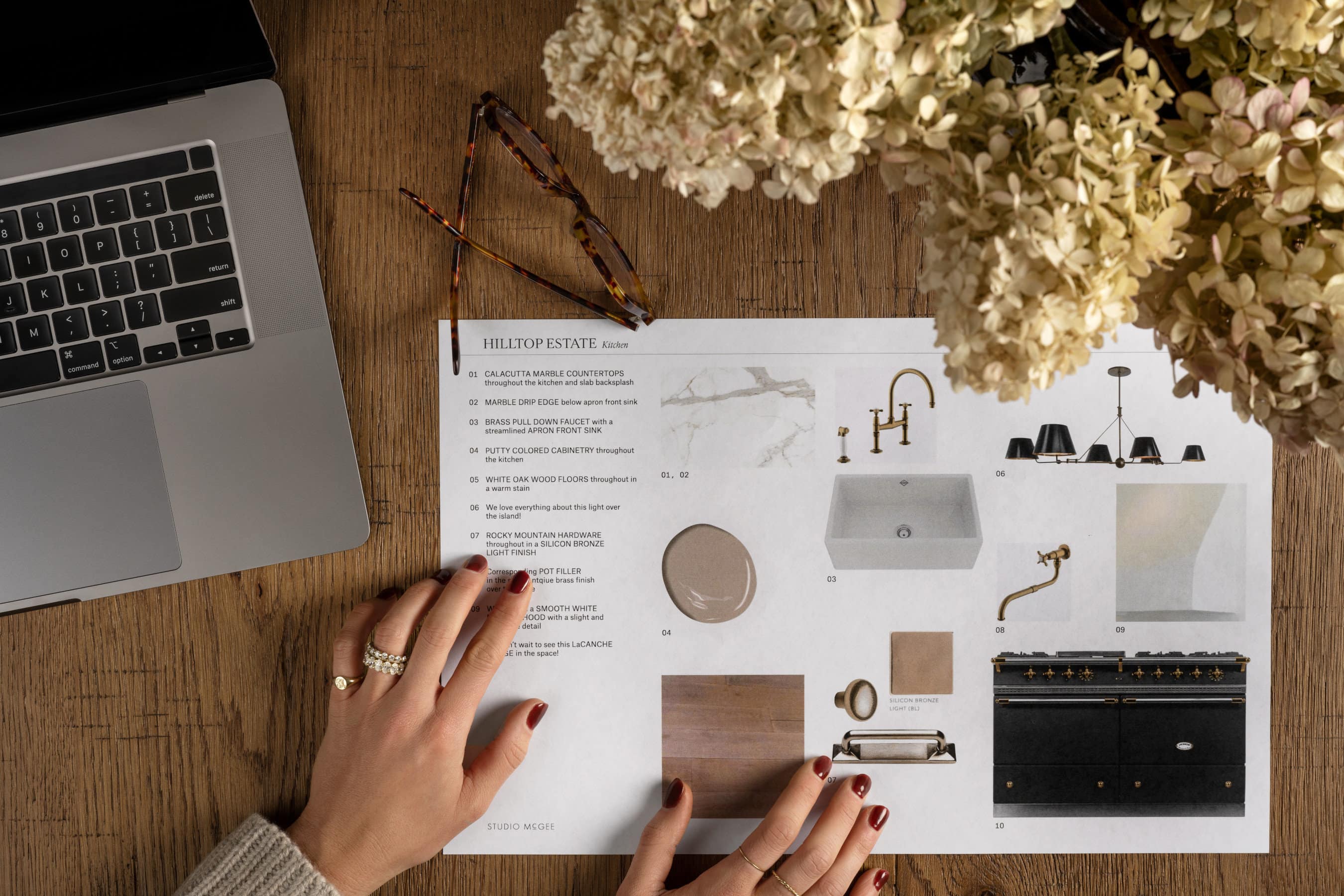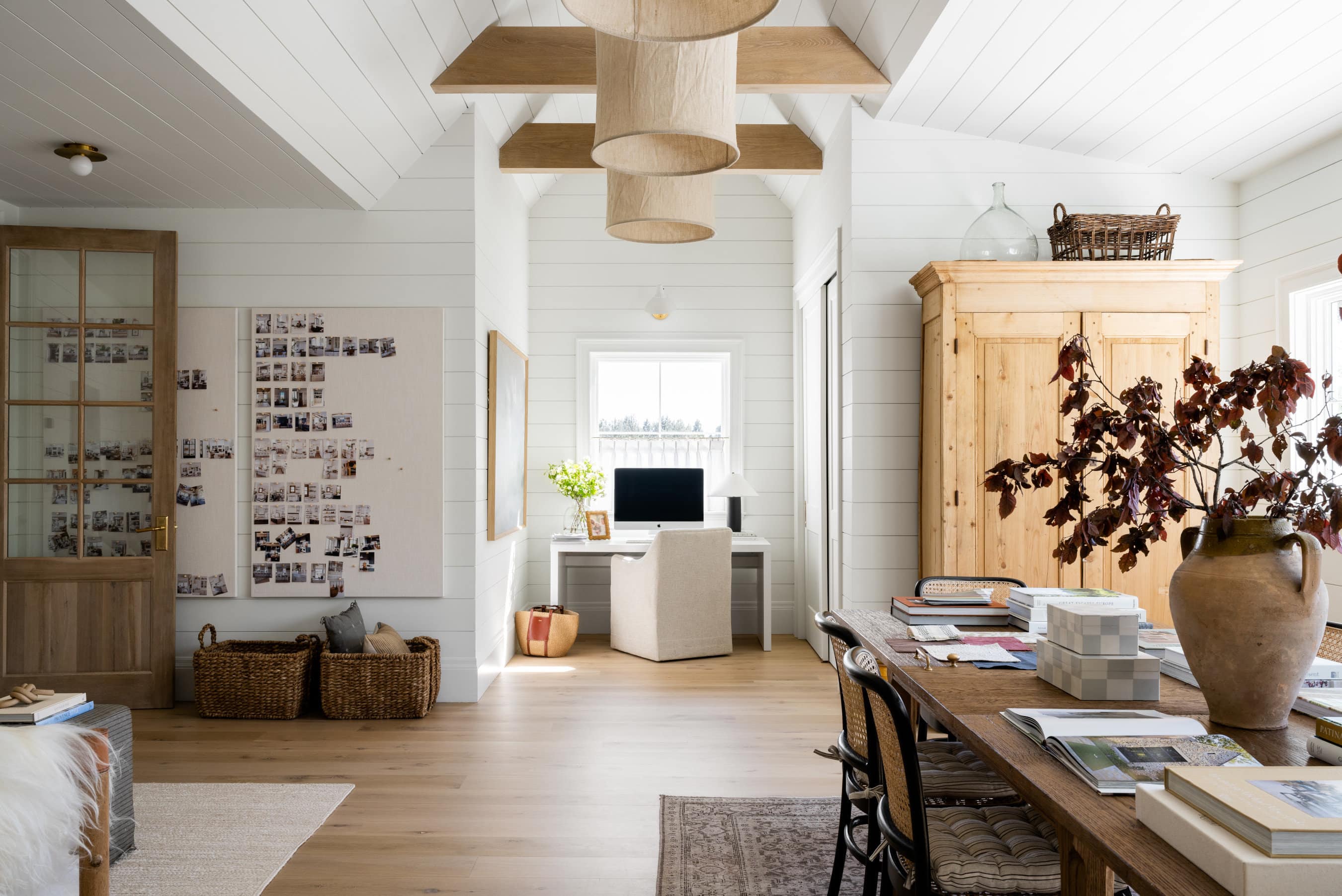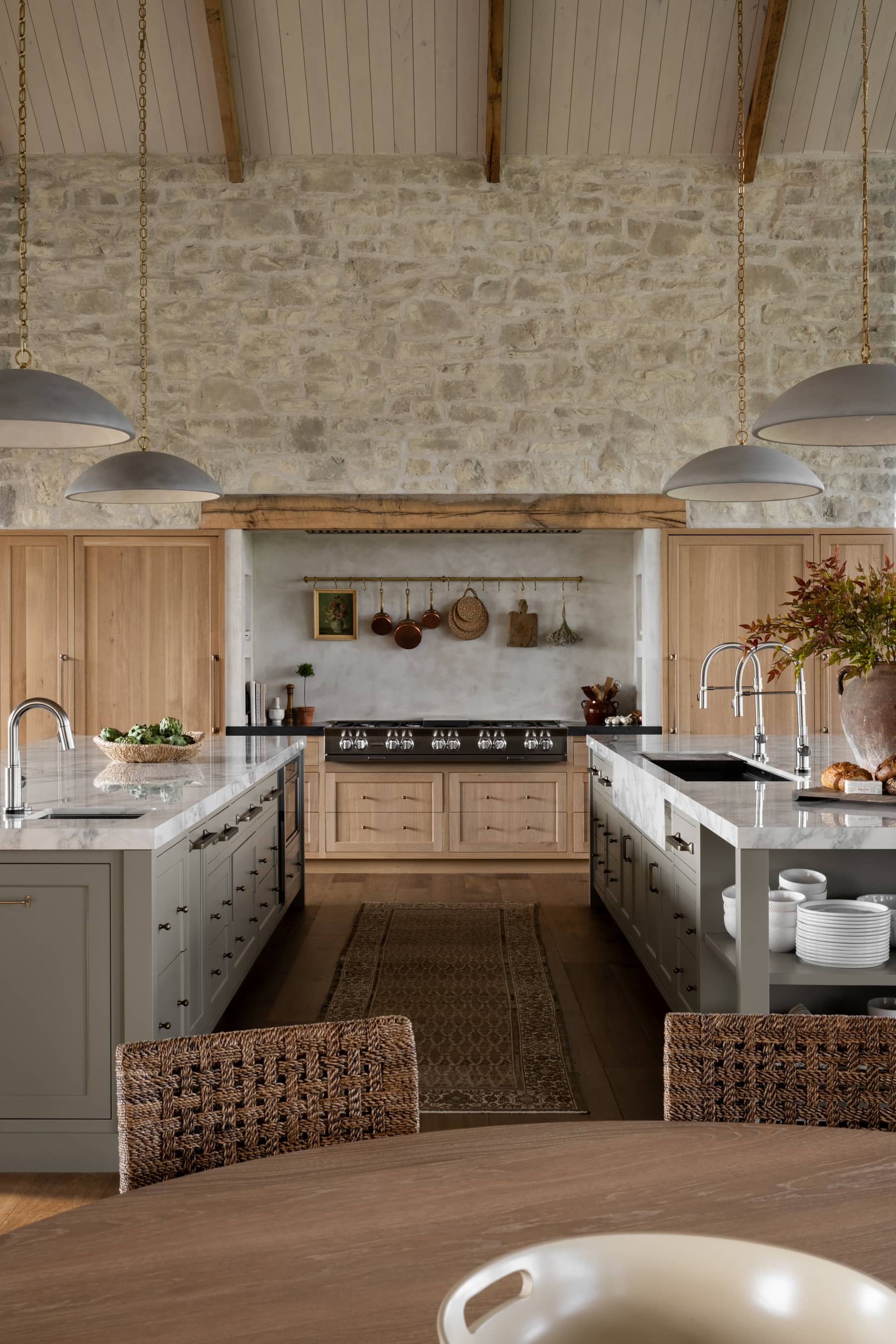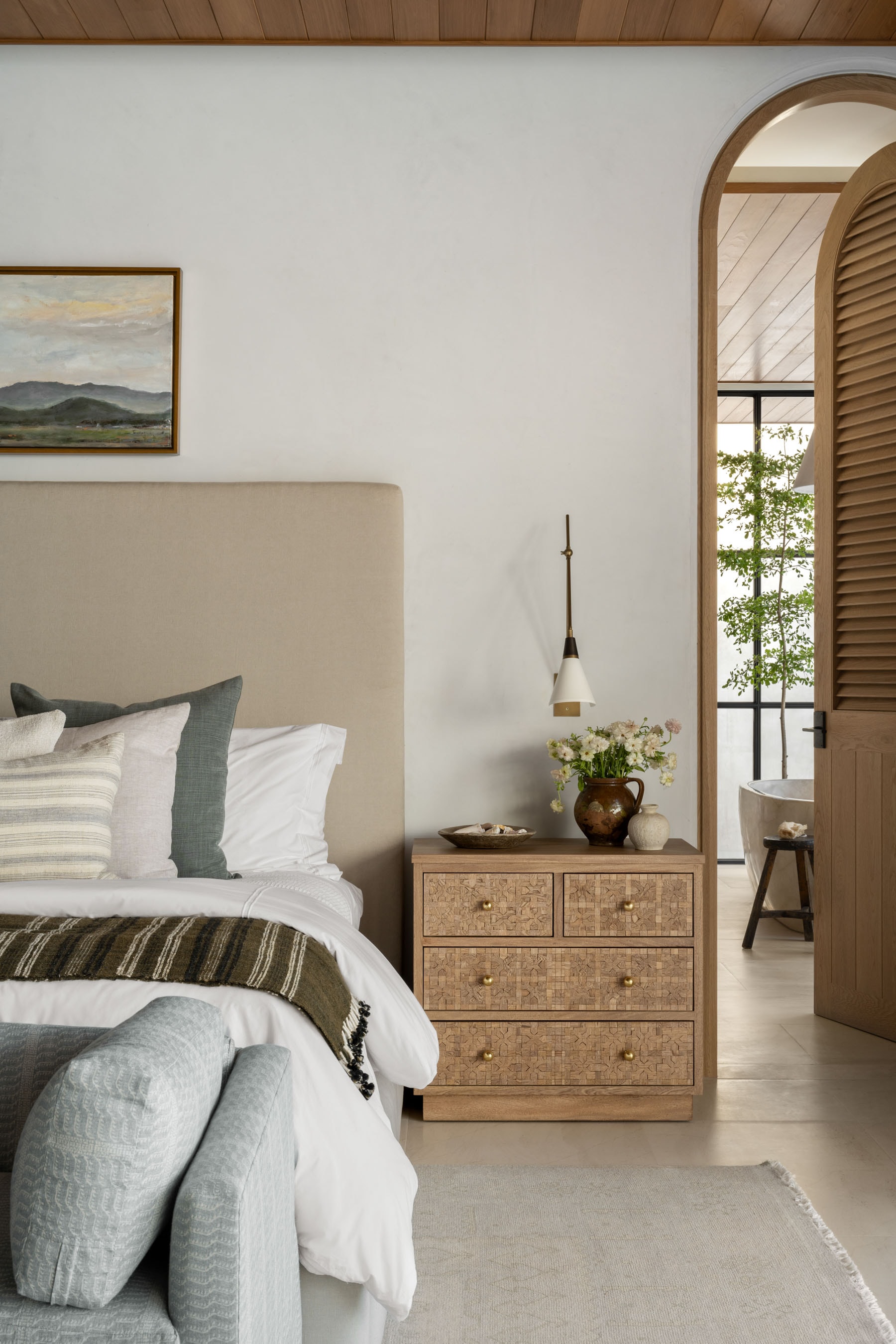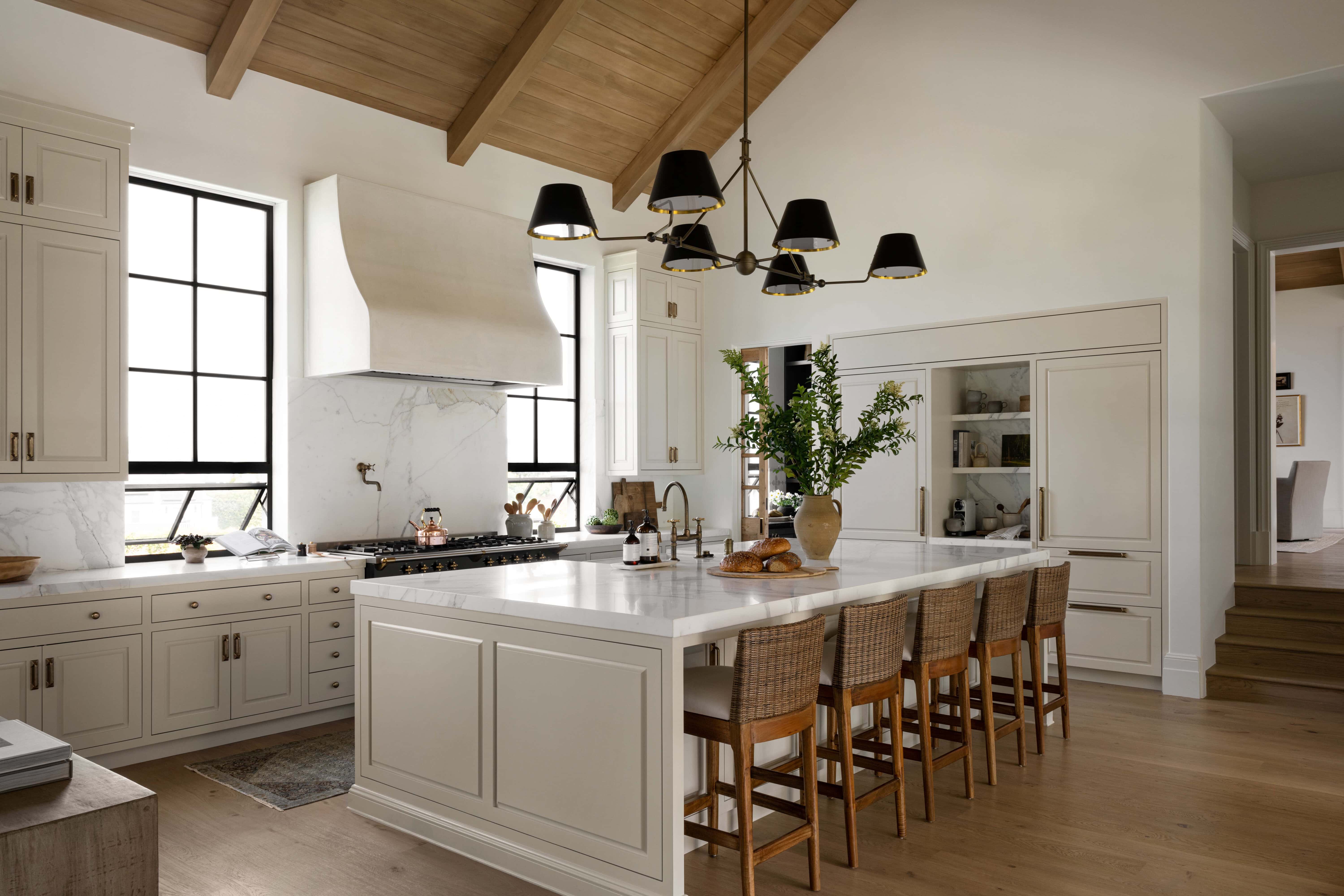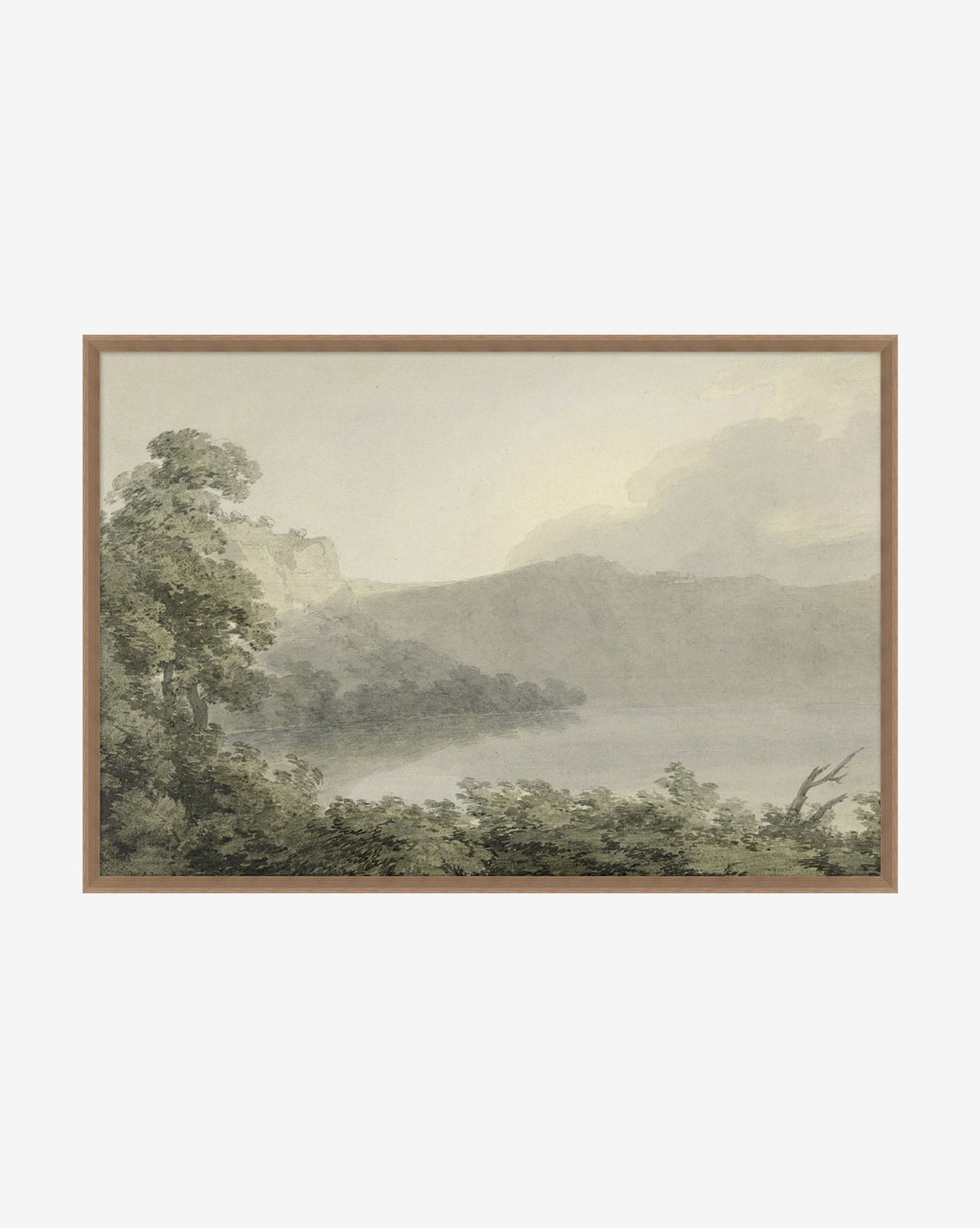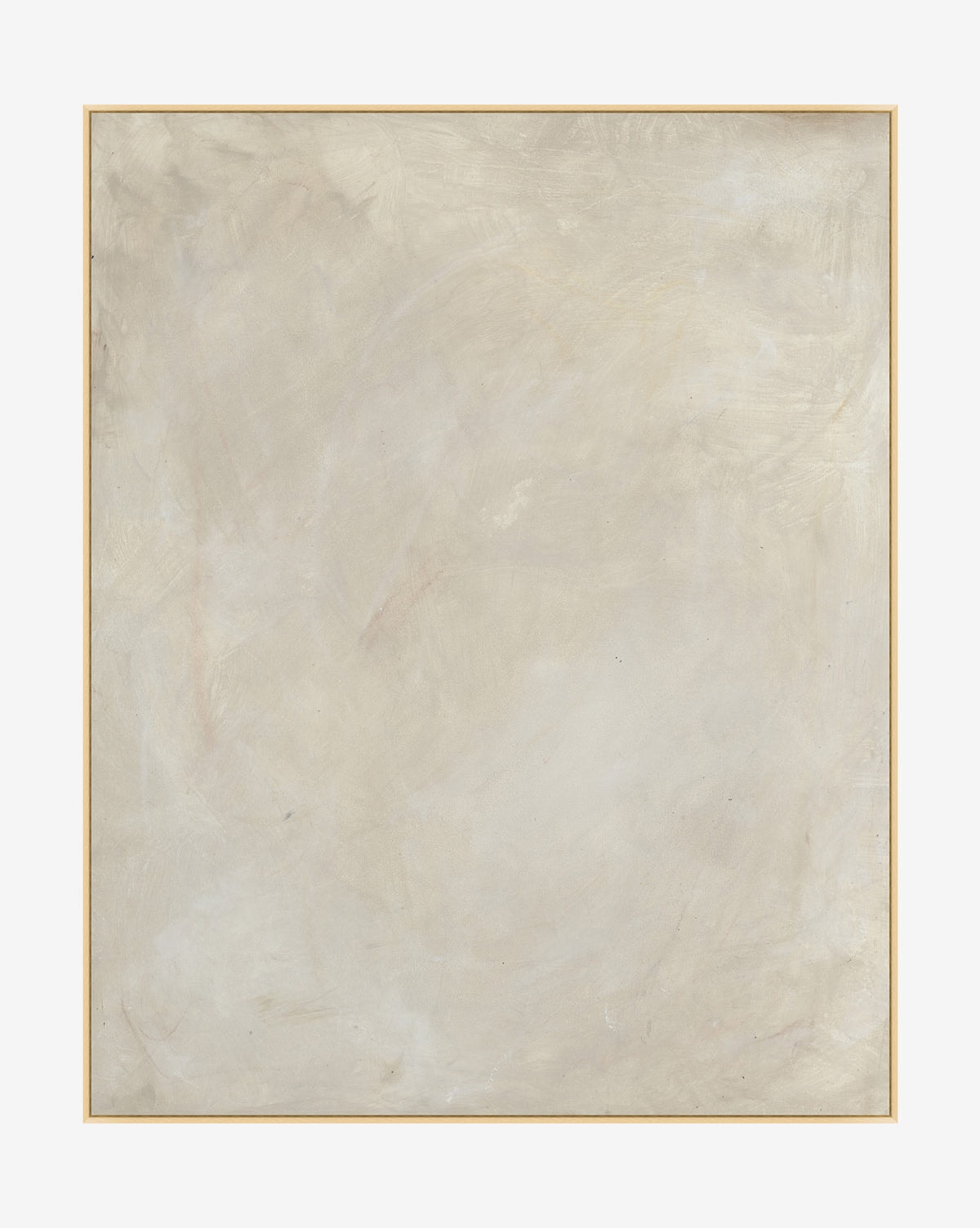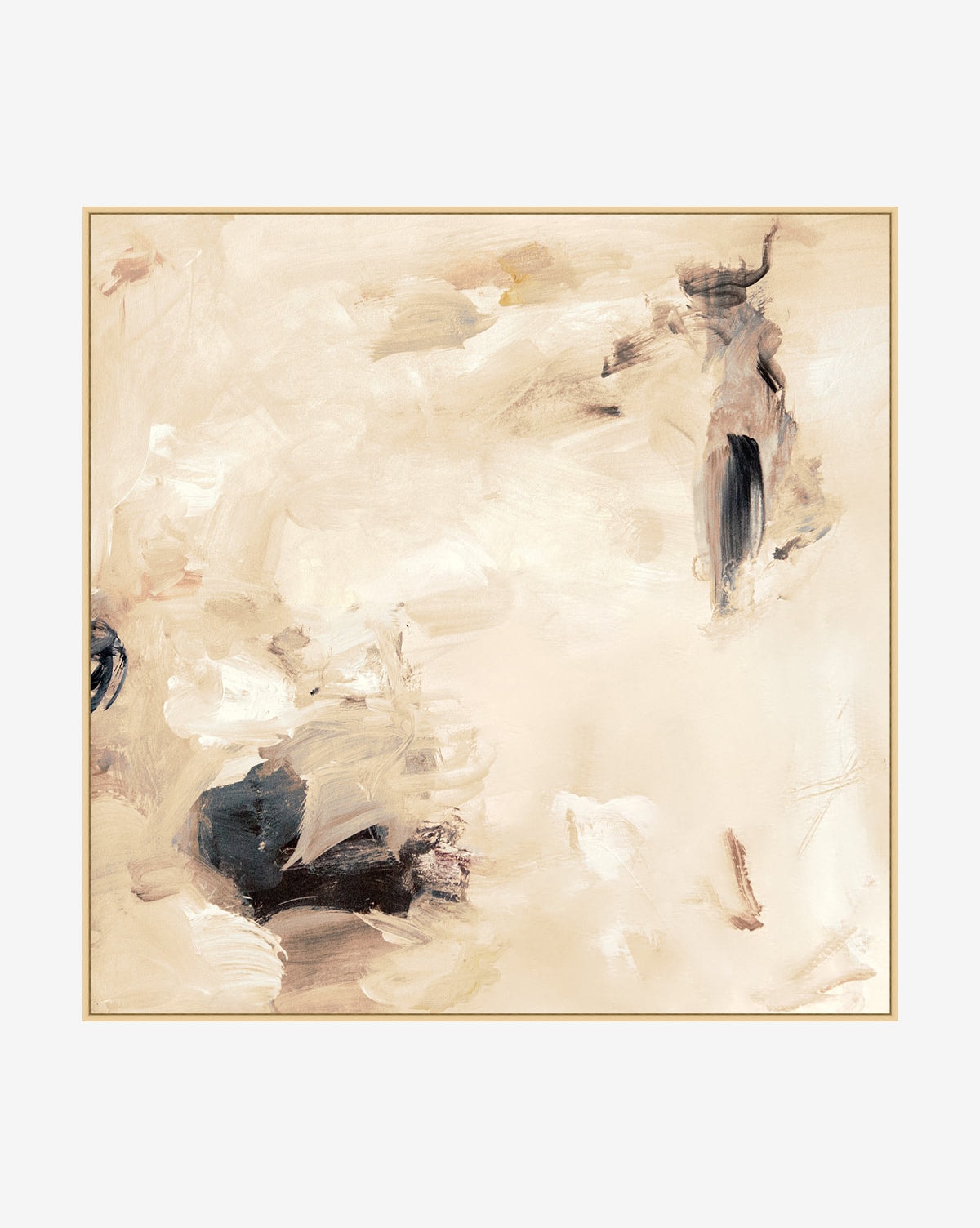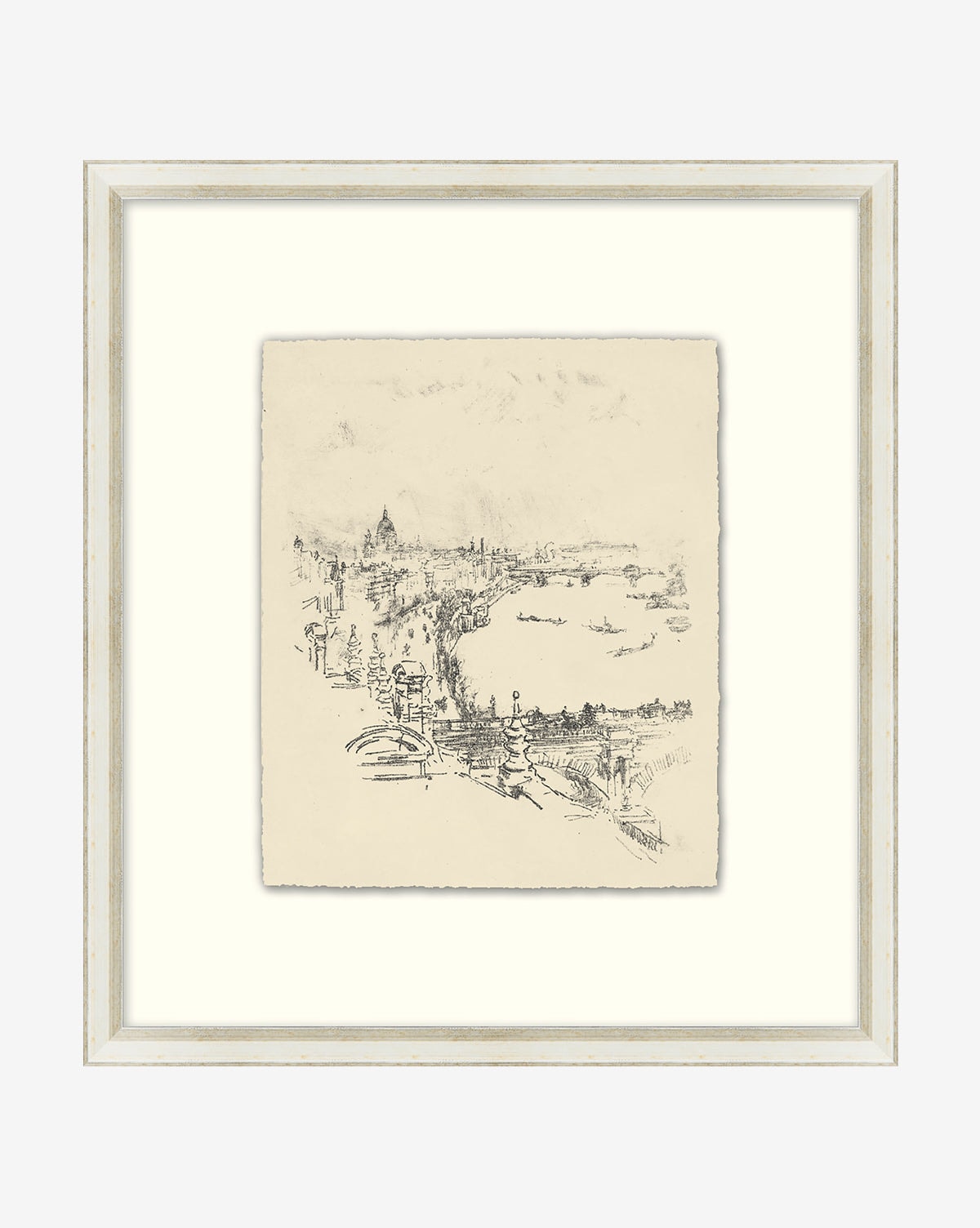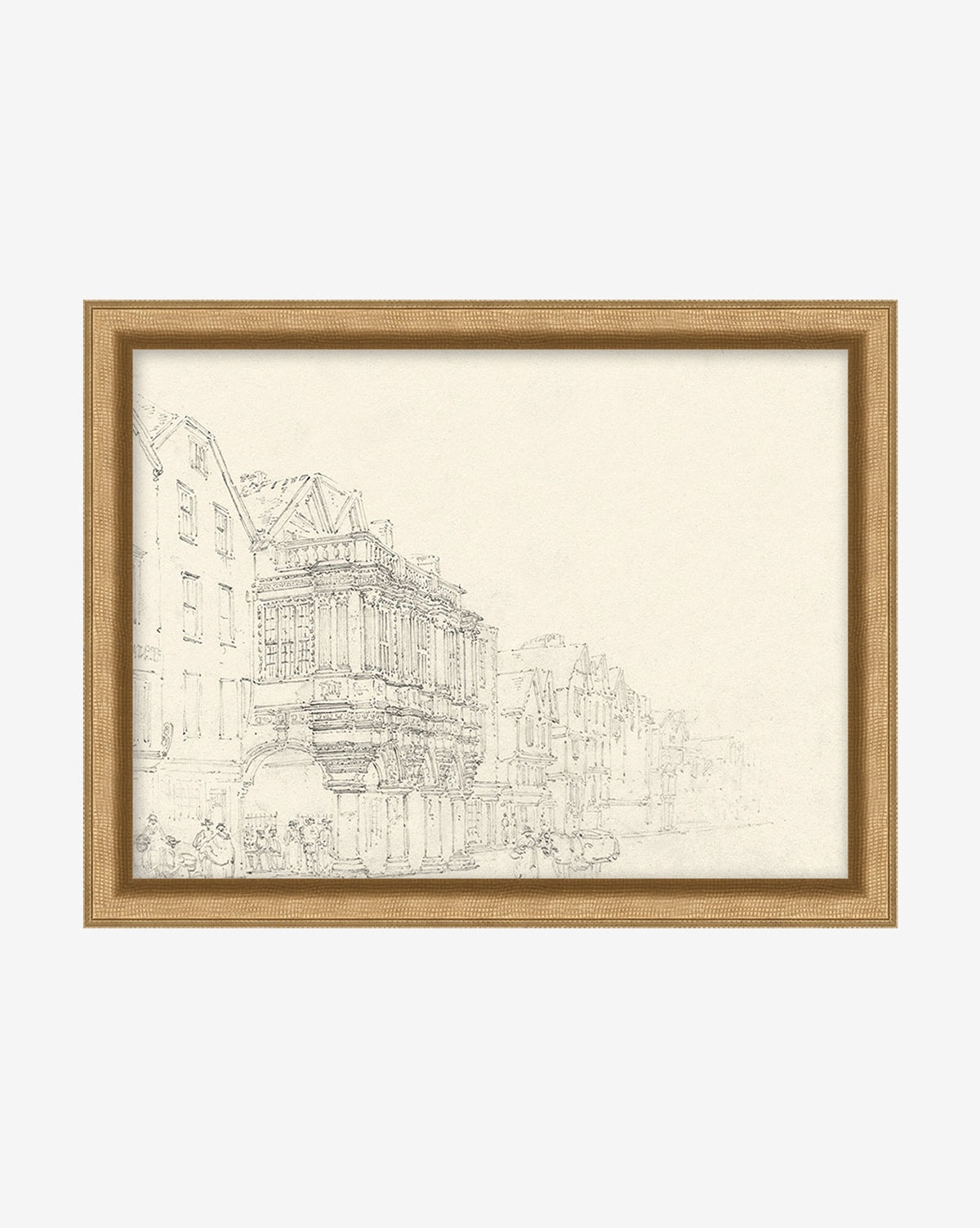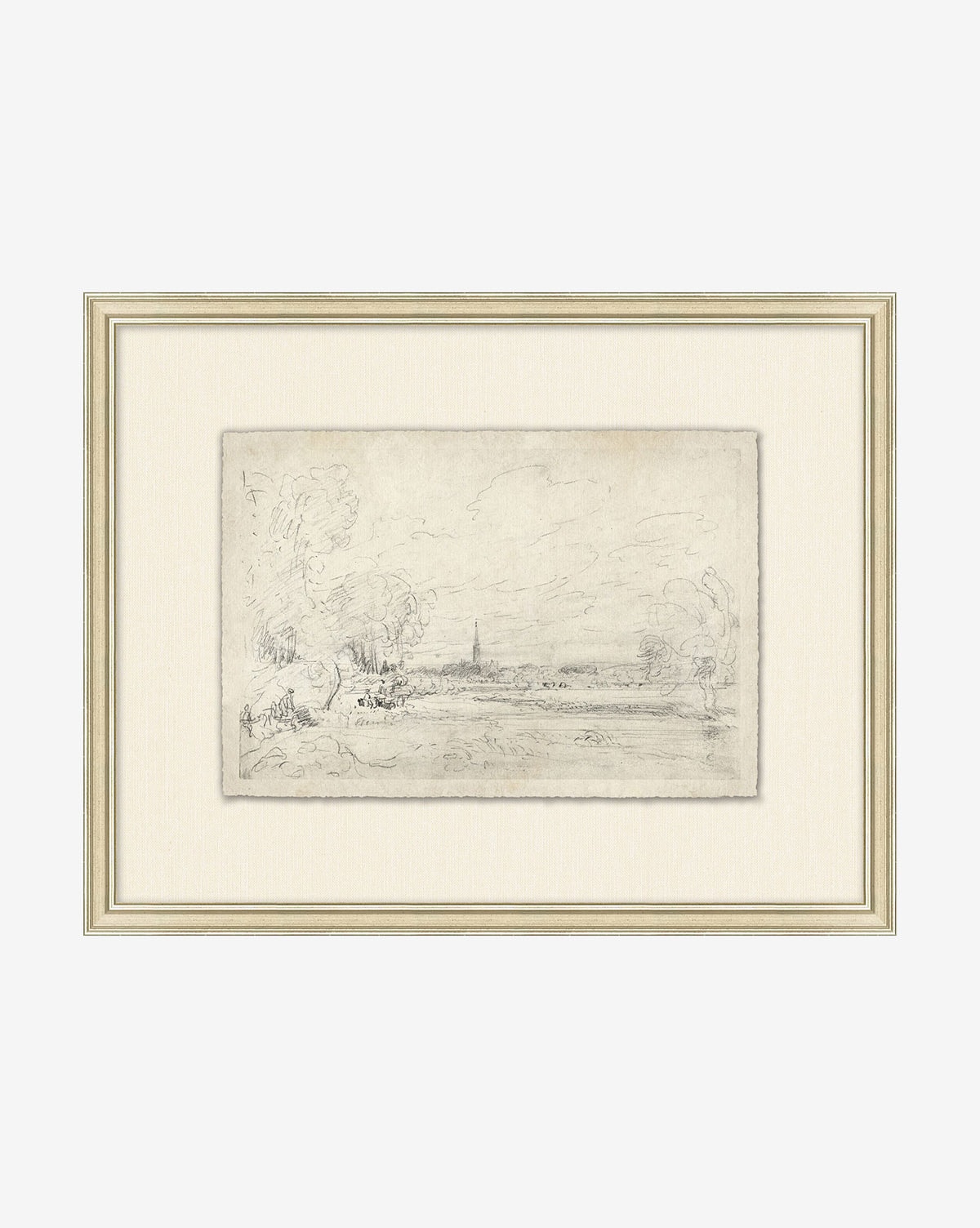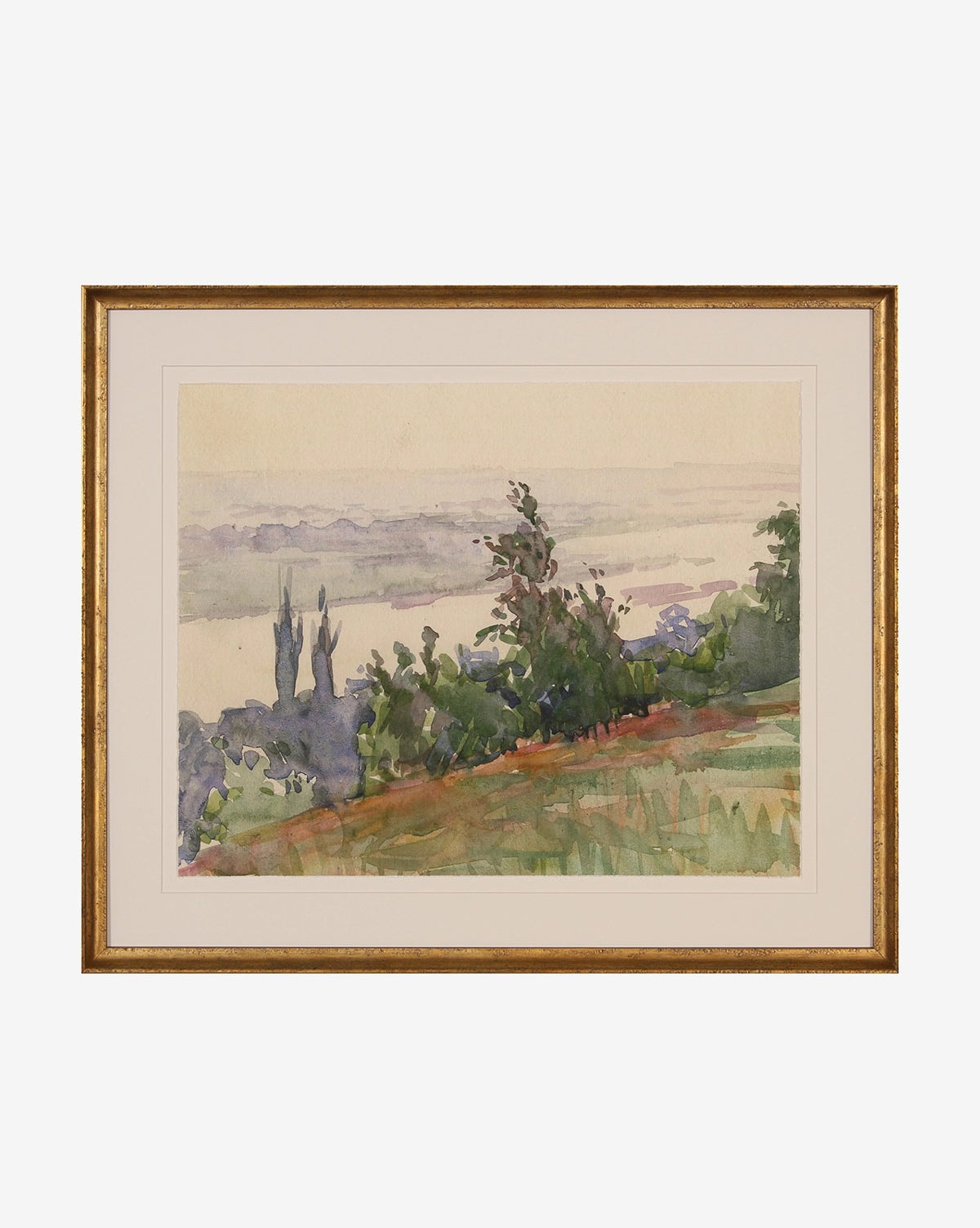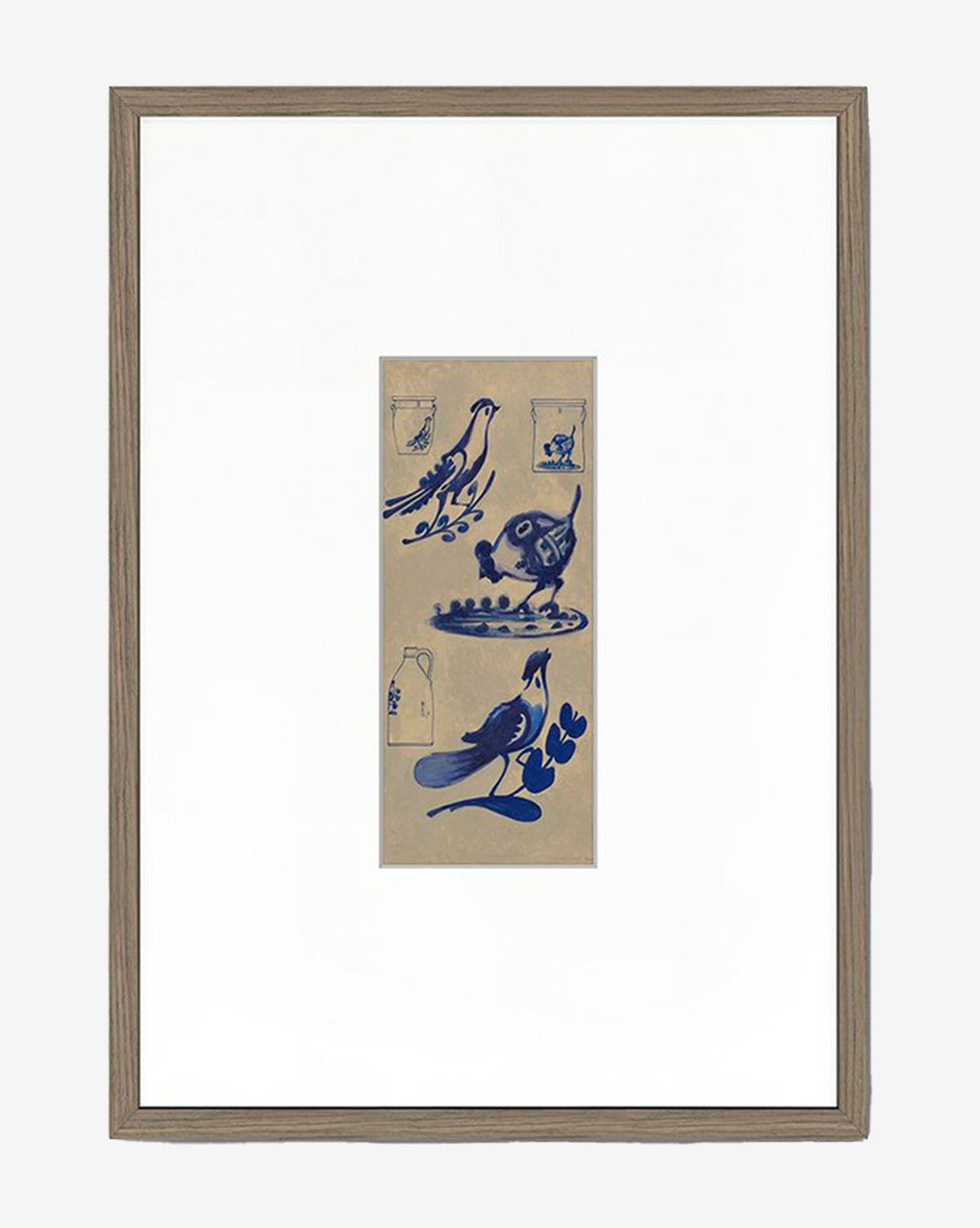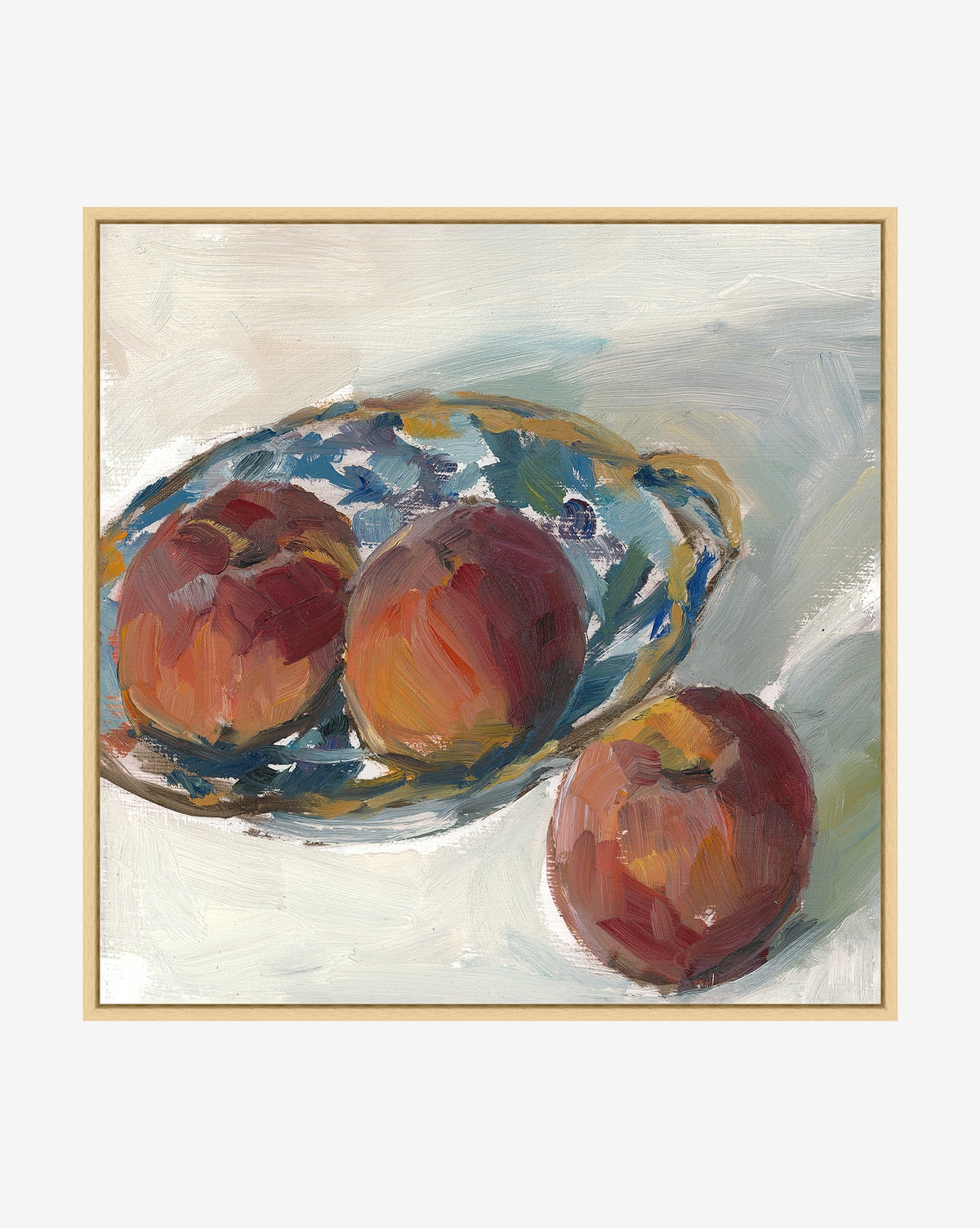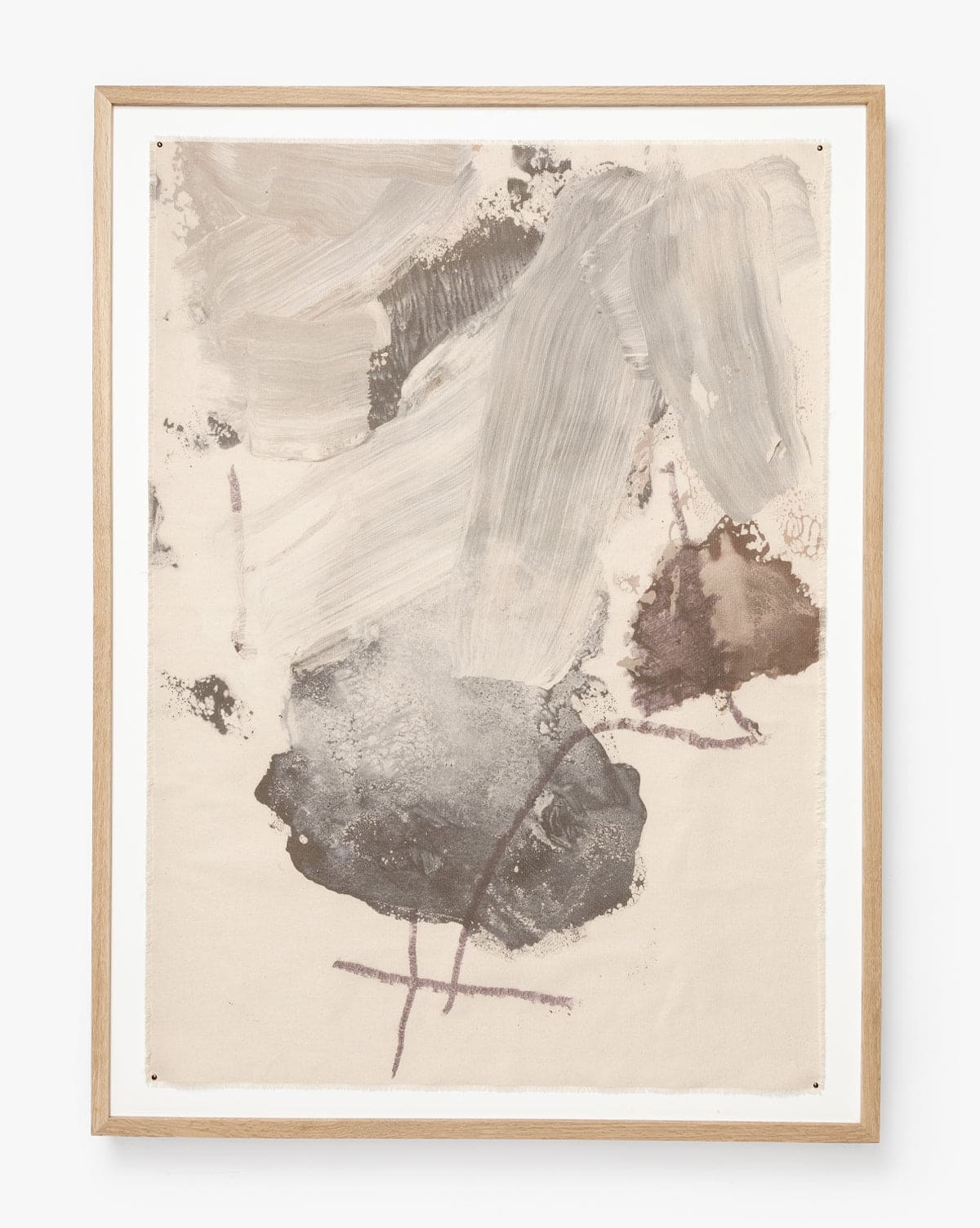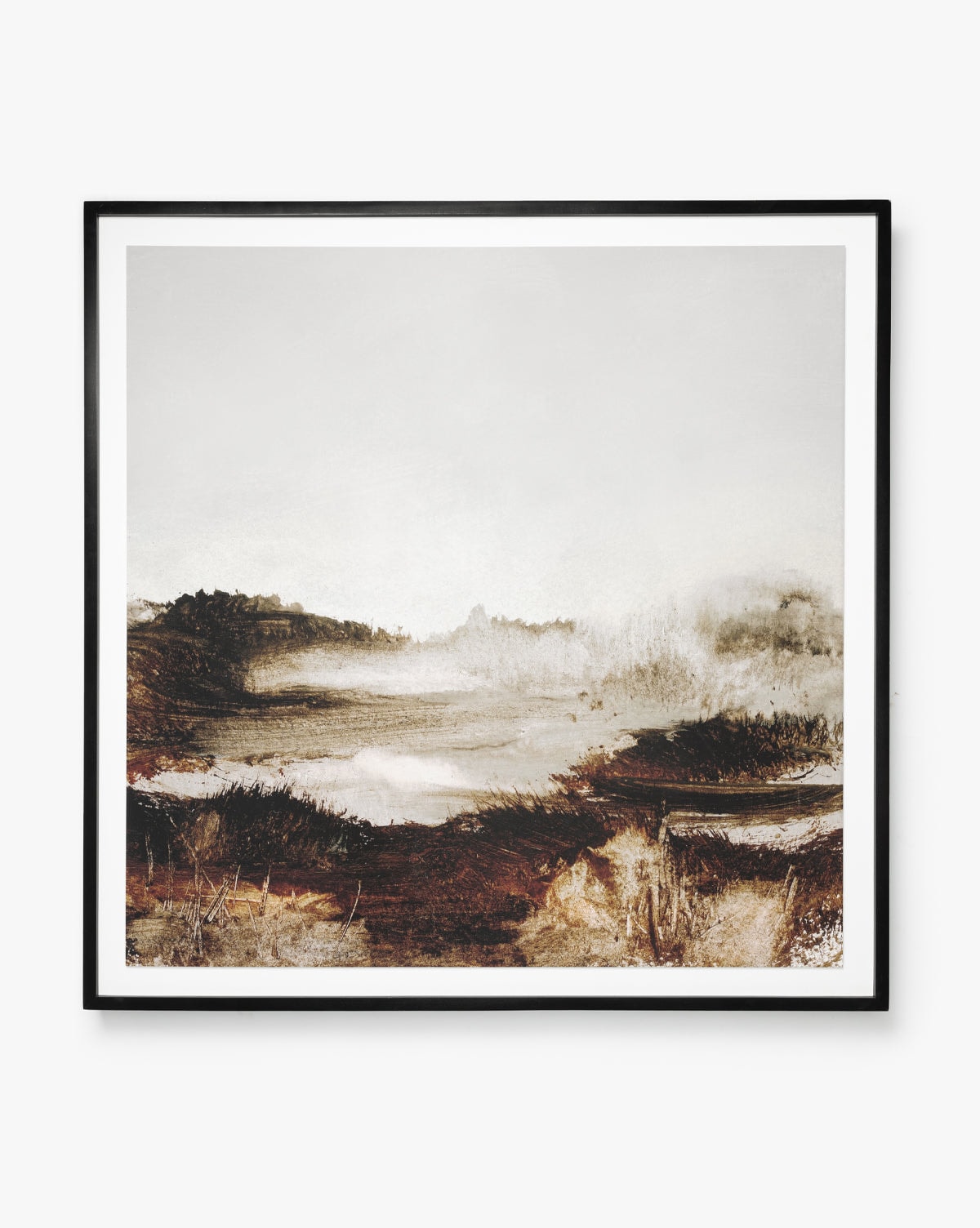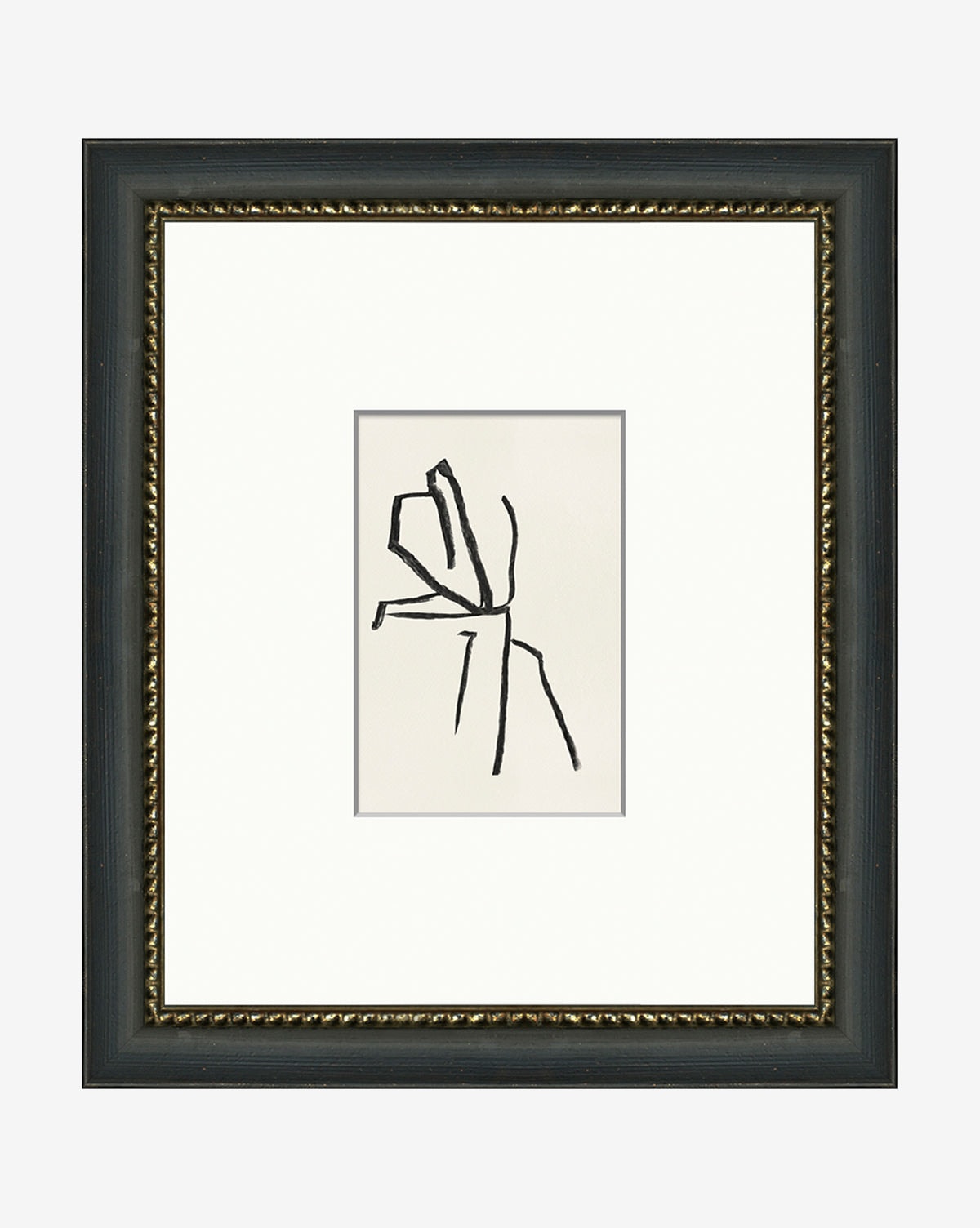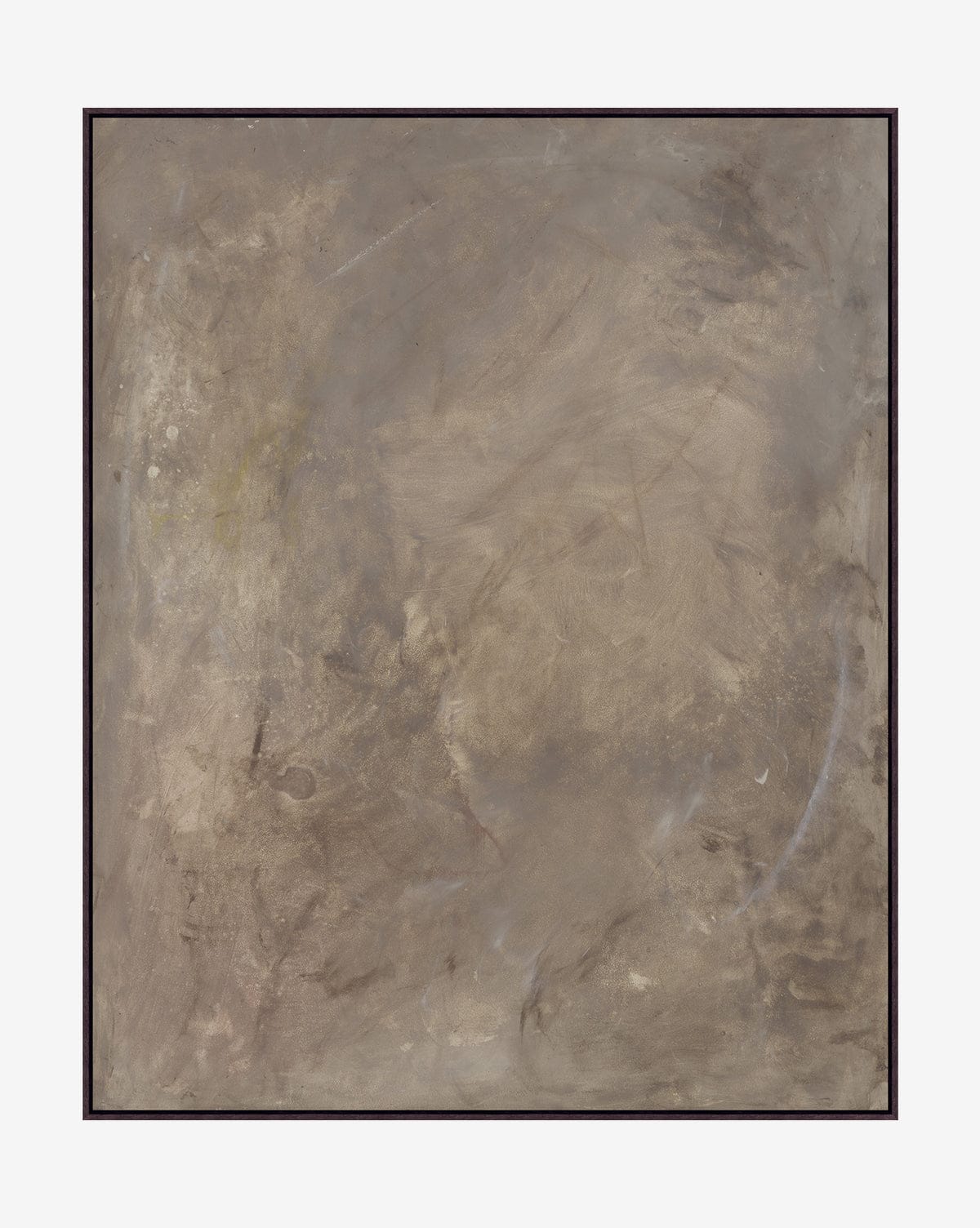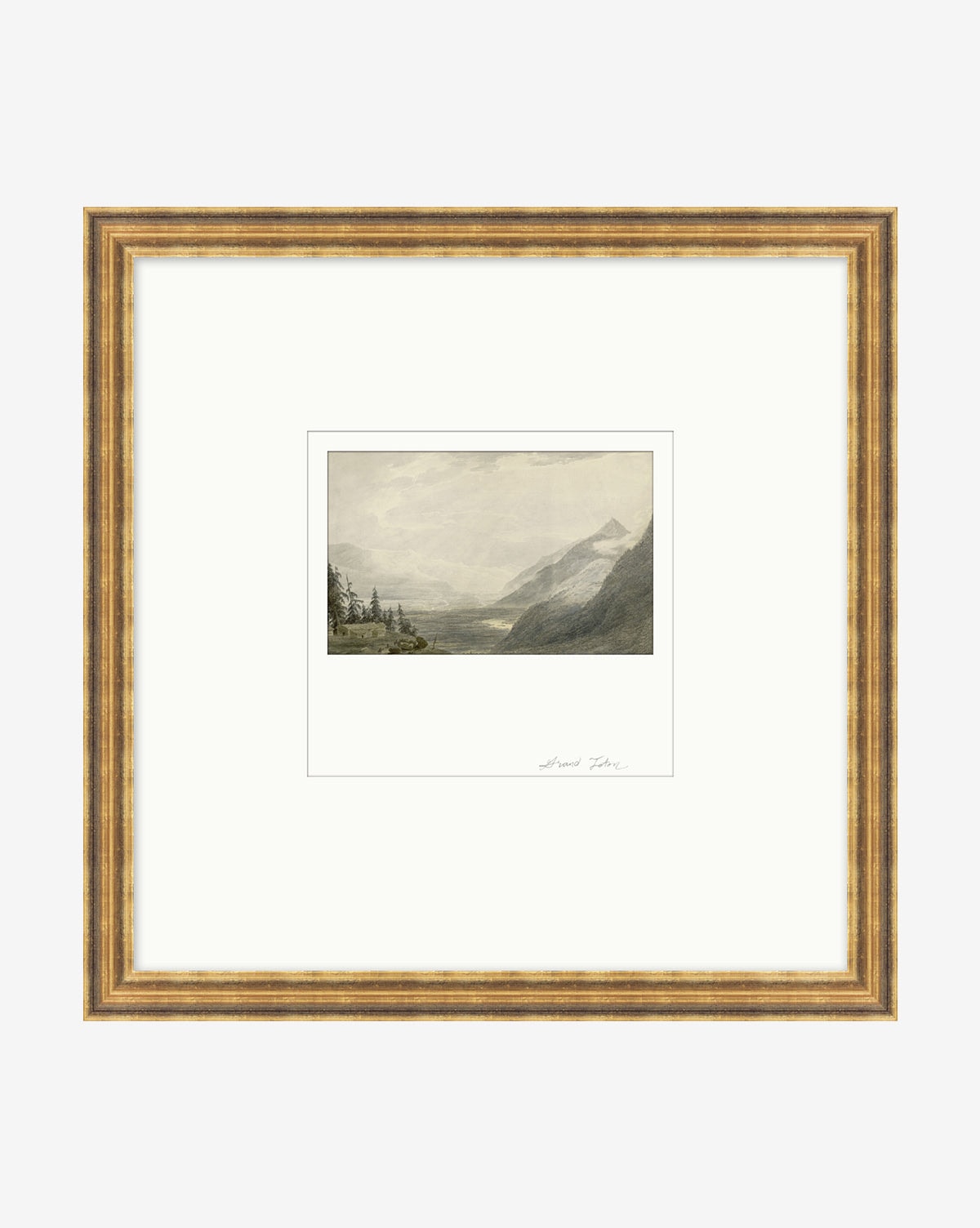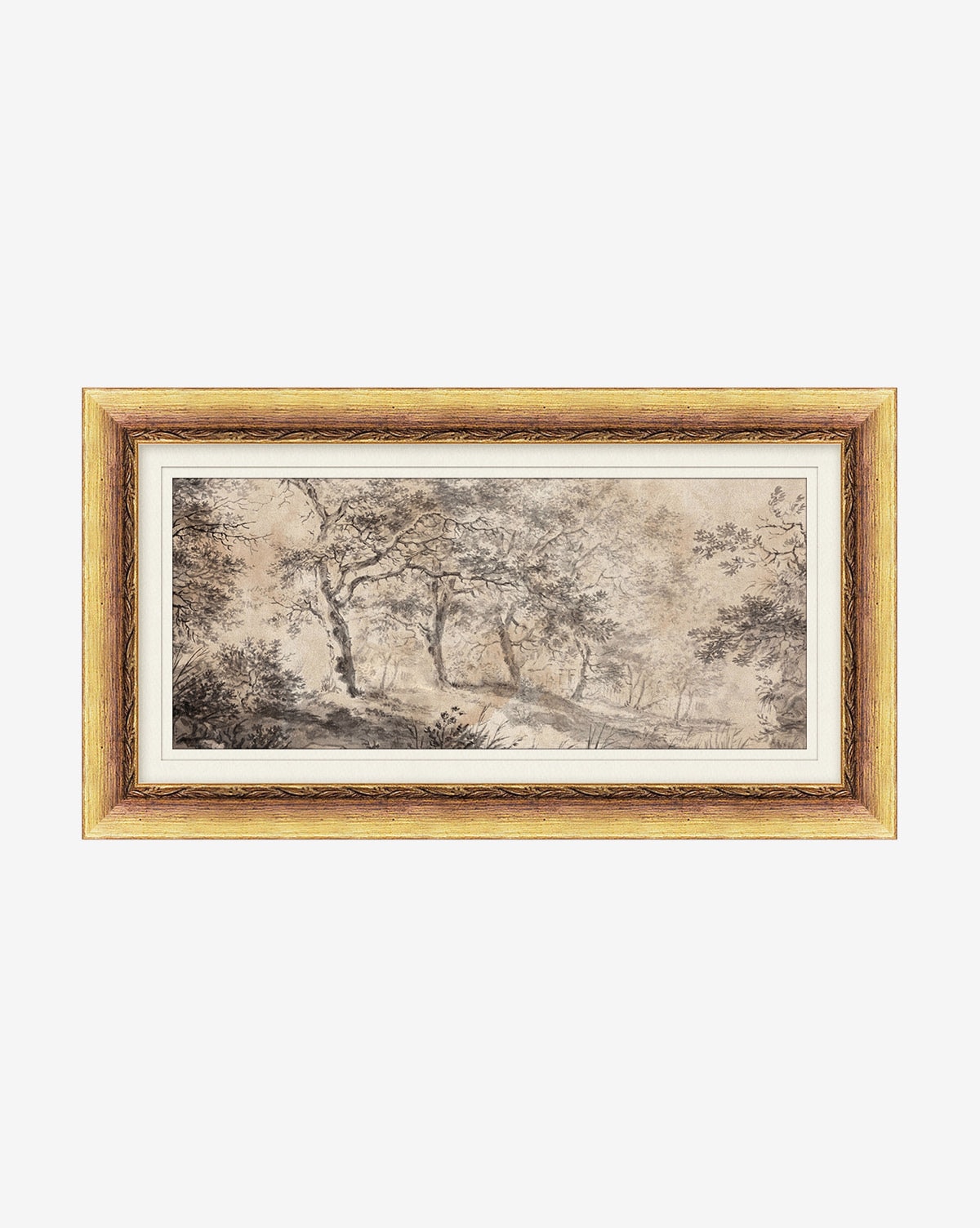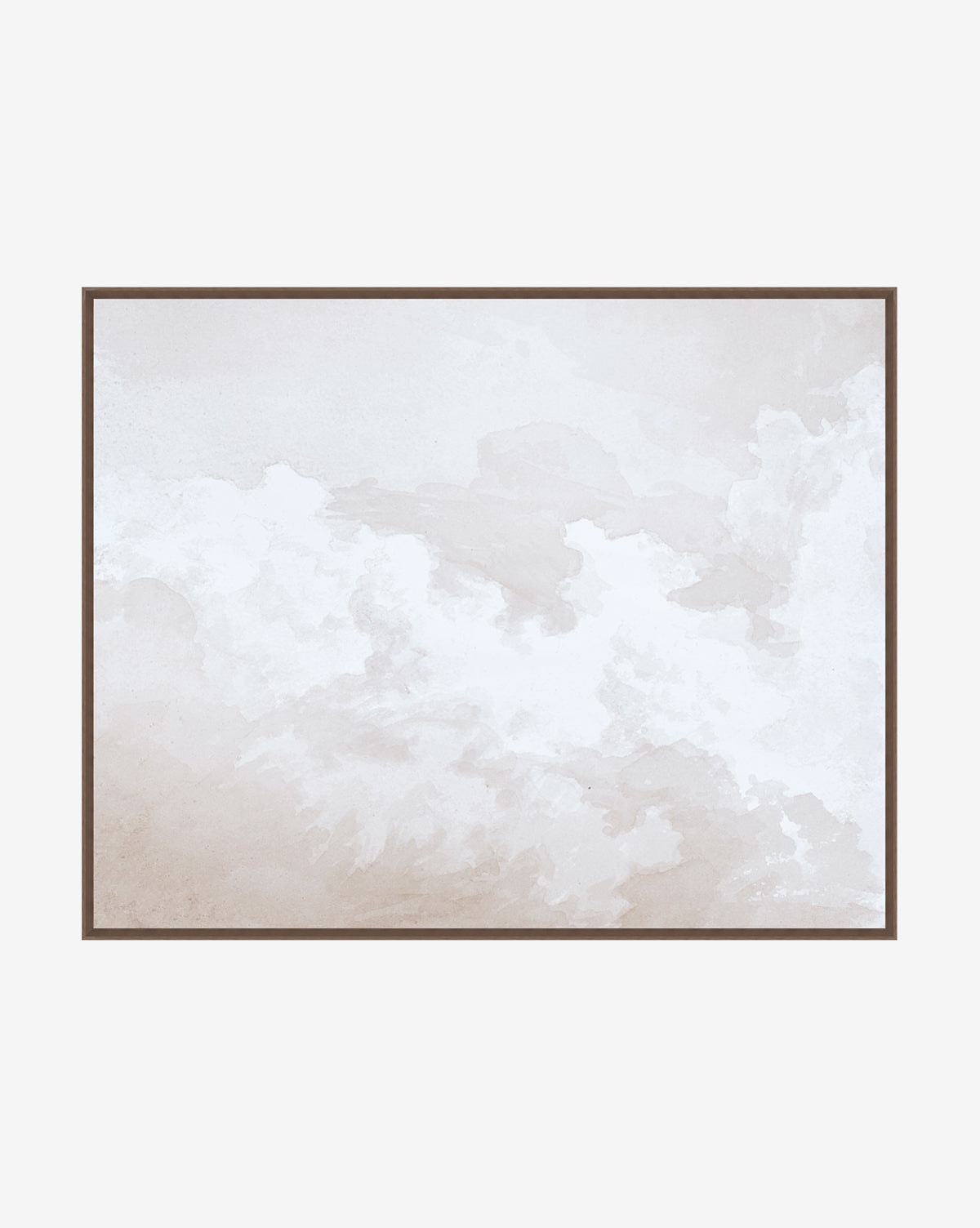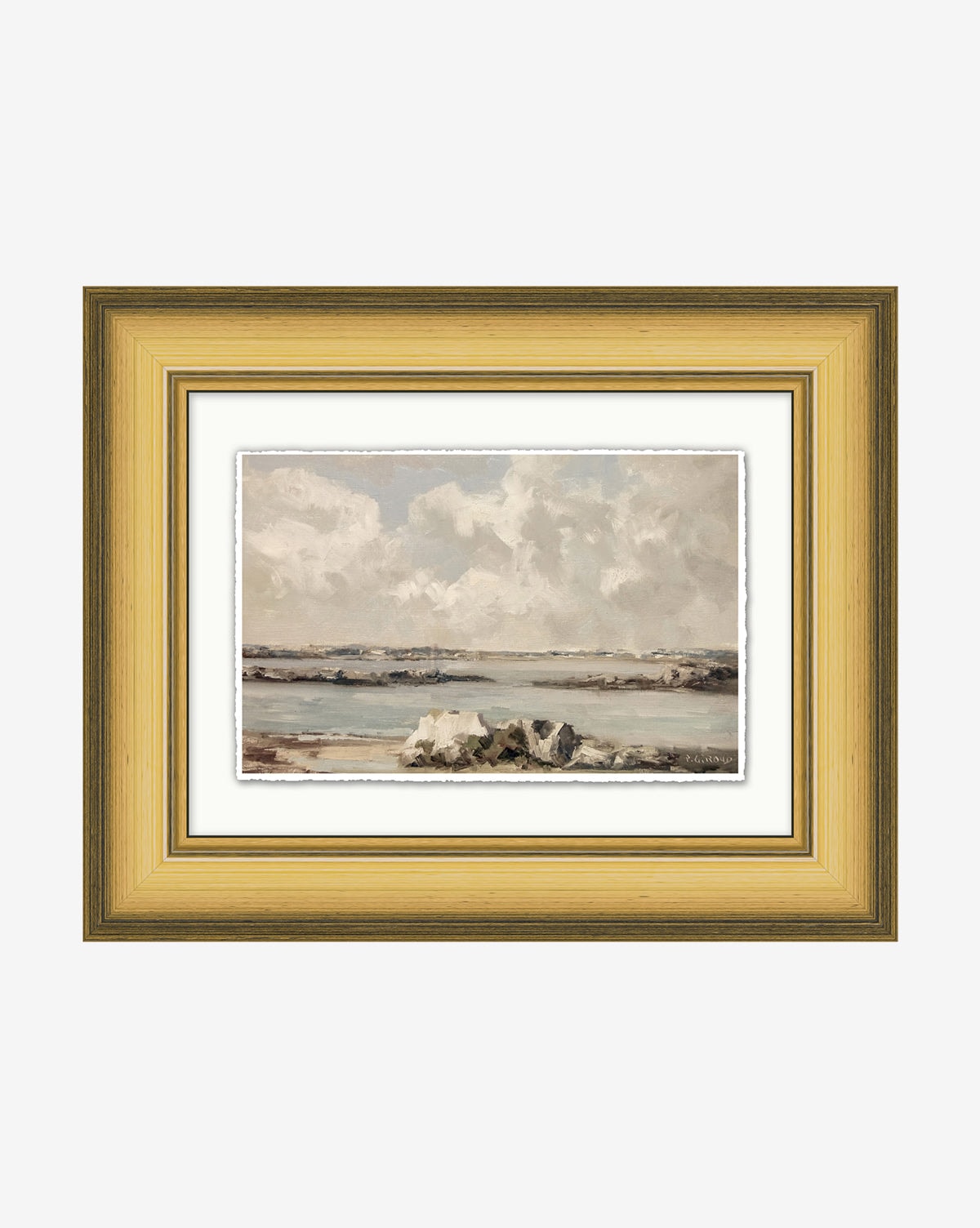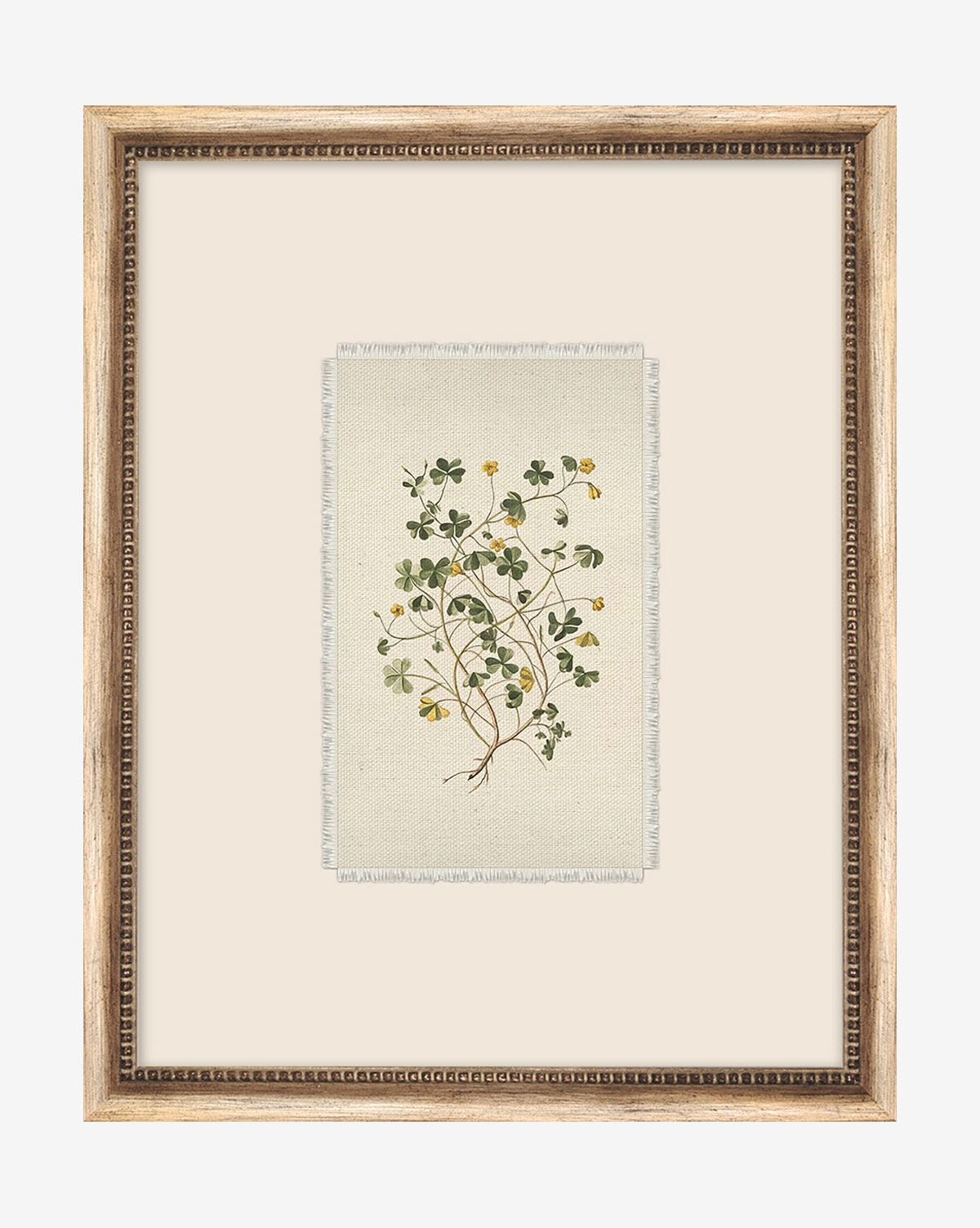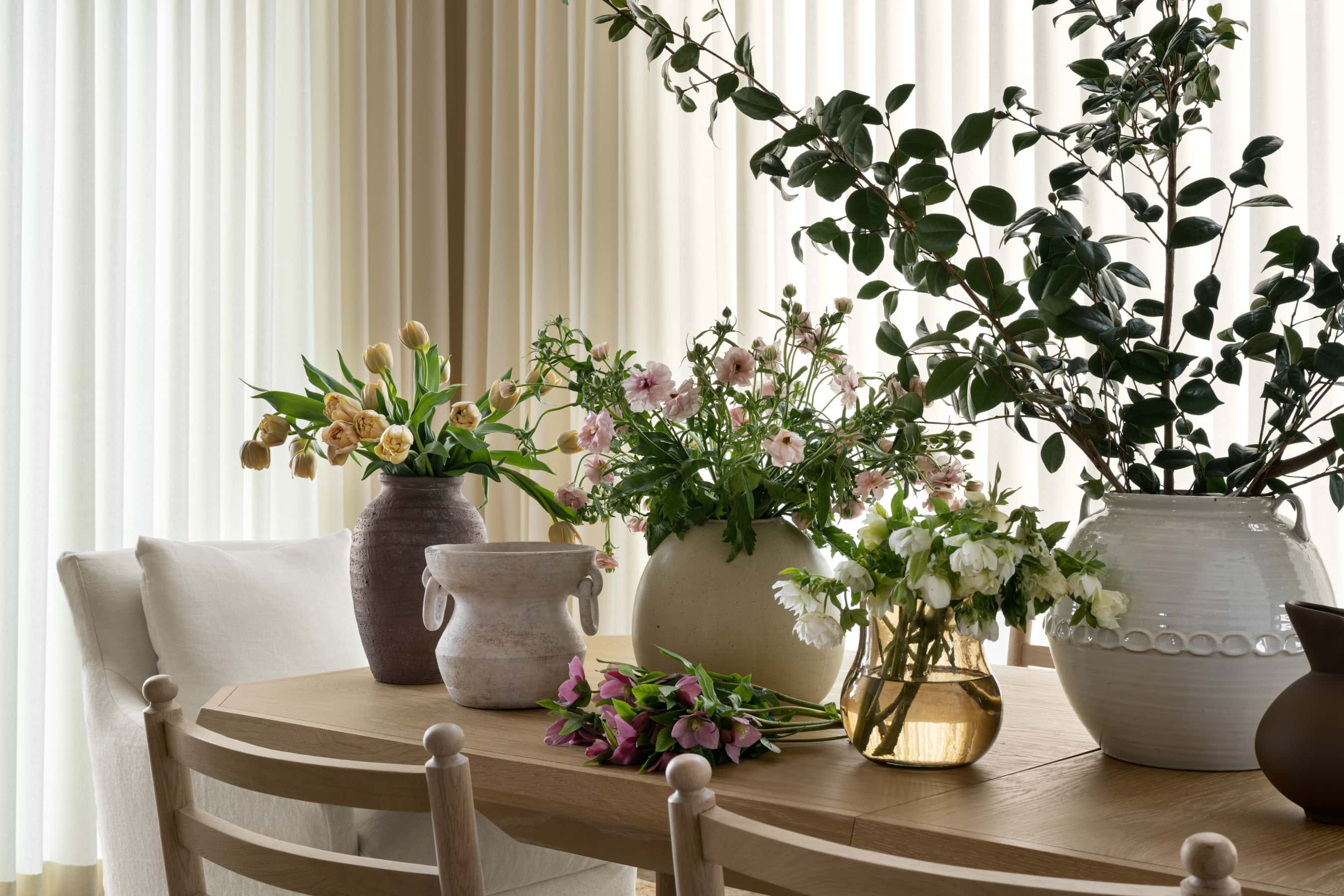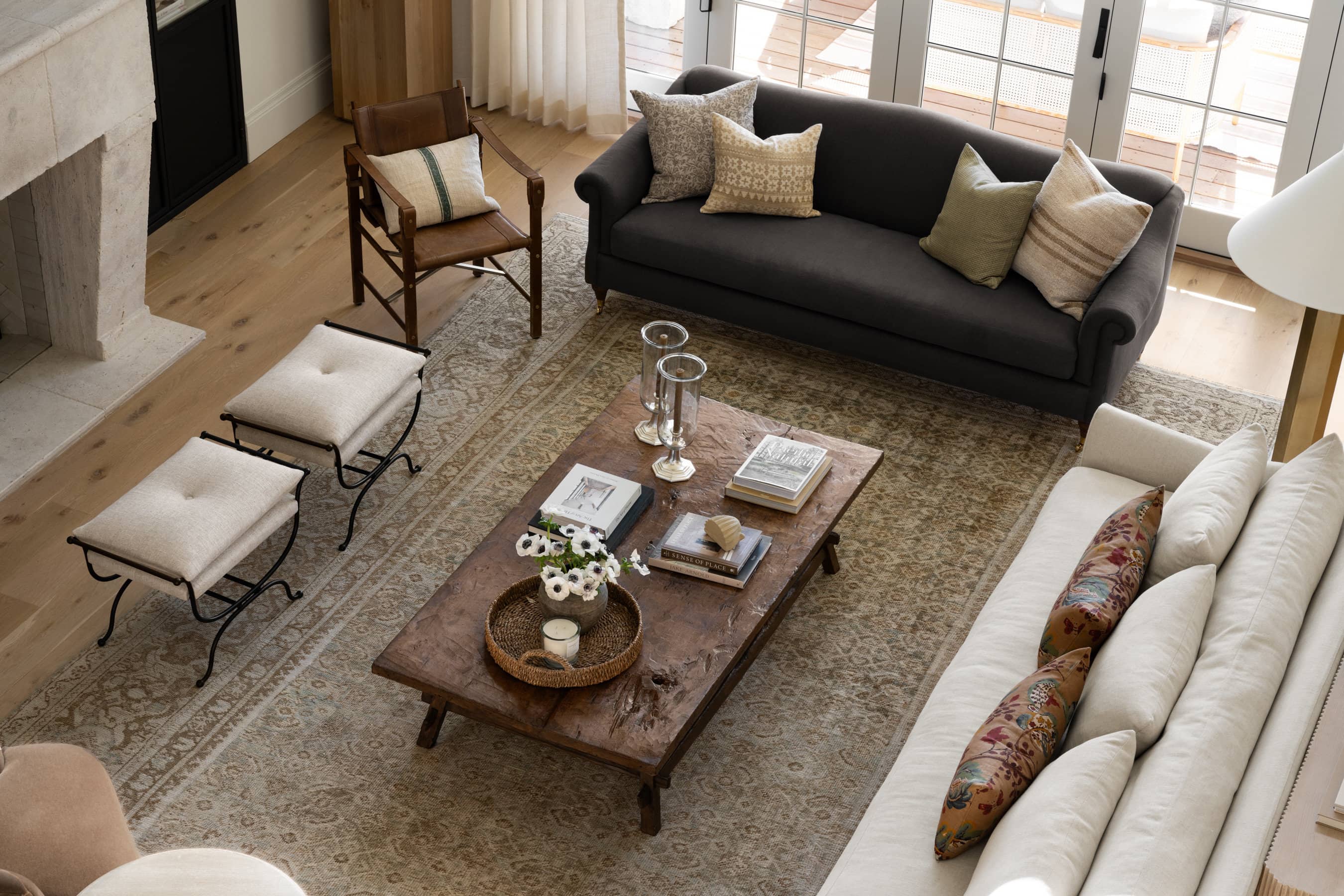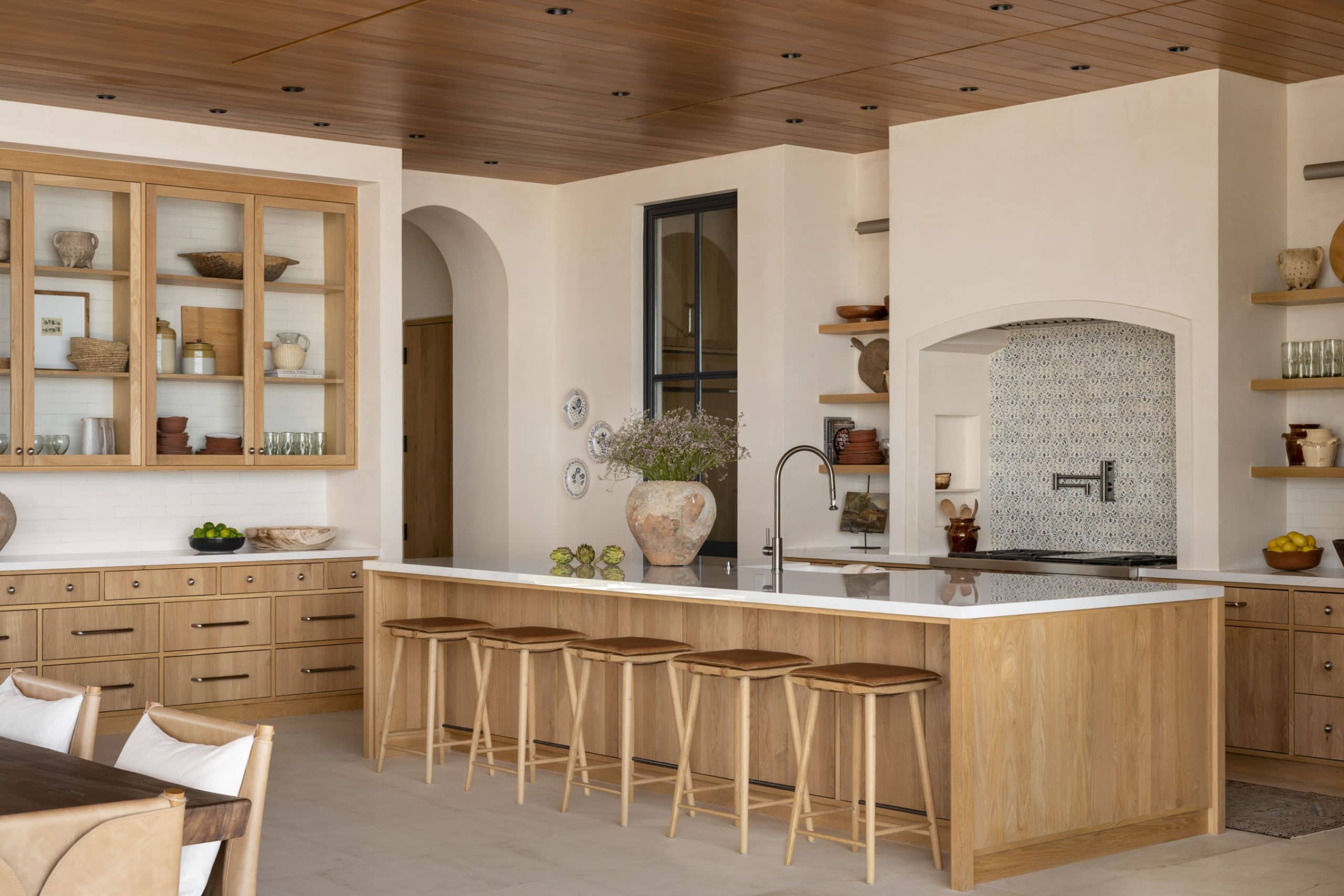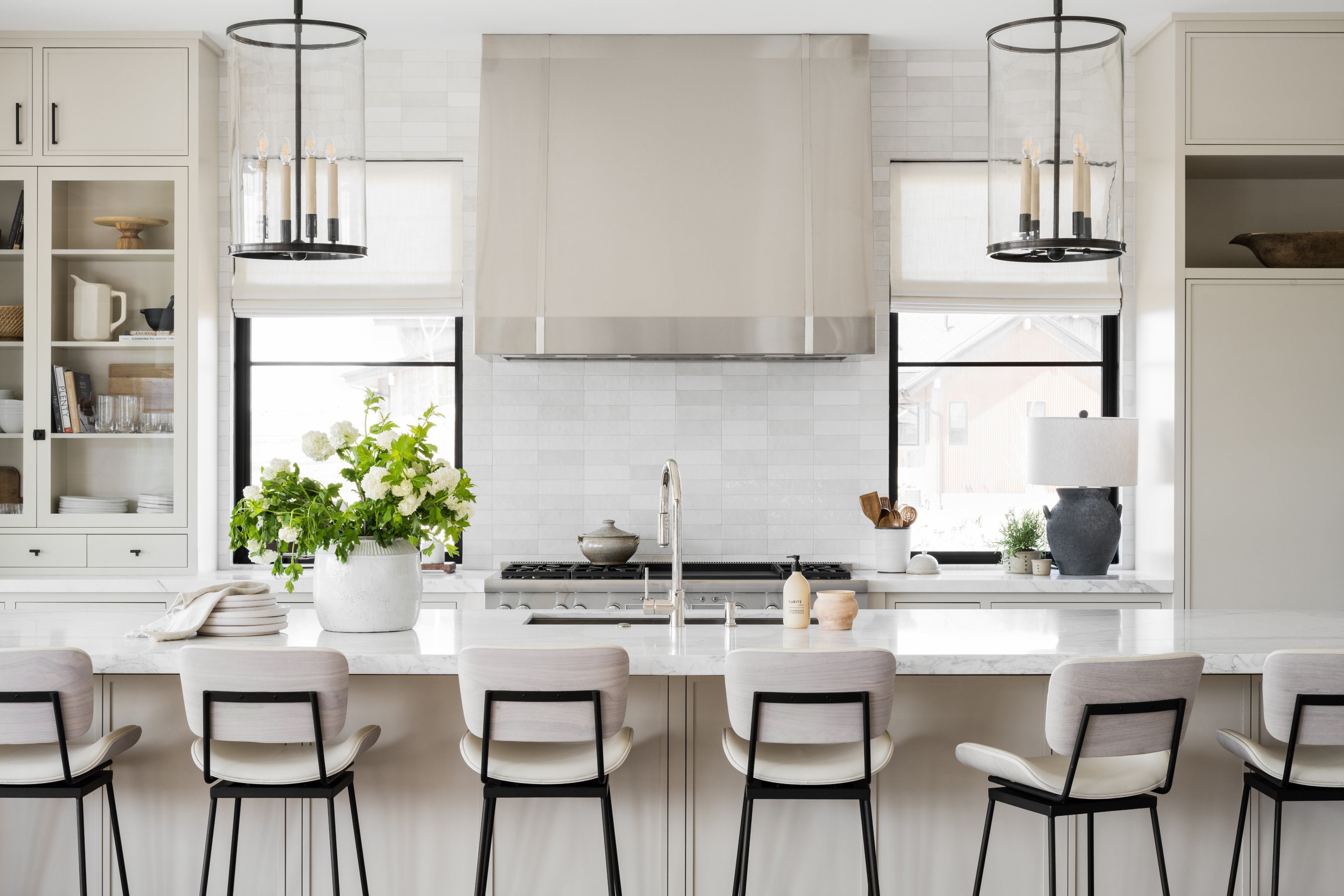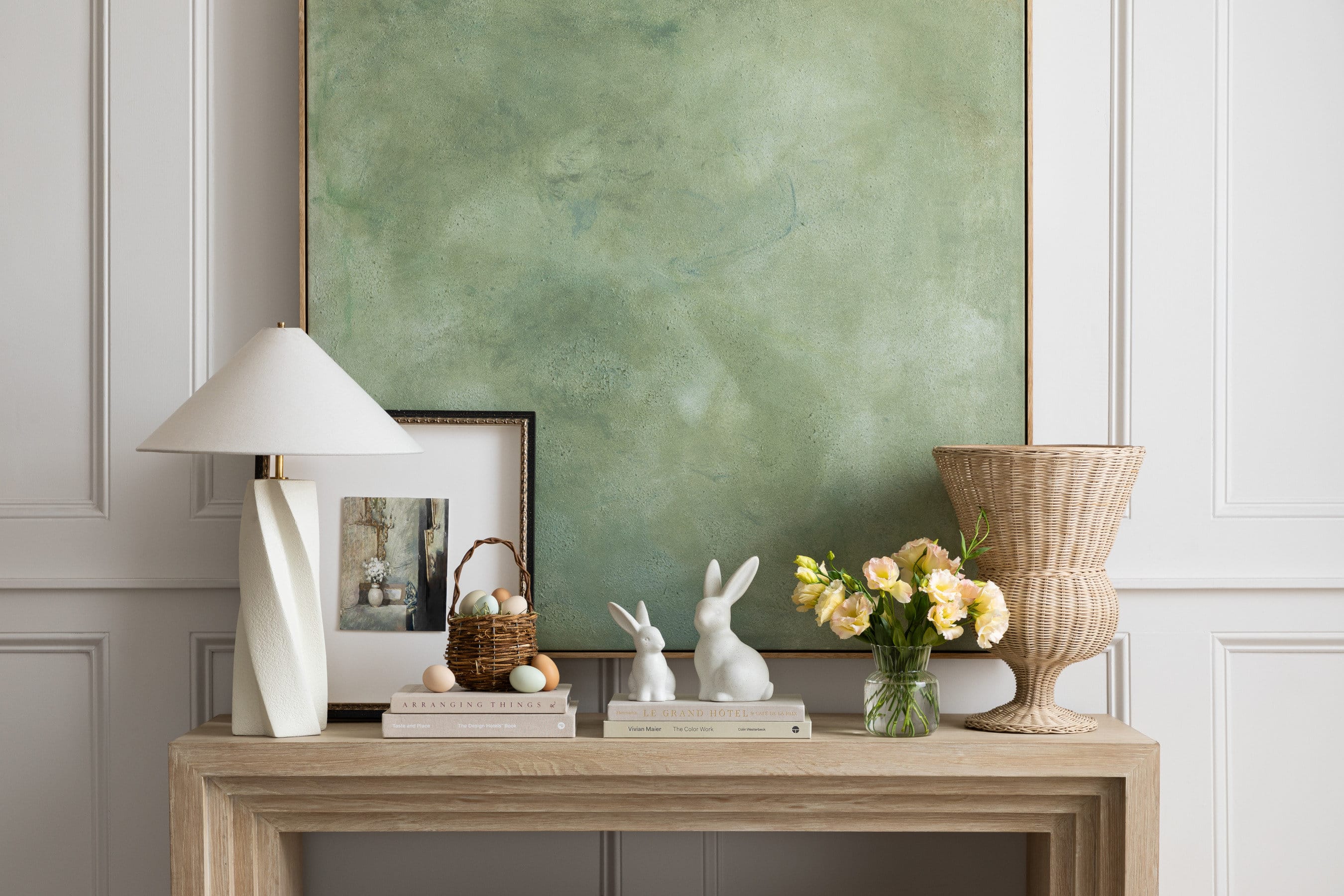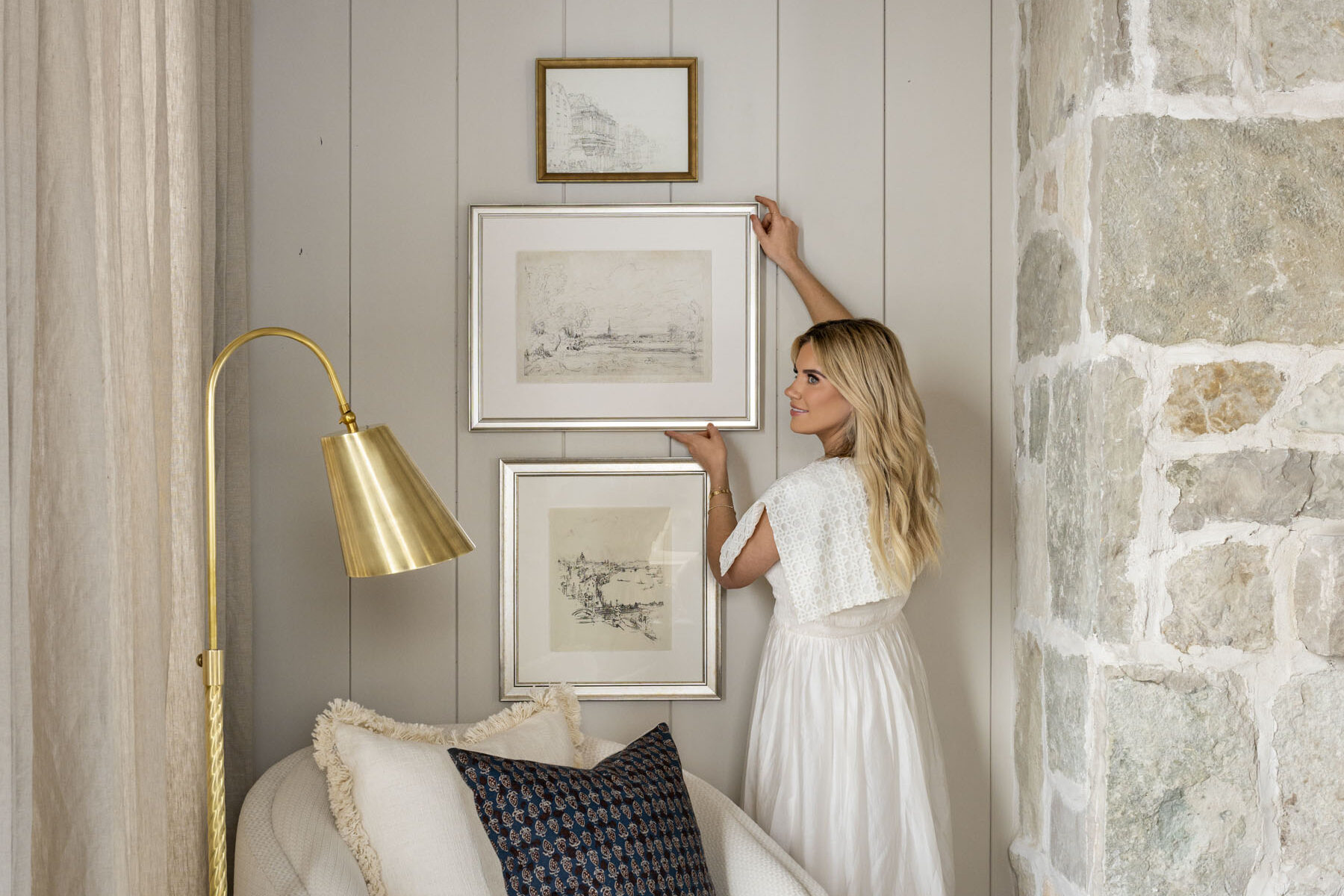
How to Hang Art
01 February –
How to Hang Art
Contents
Your walls should get just as much attention as your floor space and we’re here to help show you how. The good news is that there’s an opportunity for art just about anywhere you want in the home.
Hanging pictures can make each space in your home feel beautiful, polished, and personal. Artwork hanging in your entryway welcomes you and your guests into your home with a feeling of warmth, and provides an introduction to your unique style and the personalities of those that inhabit the home. Hanging artwork on large, open walls in the larger spaces of your home brings a sense of cohesion. Even in the smallest corners, the smallest of frames, and on styled shelves tucked behind objects, artwork has a place.
We believe that the process of choosing and hanging artwork should be fun and stress free, and above all, a personal project that designates who lives in the home and what their style is. It’s a lot like you’re running your own personal home gallery.
So what’s the best way to hang pictures? The main thing to keep in mind is that it doesn’t have to be a scary endeavor. Hanging art in your home can feel incredibly daunting. There’s so much to consider with each piece—from finding the right height to hang artwork above a console or a sofa to creating a gallery wall in a long hallway, we like to follow a few guidelines. Here are three of our favorite tips and tricks for hanging art in your home.
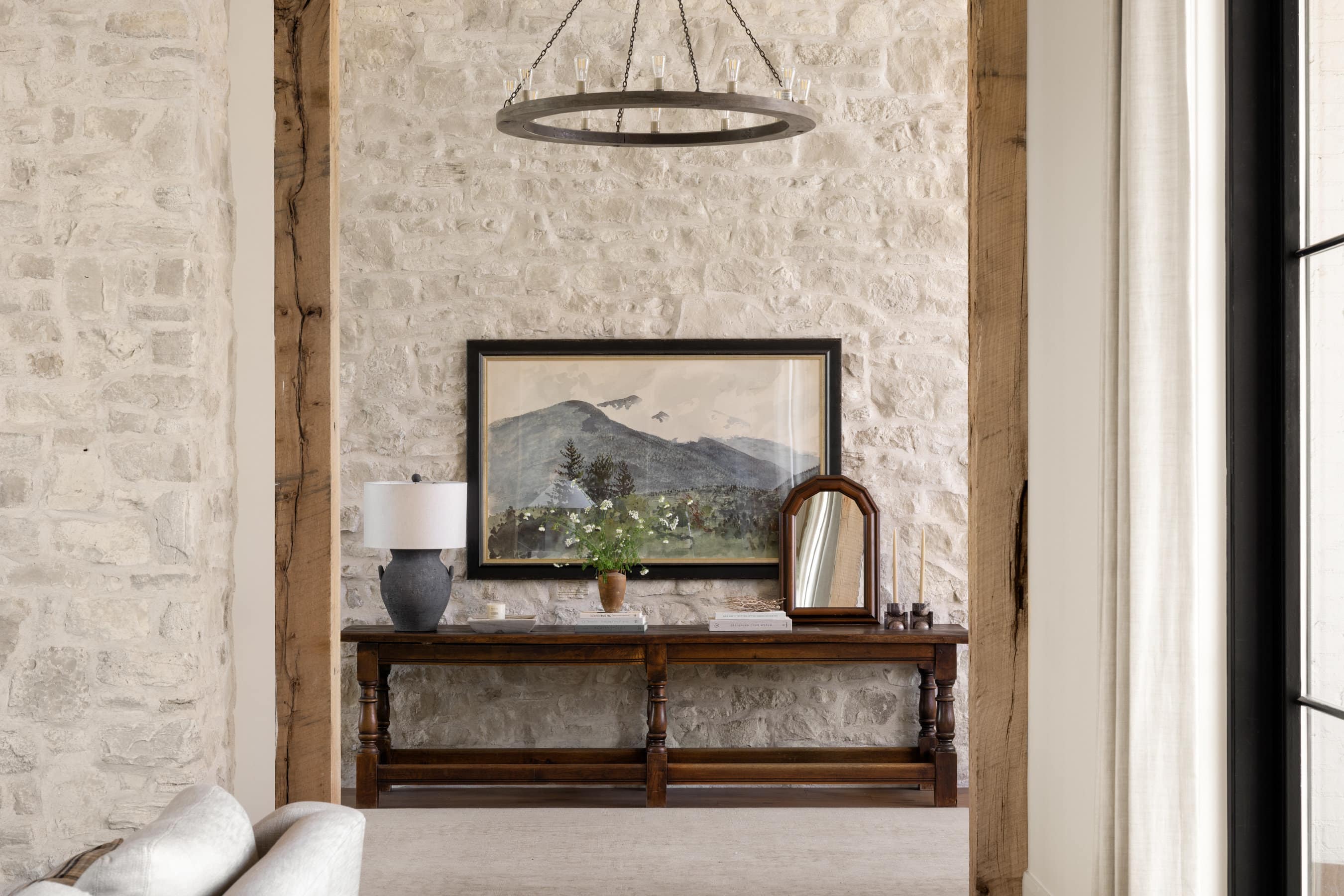
01
A Single Piece
As a general rule, when you’re styling a single piece of art on an open wall—or a few pieces horizontally—hang the art so that the center of the piece is 60 inches from the floor. We follow this rule because it places the art roughly at the height of your eyeline. If you go to an art gallery, you’ll find this rule of thumb applied uniformly.
We also love styling one large piece over a console table. Hang the piece so it is just a few inches above the surface of the console to roughly adhere to the previous art height principles. It also gives you room to style objects on the table without interfering with the impact of the art piece.
Here’s a bonus tip: find ways to use picture lights. A picture light can be used with any piece, whether it is significant to the room or sentimental to you. The light adds charm and layers of depth, giving a designer feel and showcasing the artwork. Don’t have the time or budget to get them hardwired? Not a problem. Look for battery-operated picture lights. They provide the same drama without the price tag.
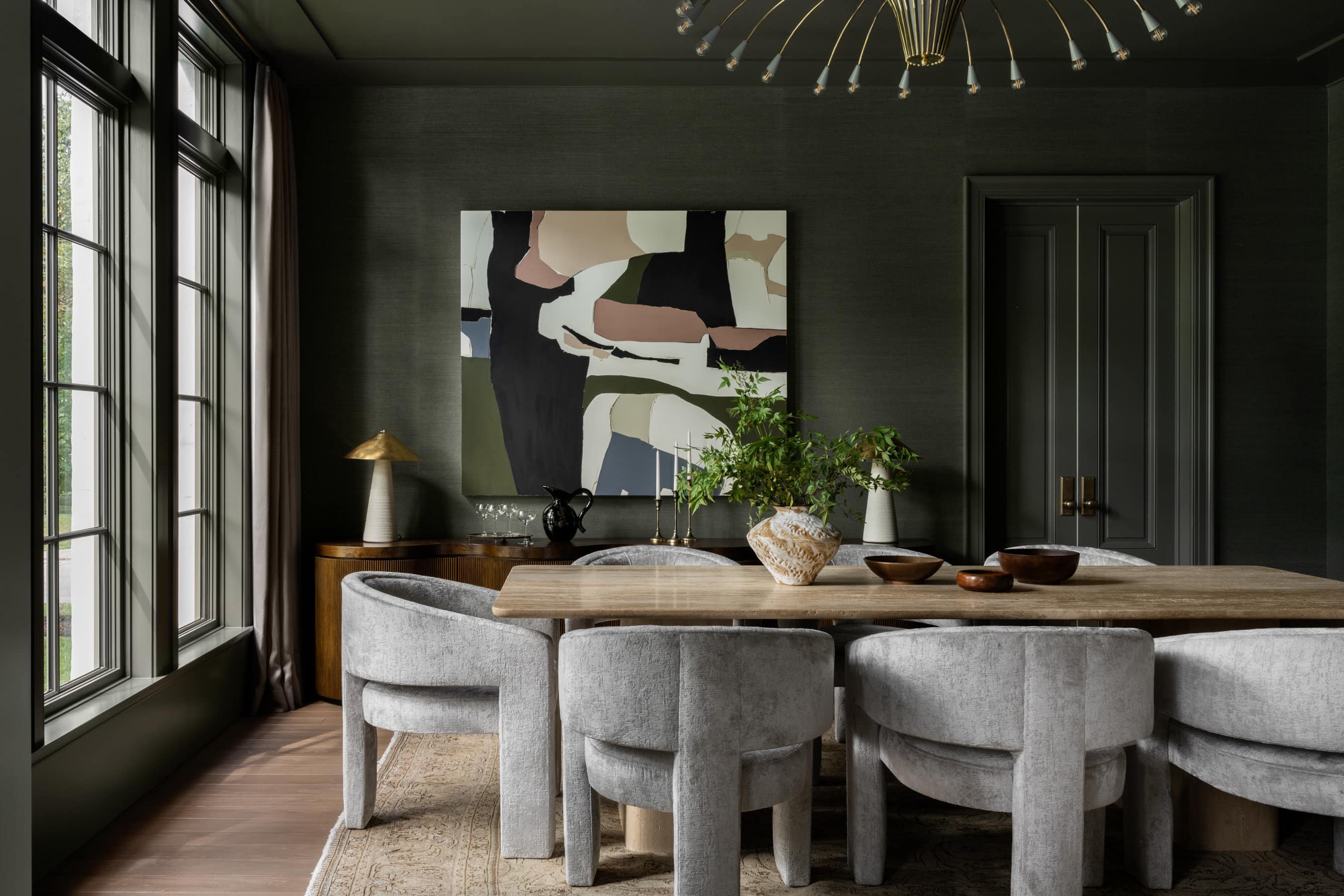
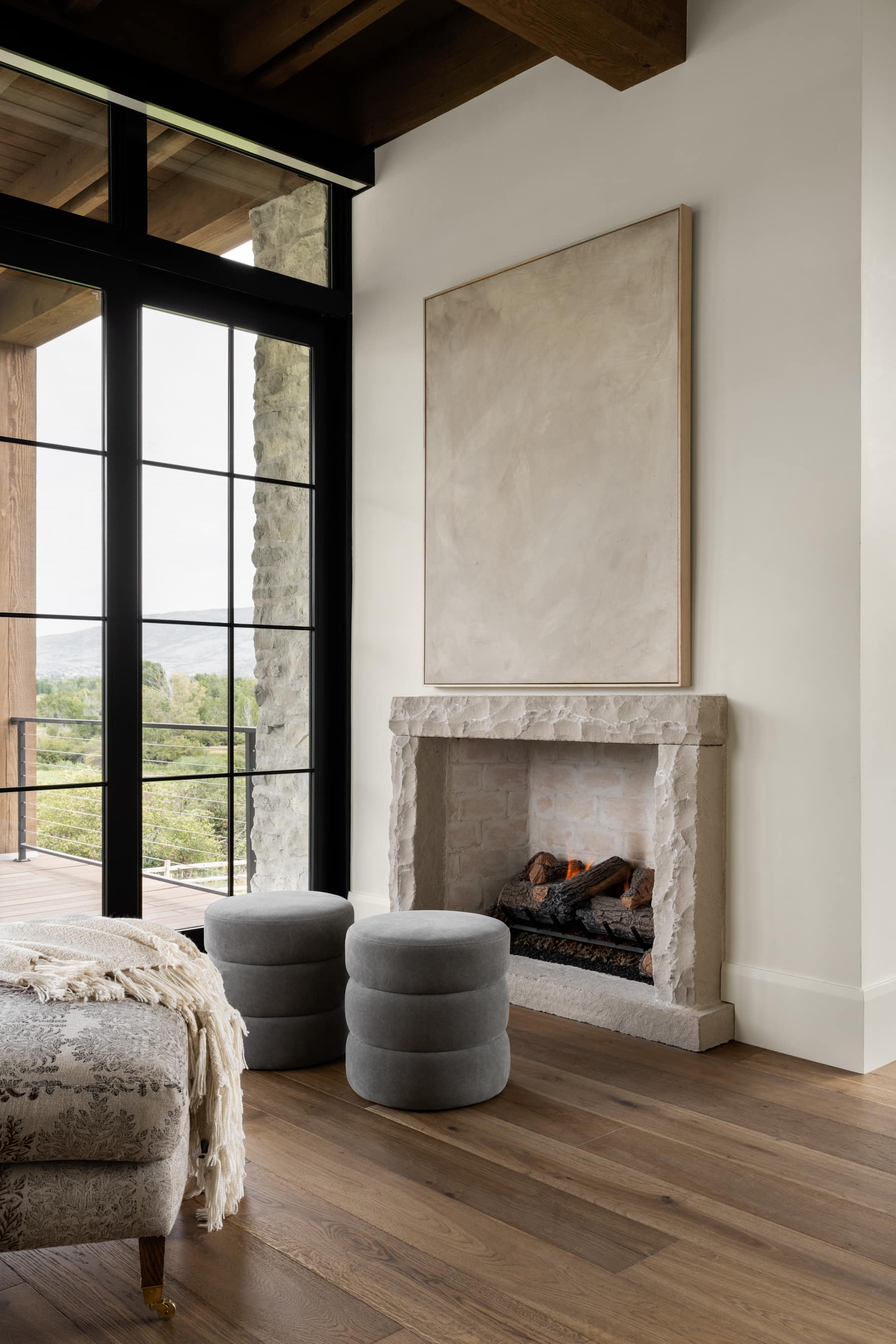
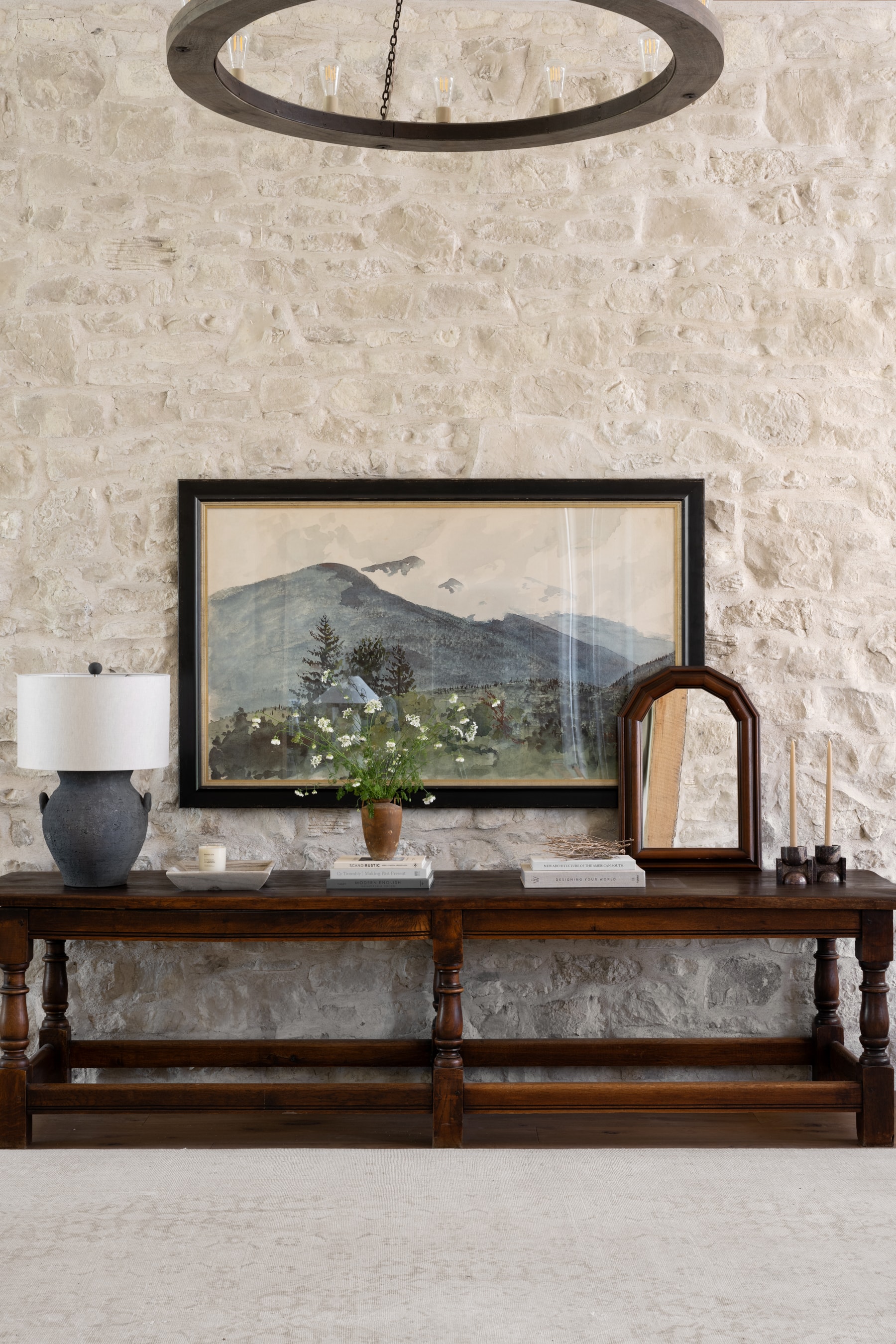
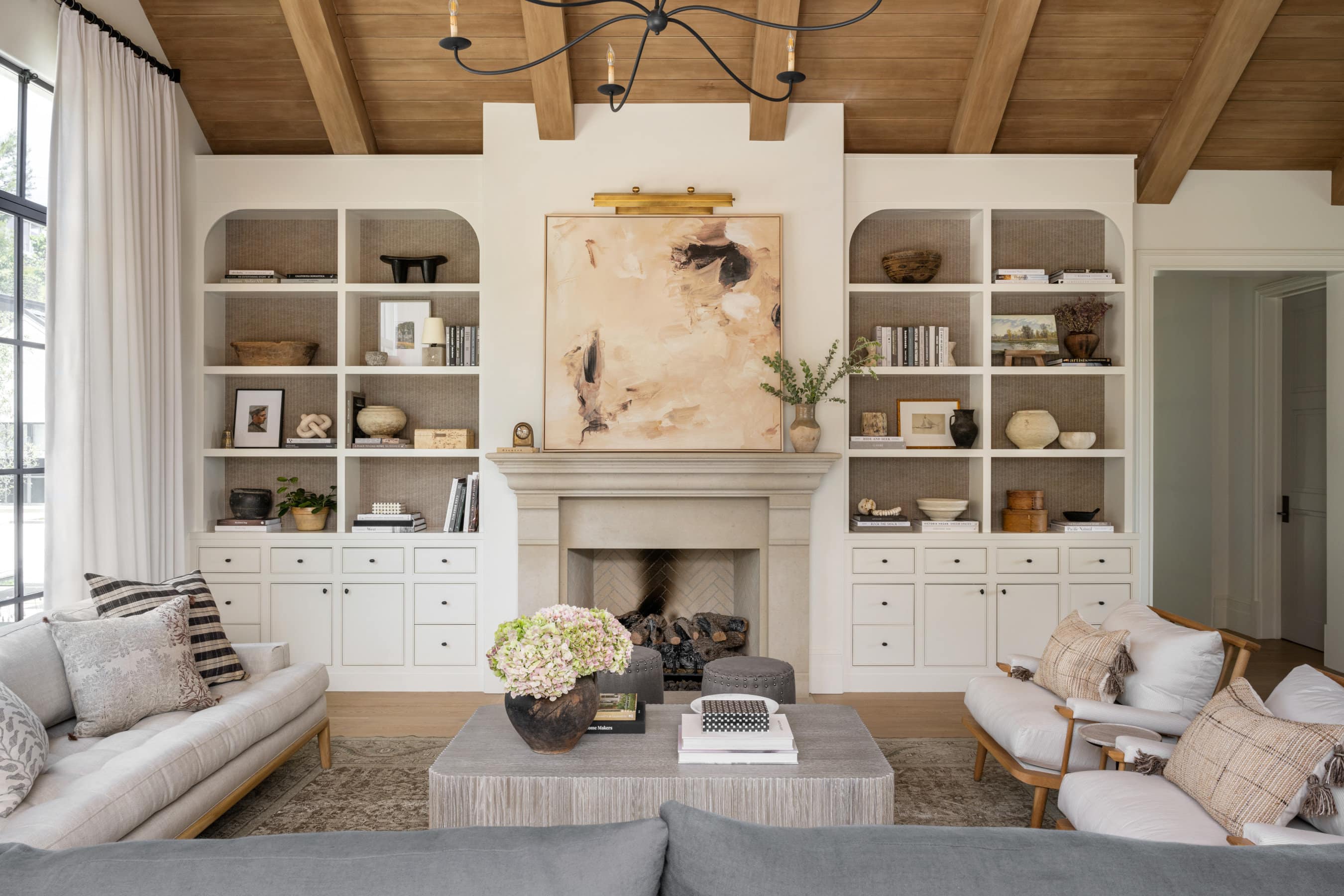
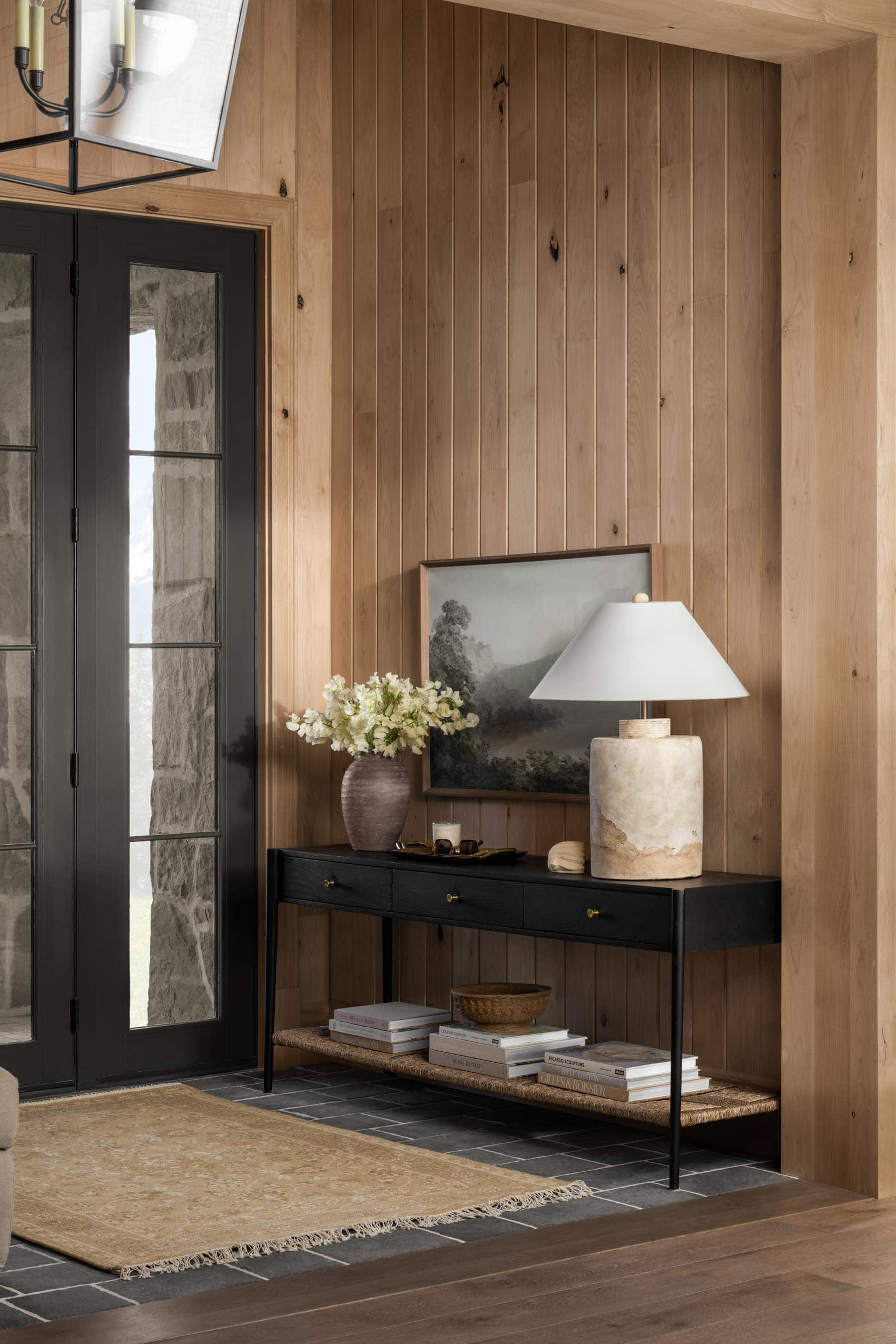
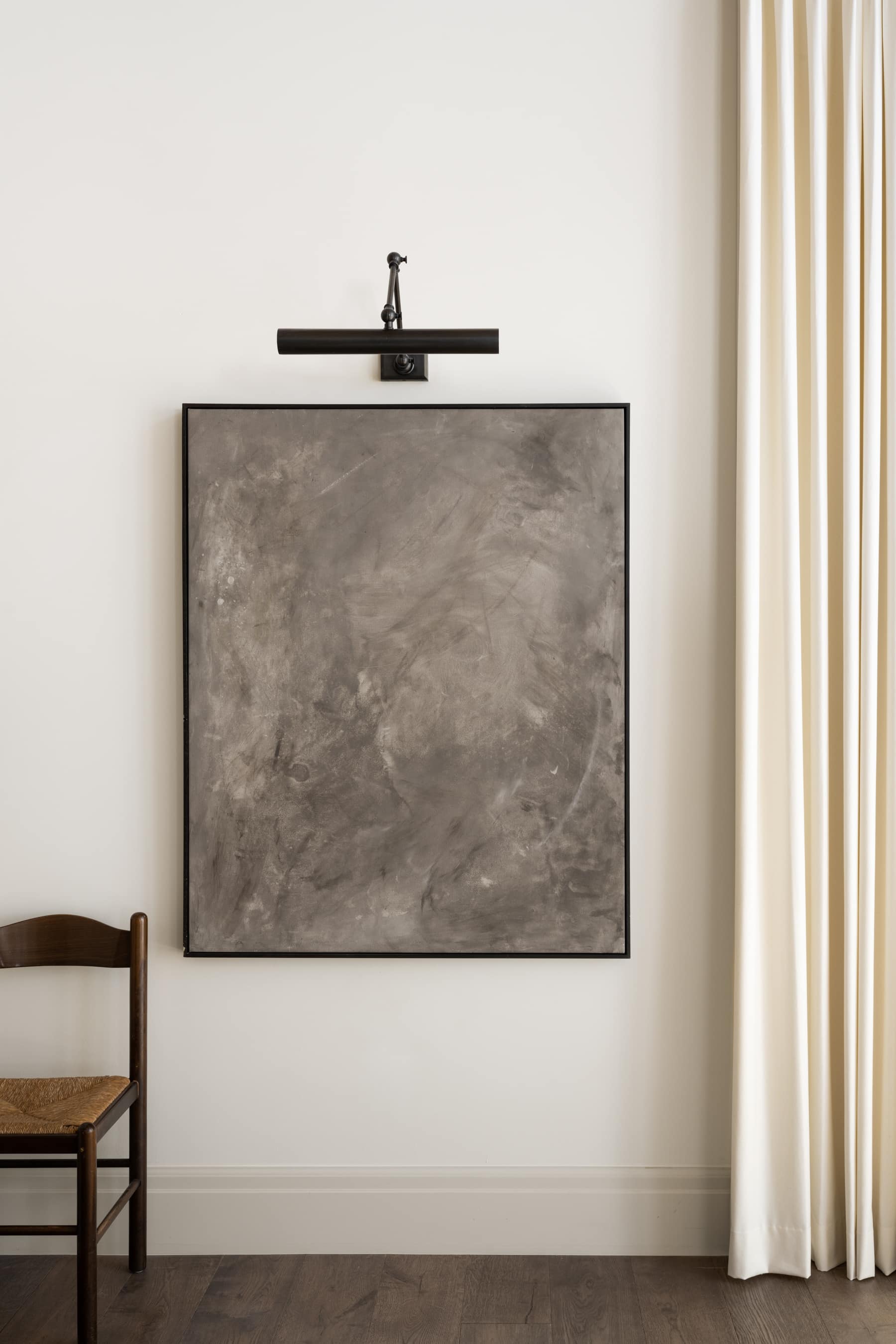
02
A Gallery Wall
The principles for creating a beautifully composed gallery wall depend on the look you’re going for. If you want an eclectic look, you can be a bit more inclusive with styles, sizes, and frame shapes and finishes. Pay attention to the different mediums. You can bring many types of art together—sketches, photos, paintings, textural, and decorative—but make sure there is intention and balance to the grouping and there isn’t one random type of medium mixed in with a grouping that’s all the same.
If you want a more streamlined look, pair pieces with similar frames, mats, or mediums together. Just make sure there is one element of each piece that is uniform. For example, style travel photos together or gold-finished rectangular wood frames together or black-and-white photographs.
For spacing, keep a couple inches between each piece and place the center of the gallery grouping roughly 60 inches from the floor. It’s extremely helpful to lay out your pieces on the floor beforehand to decide on each piece’s position before hanging, or to draw it on a piece of paper. You can use painter’s tape to create a template for yourself on the wall, as well. Whatever method works best for you, you’ll find it’s extremely helpful to have a plan before putting any holes in the wall.
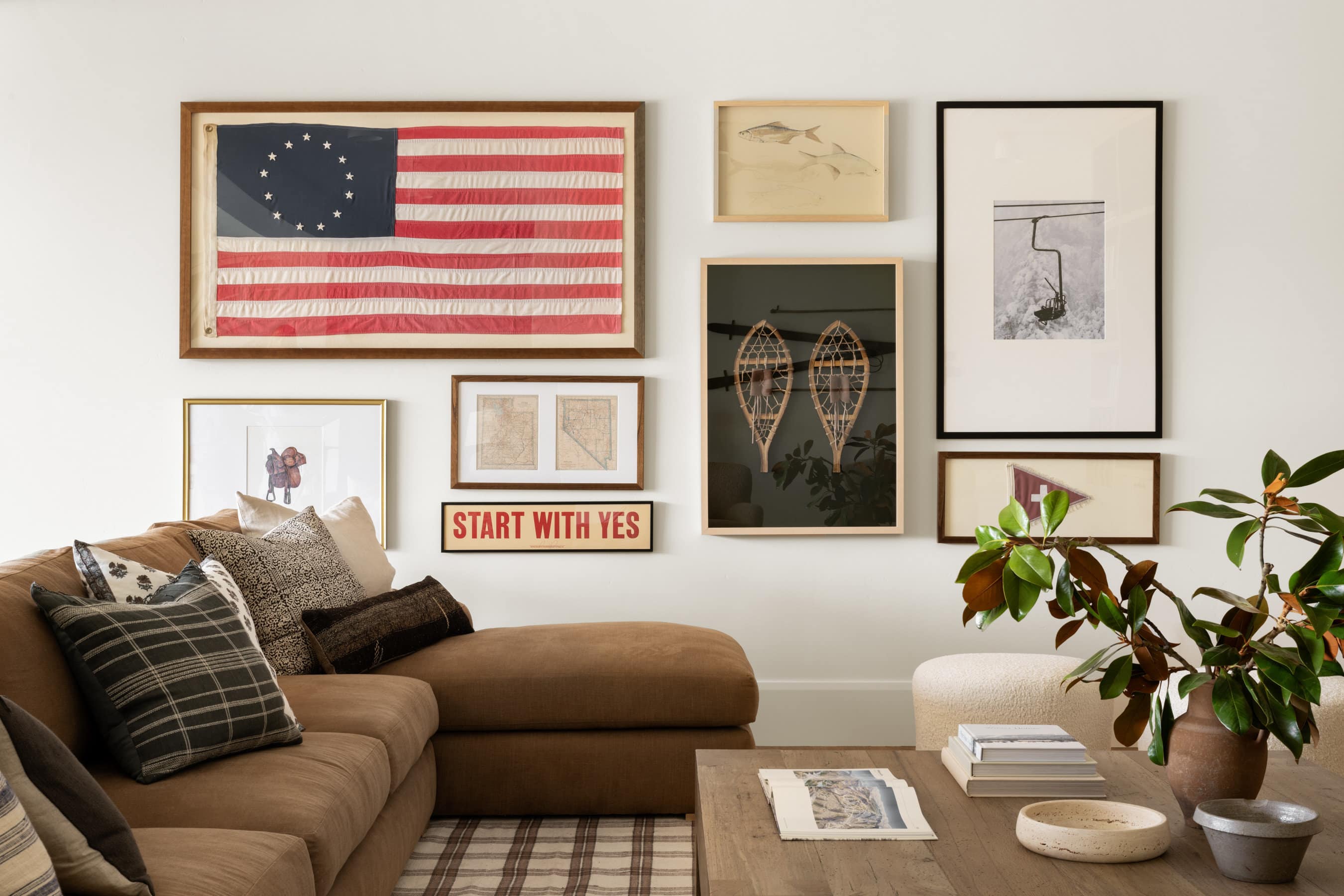
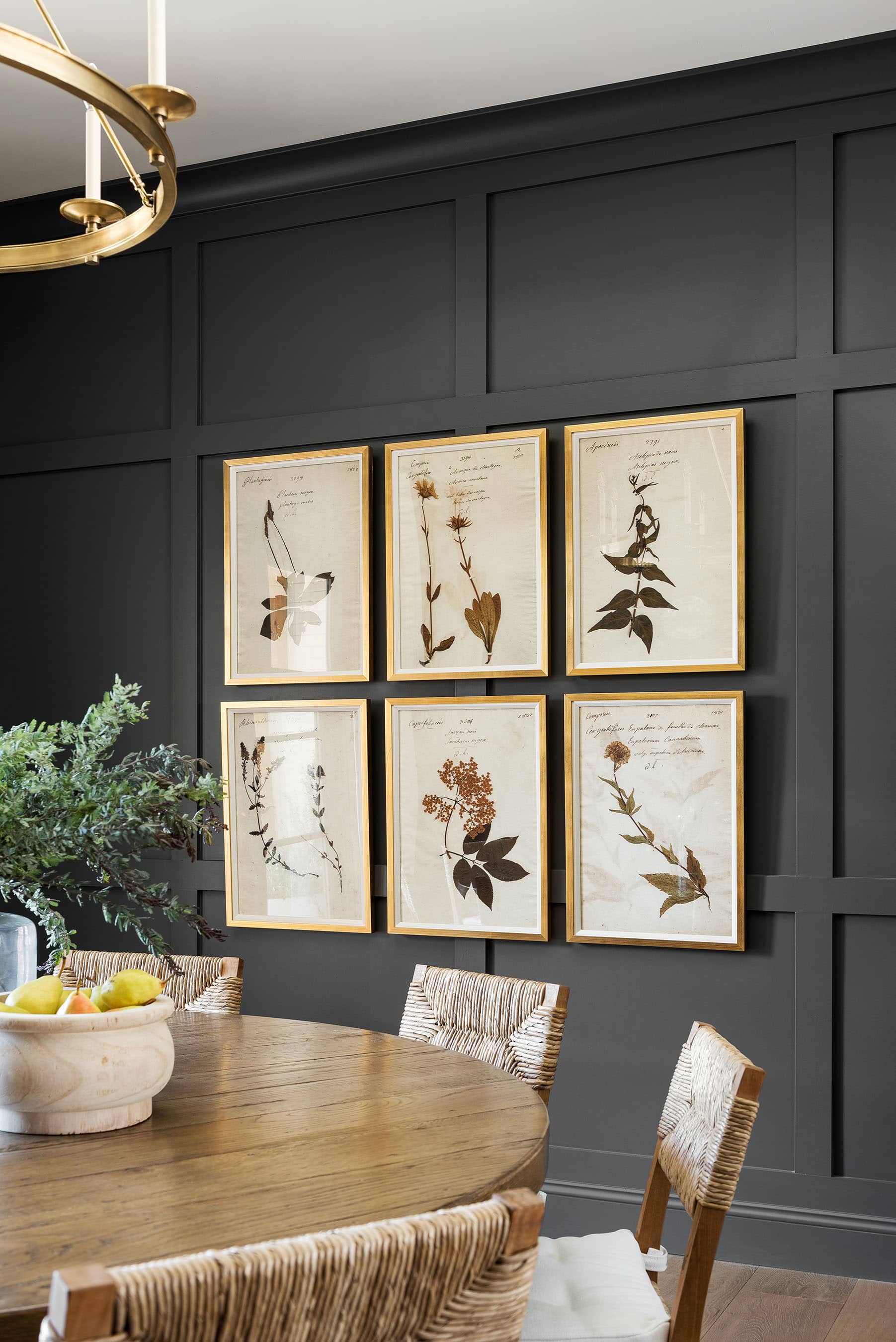
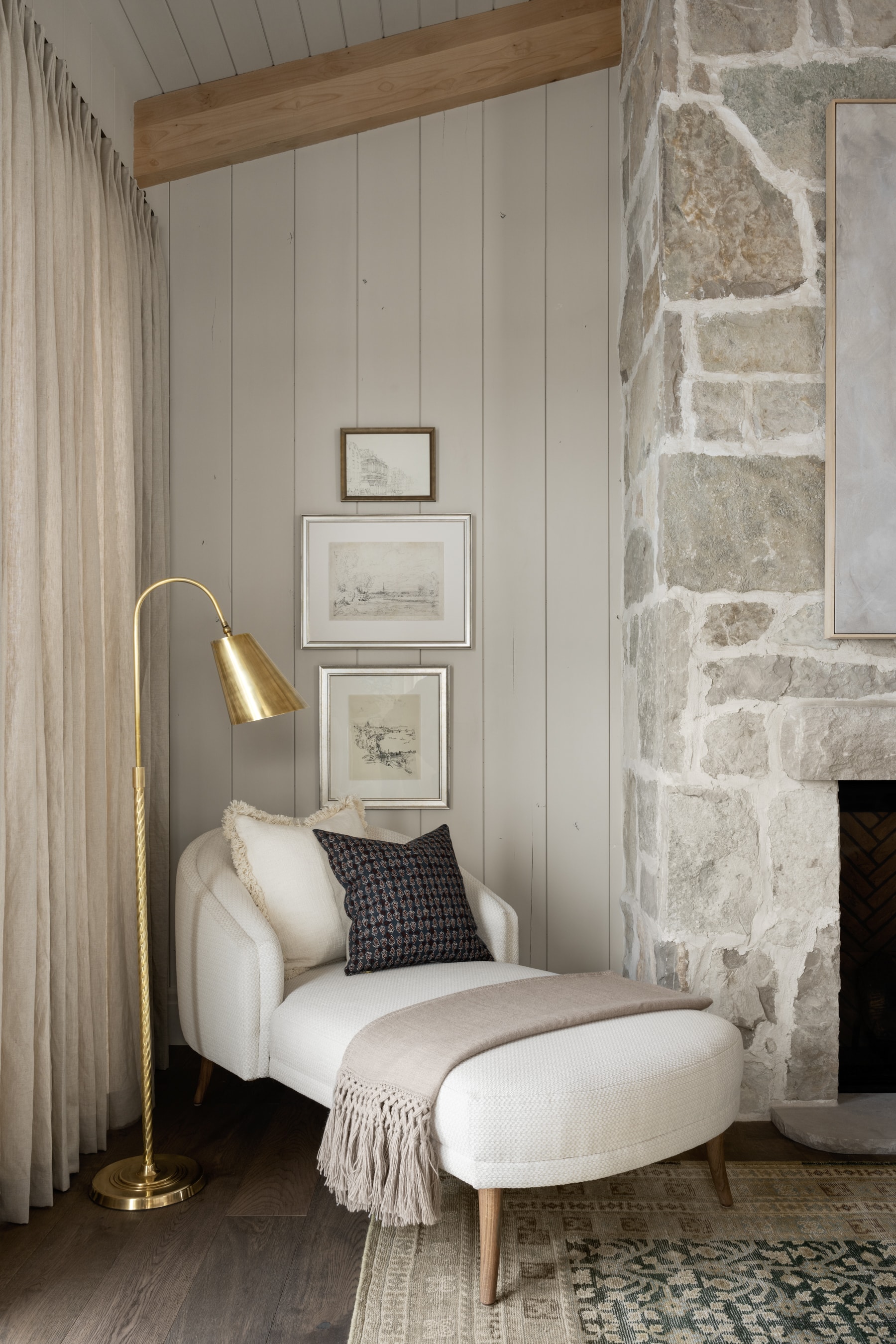
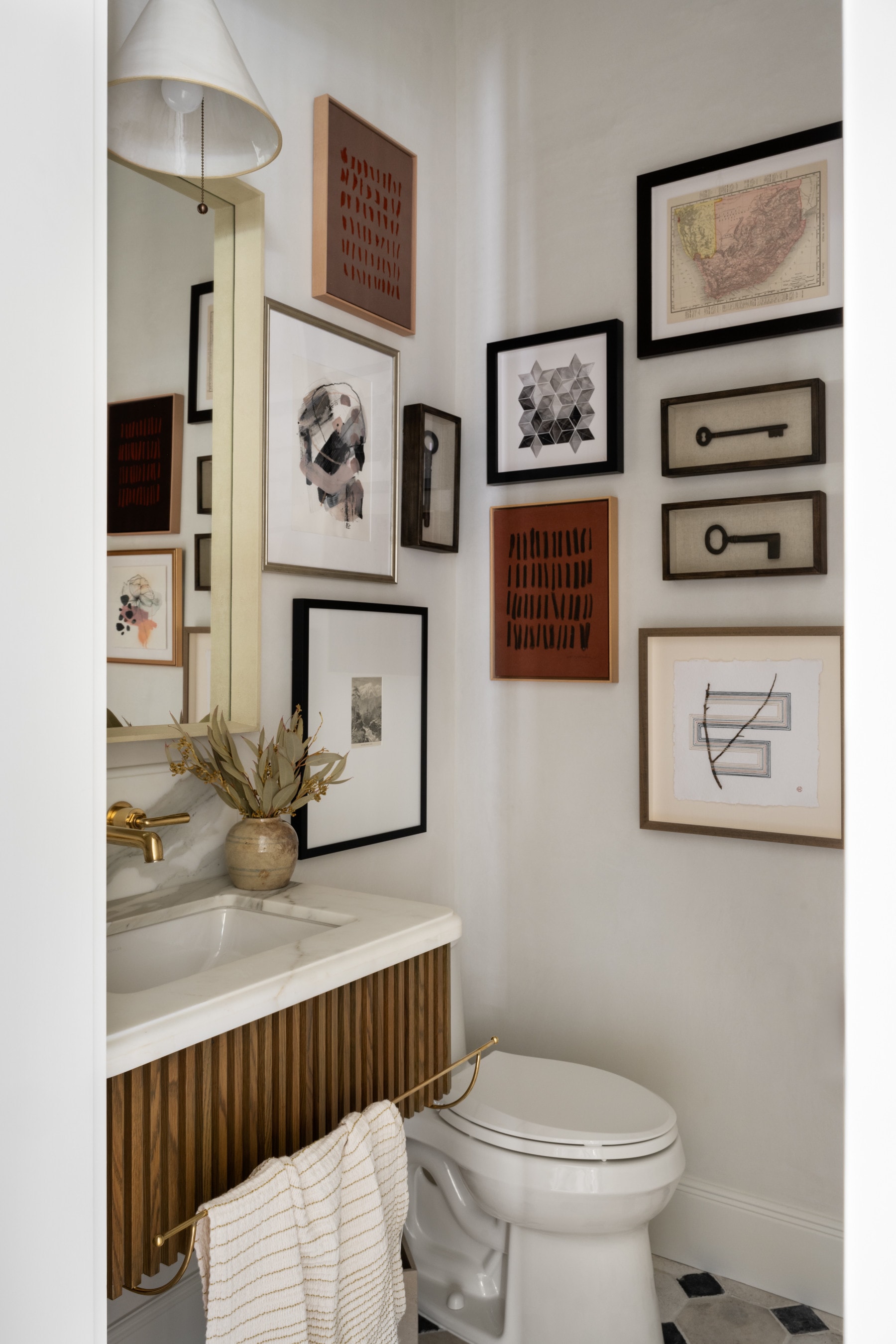
03
Layered and Leaned
Our third tip for hanging artwork is that you don’t always have to hang artwork. Let us explain. Art can add depth and texture or even tell a story anywhere you place it. For example, we love the look of layering artwork with a mirror on a console, whether it is leaning against the wall or propped up with a stand on top of a little pedestal. This can give a more eclectic, layered look. And there are no rules here. Feel free to hang a smaller piece on the wall beside it. We also love leaning a small piece of art in a built-in shelf, on top of a dresser, or on the kitchen counter in a sweet styled vignette. Think of framed artwork as another object and utilize it accordingly.
